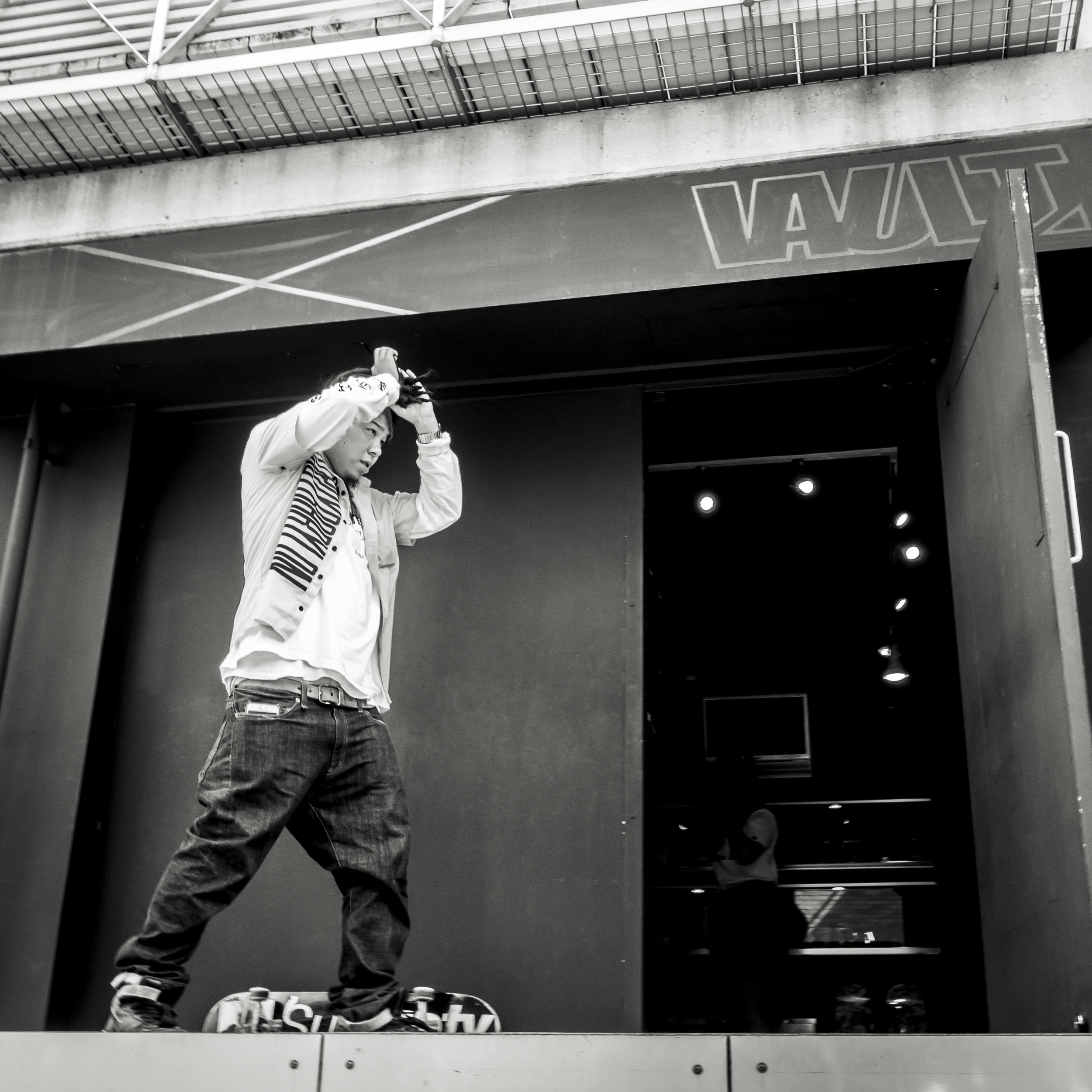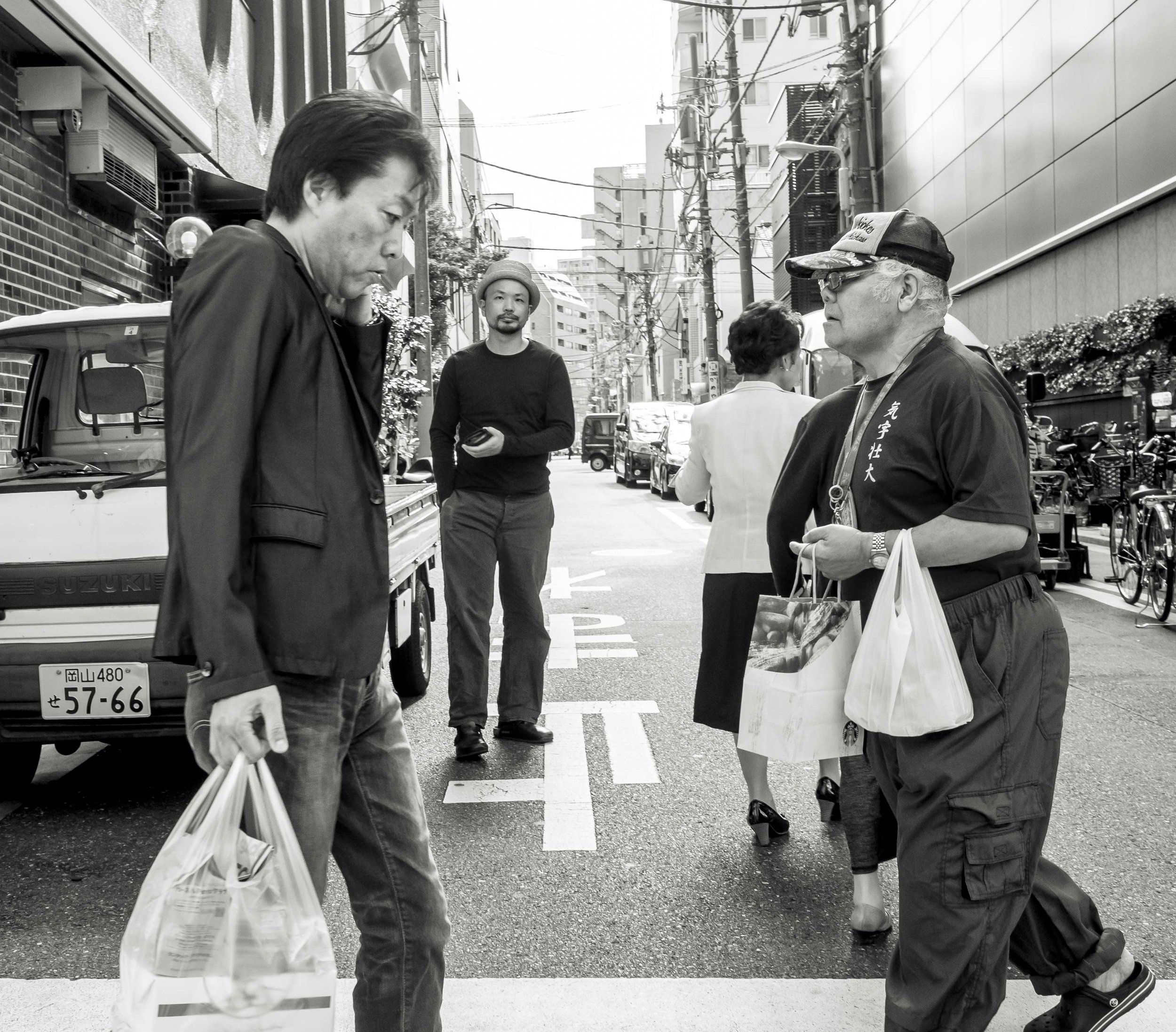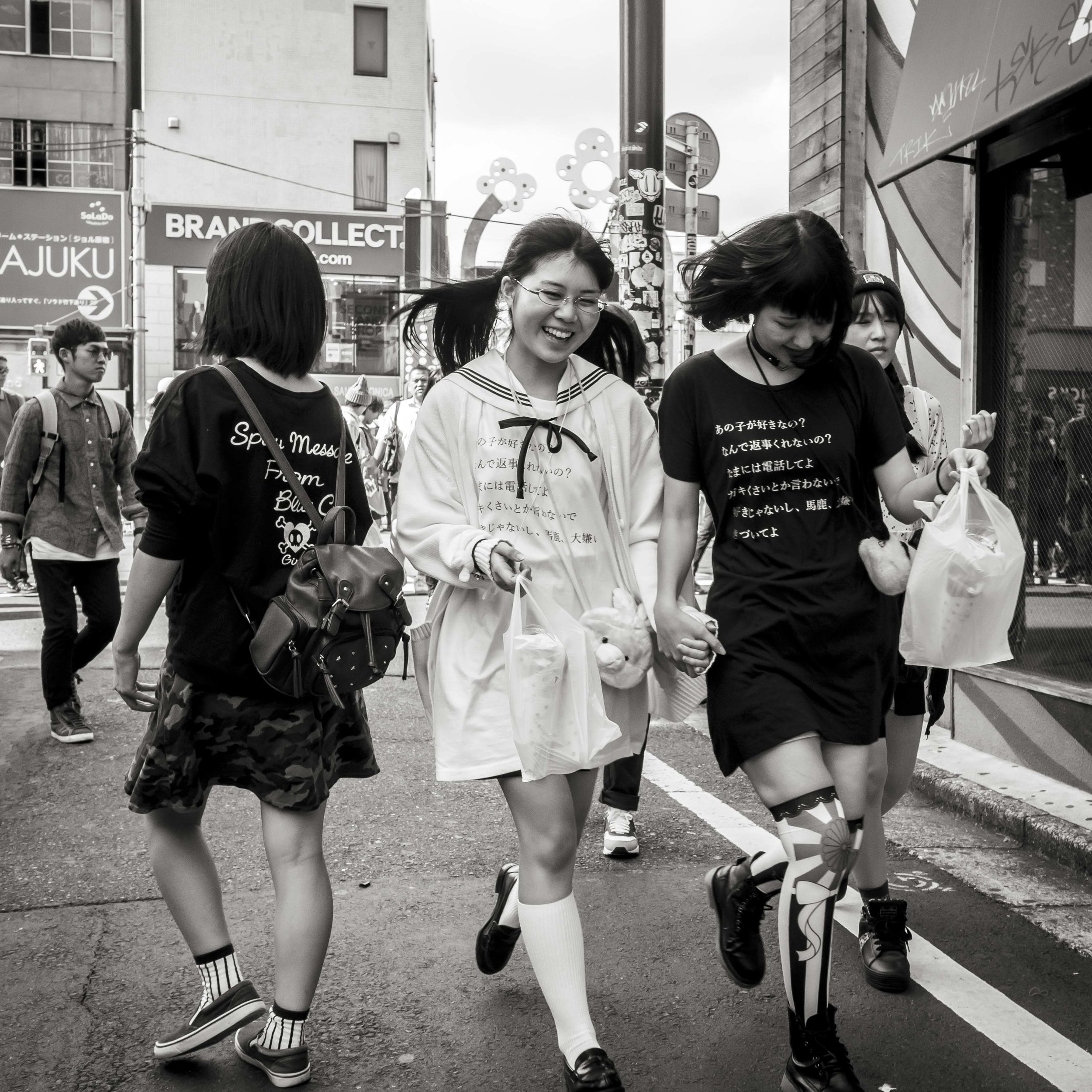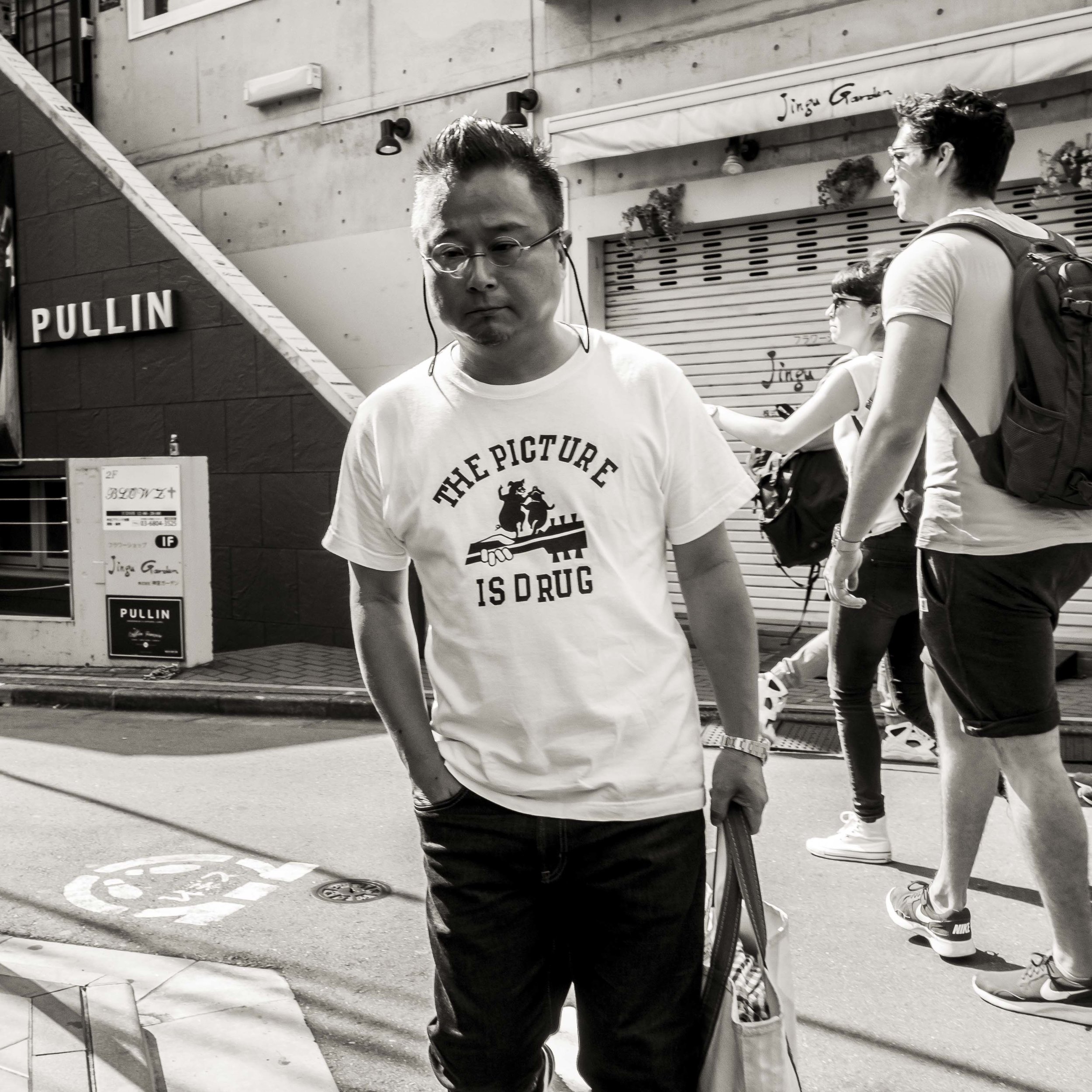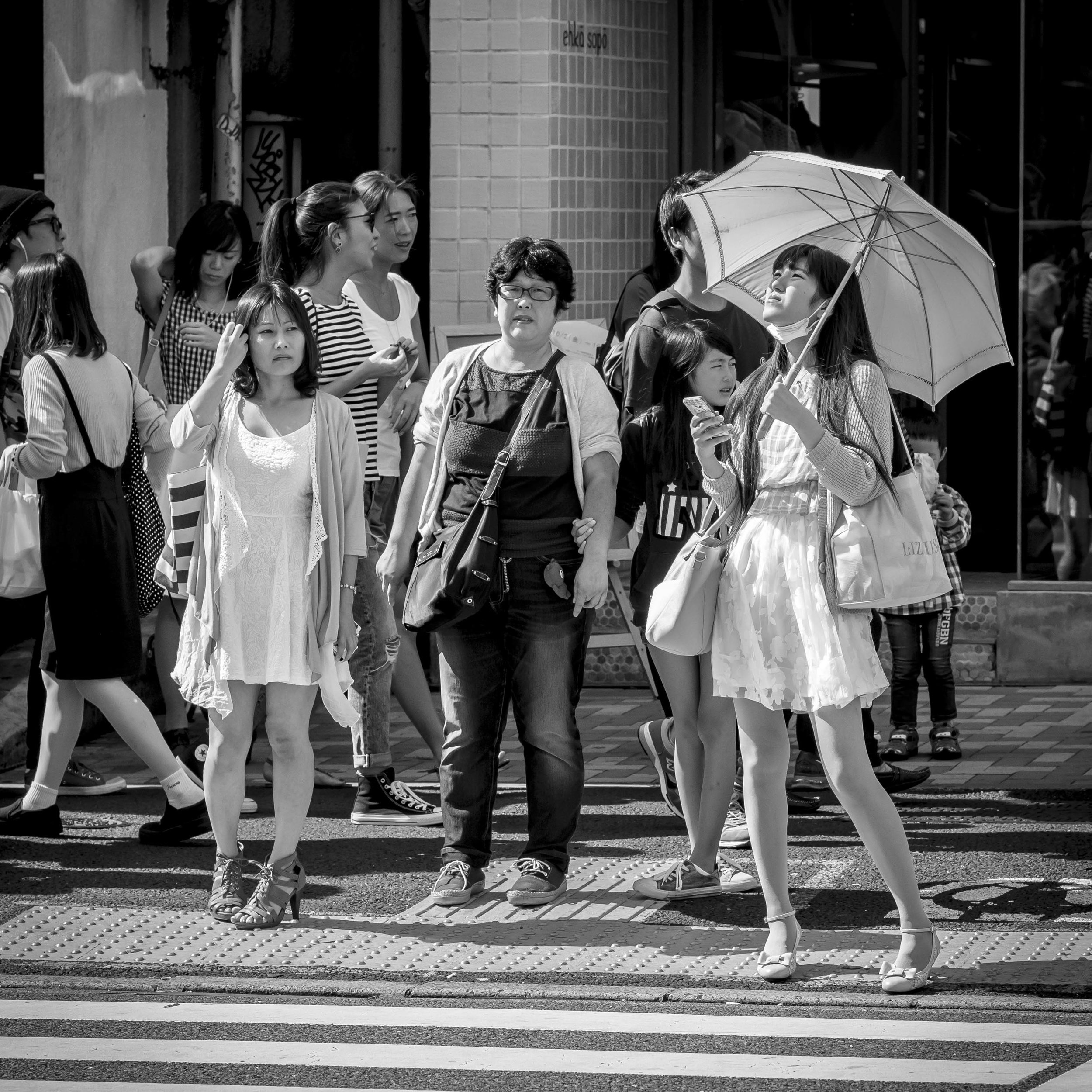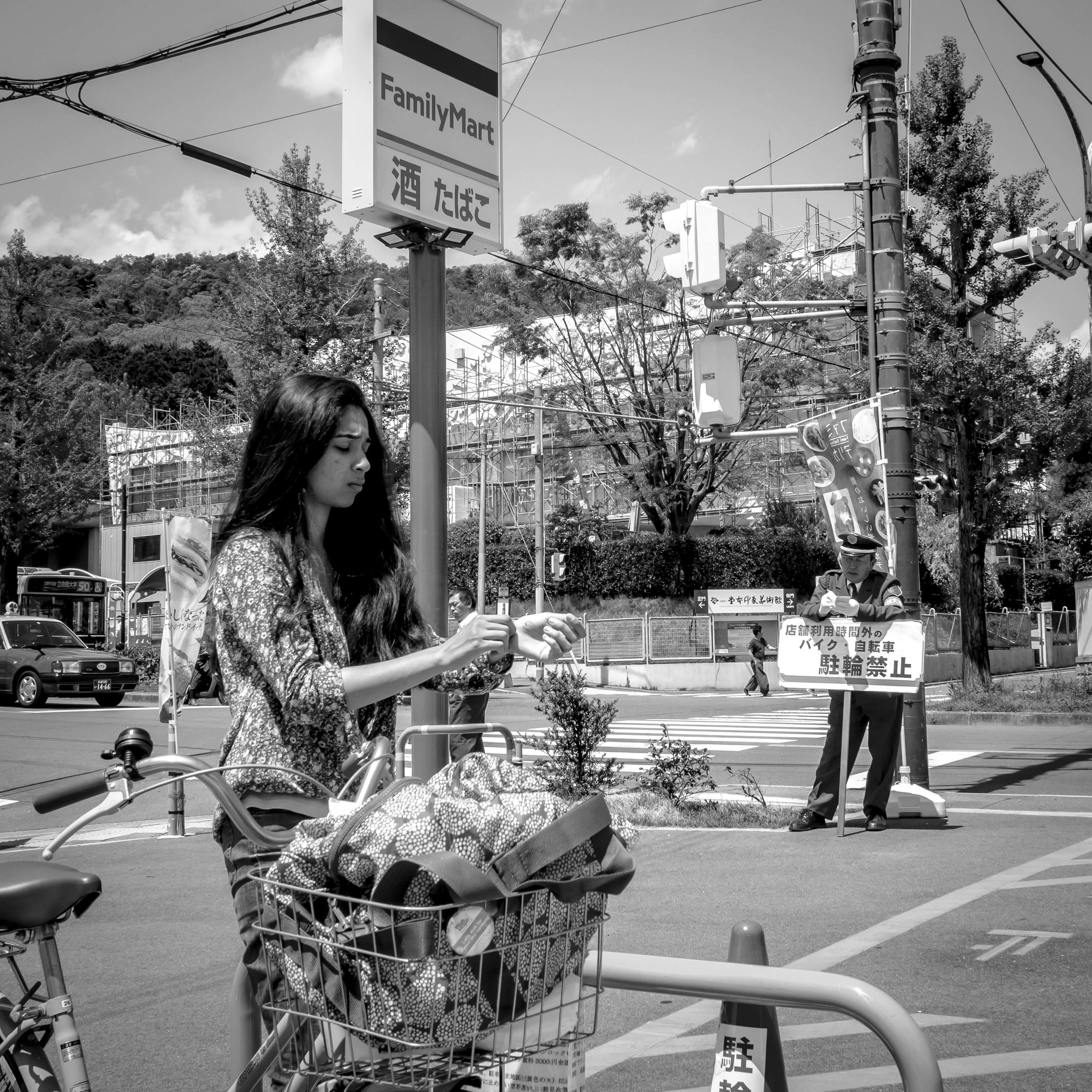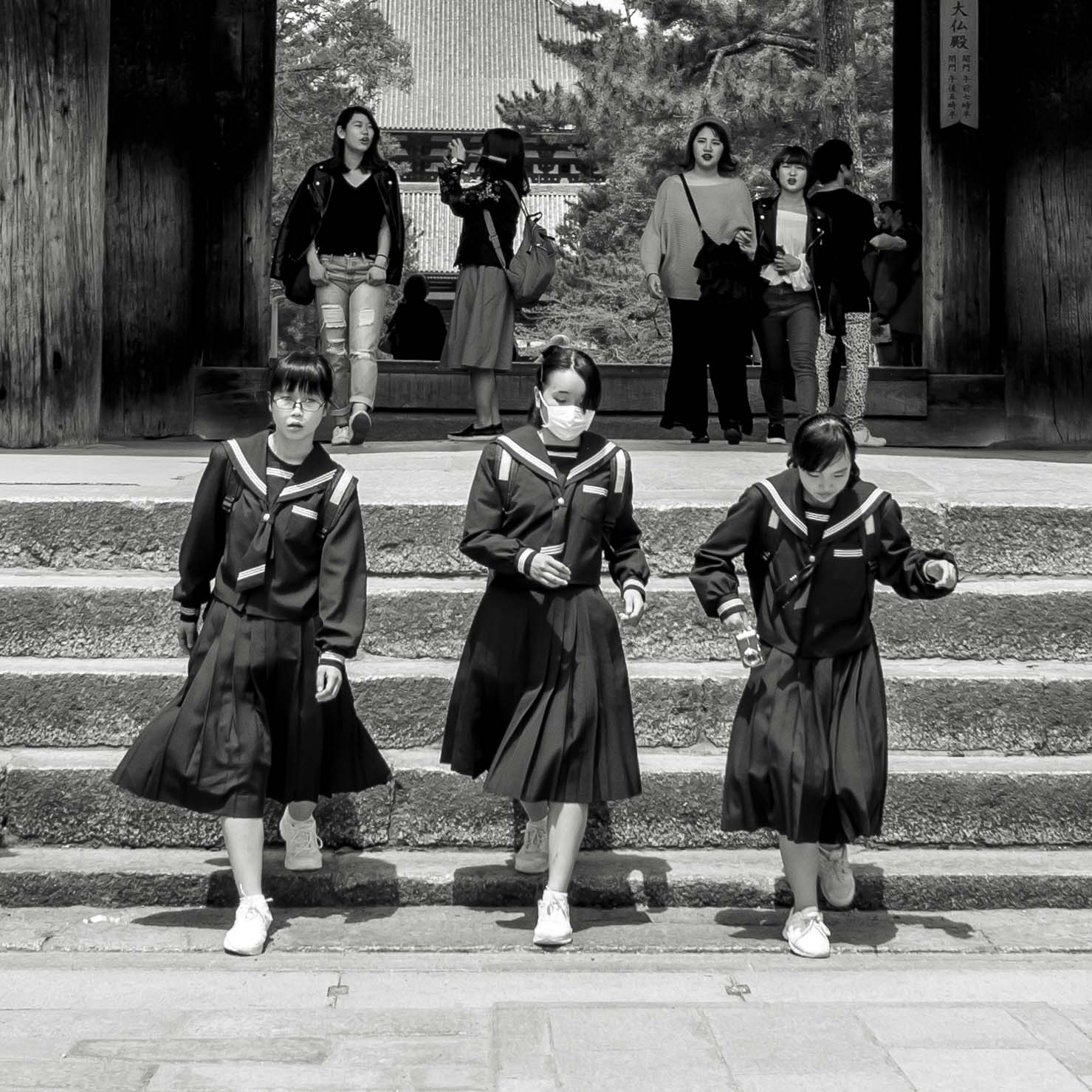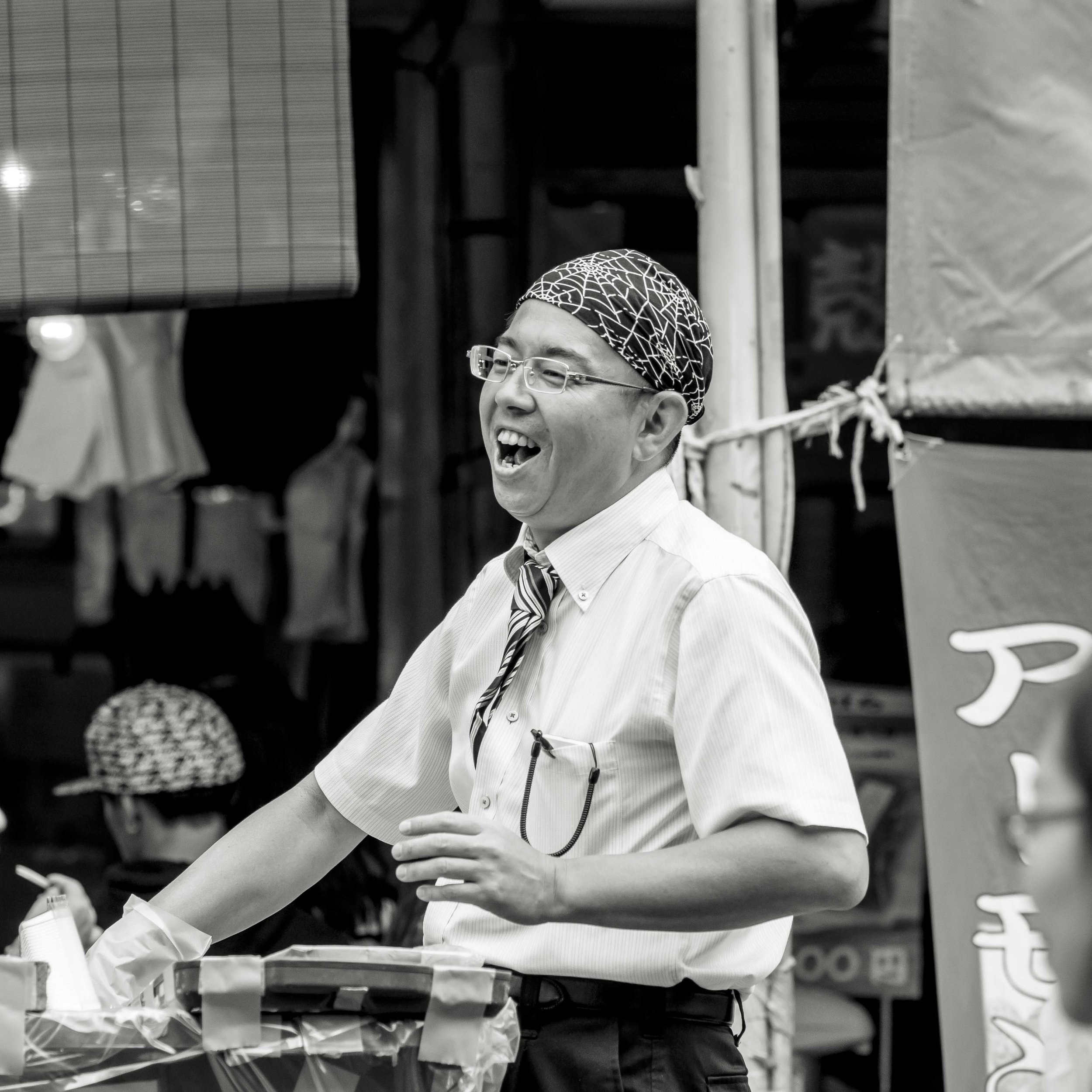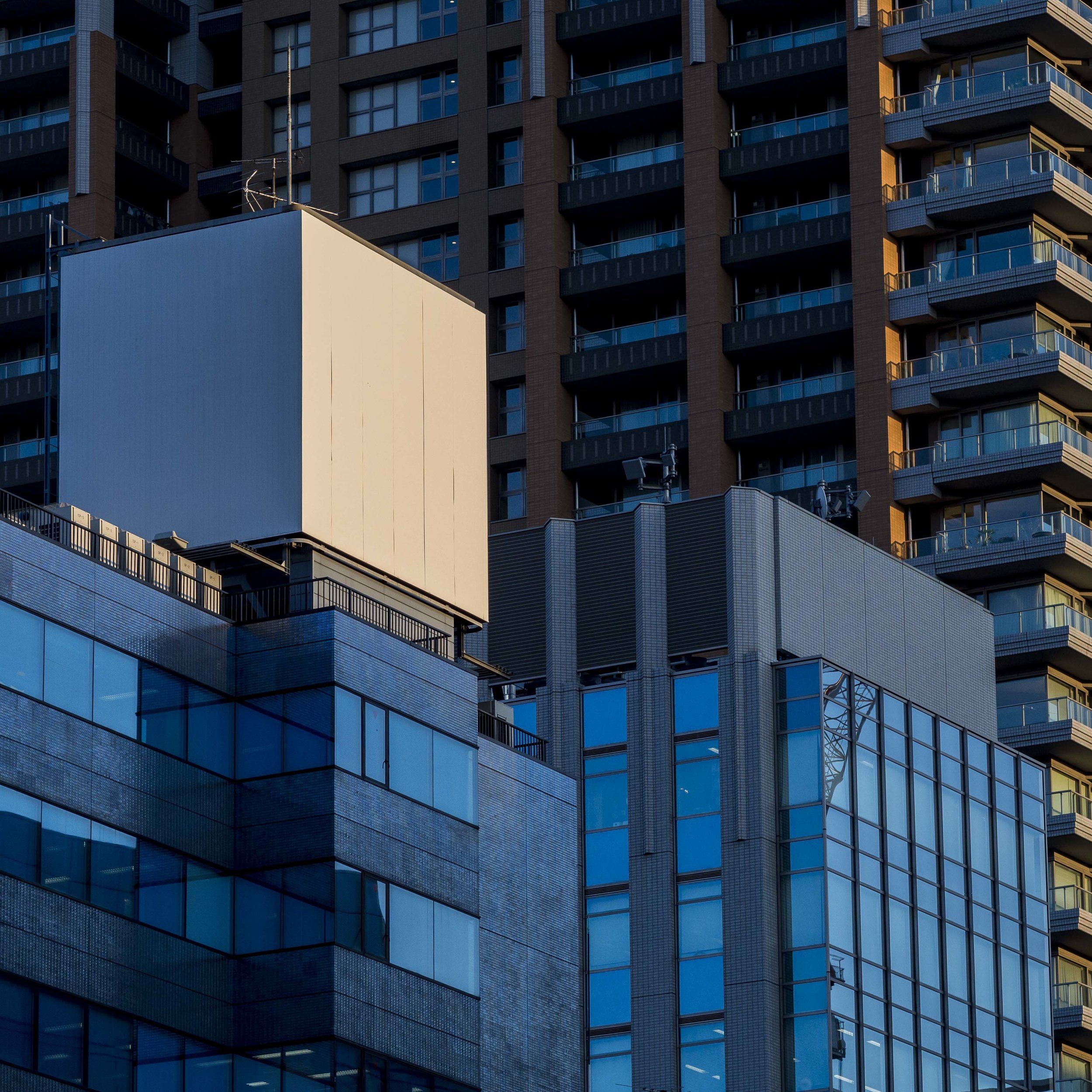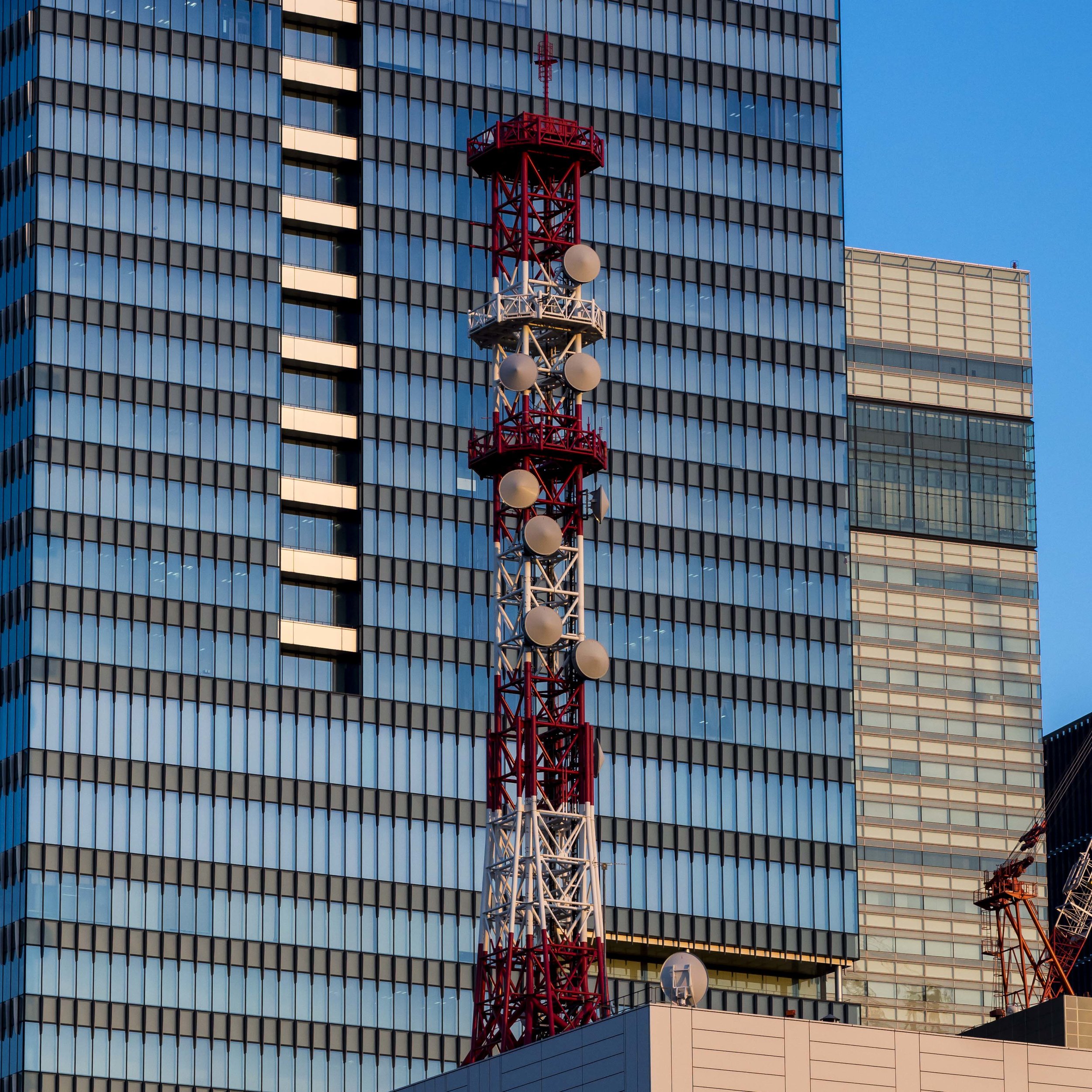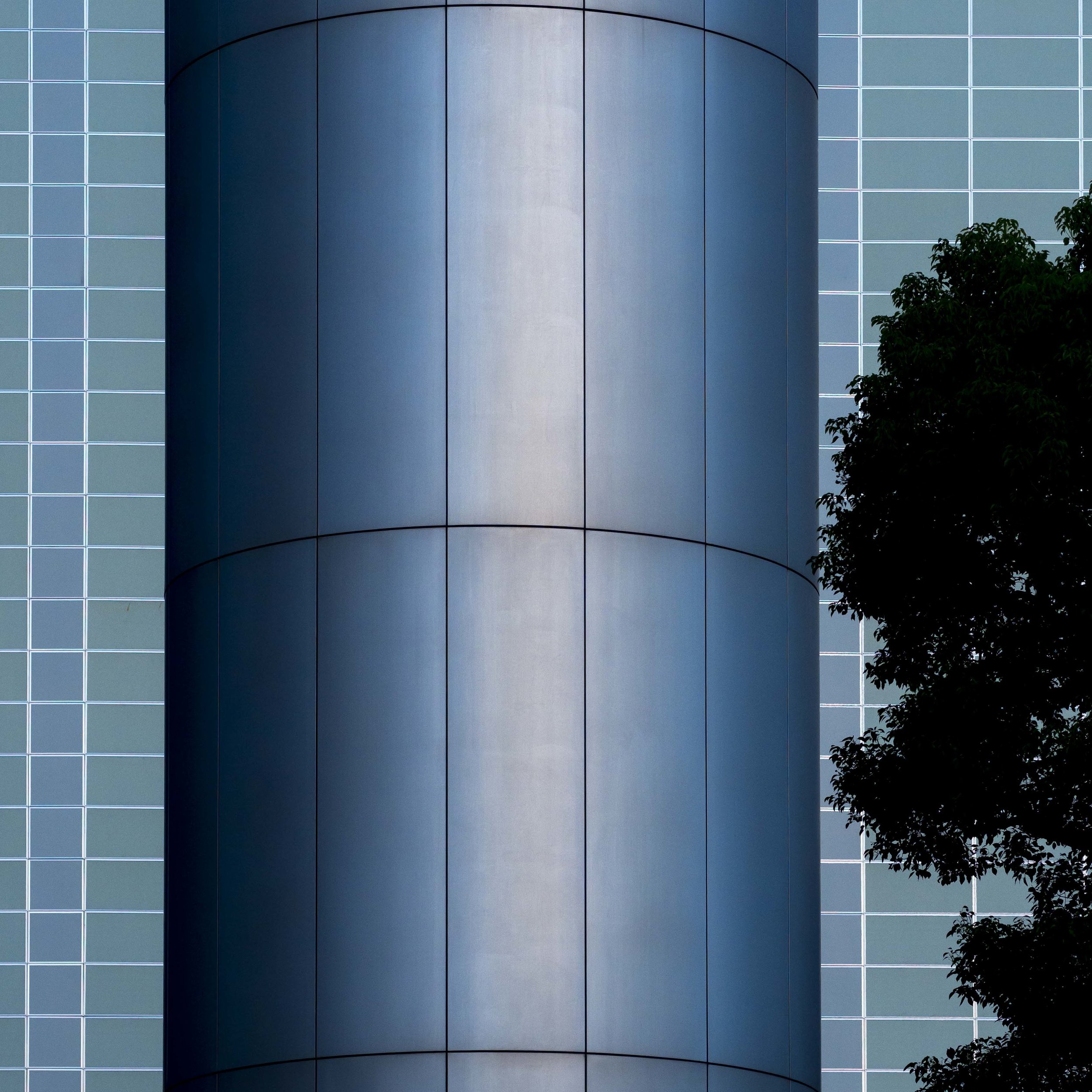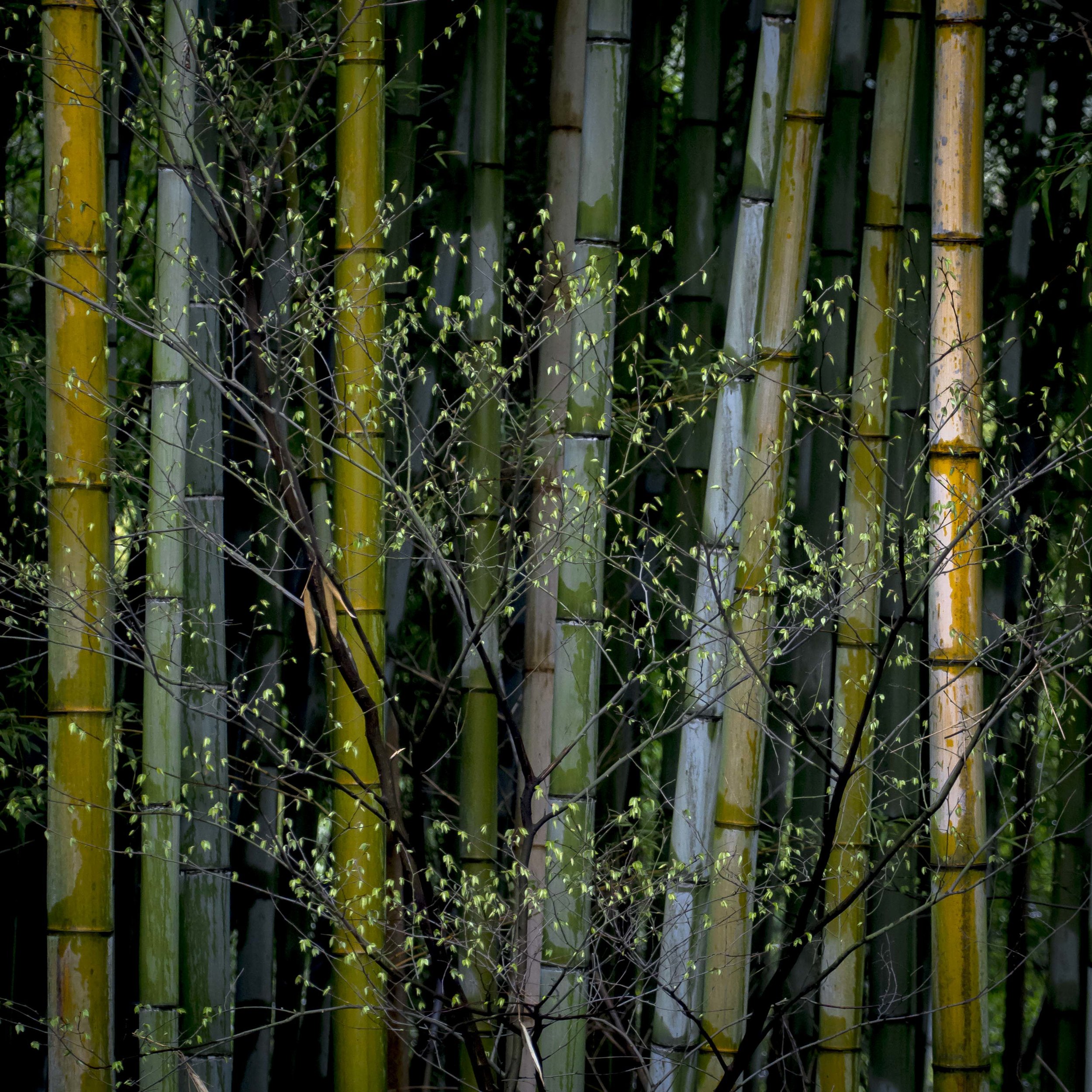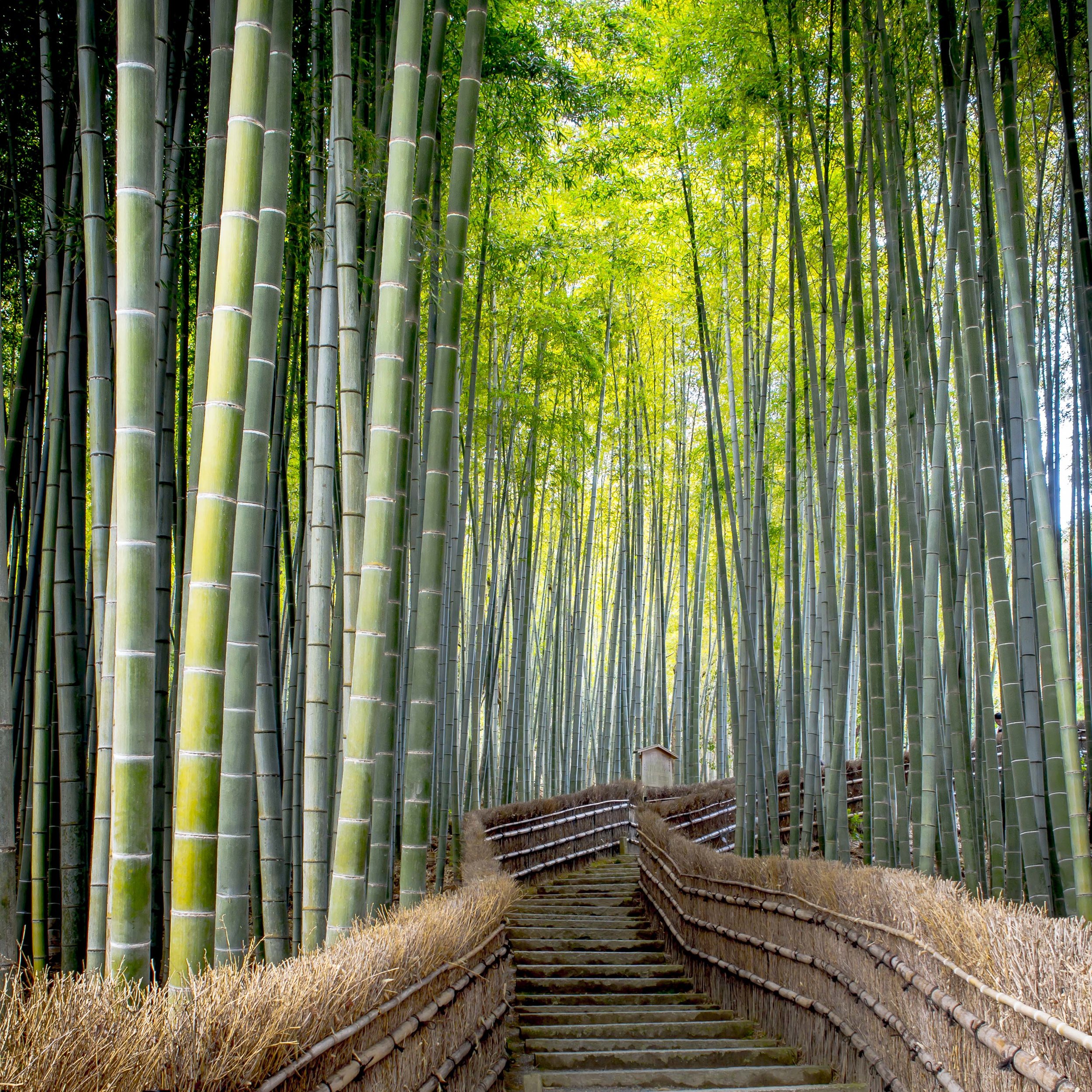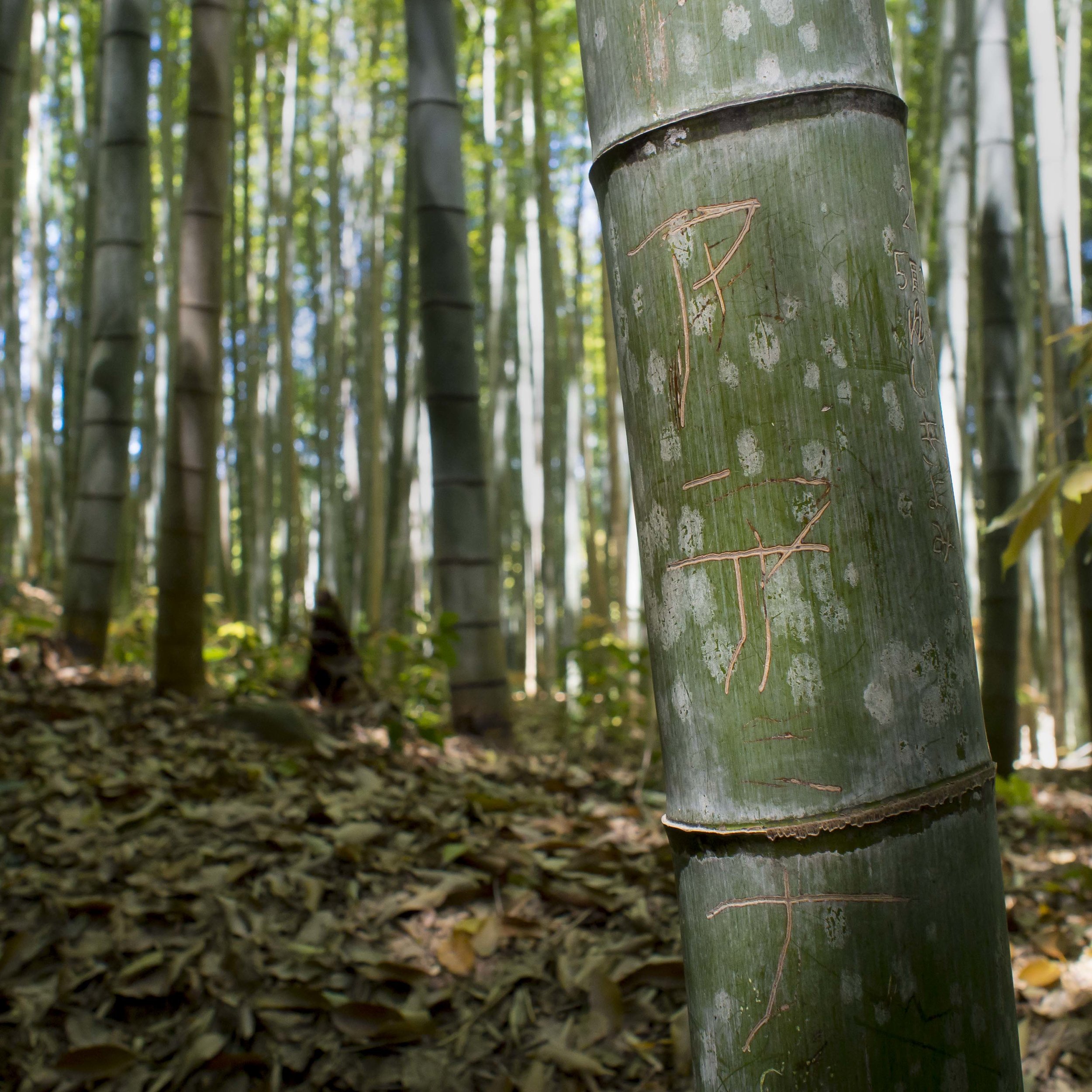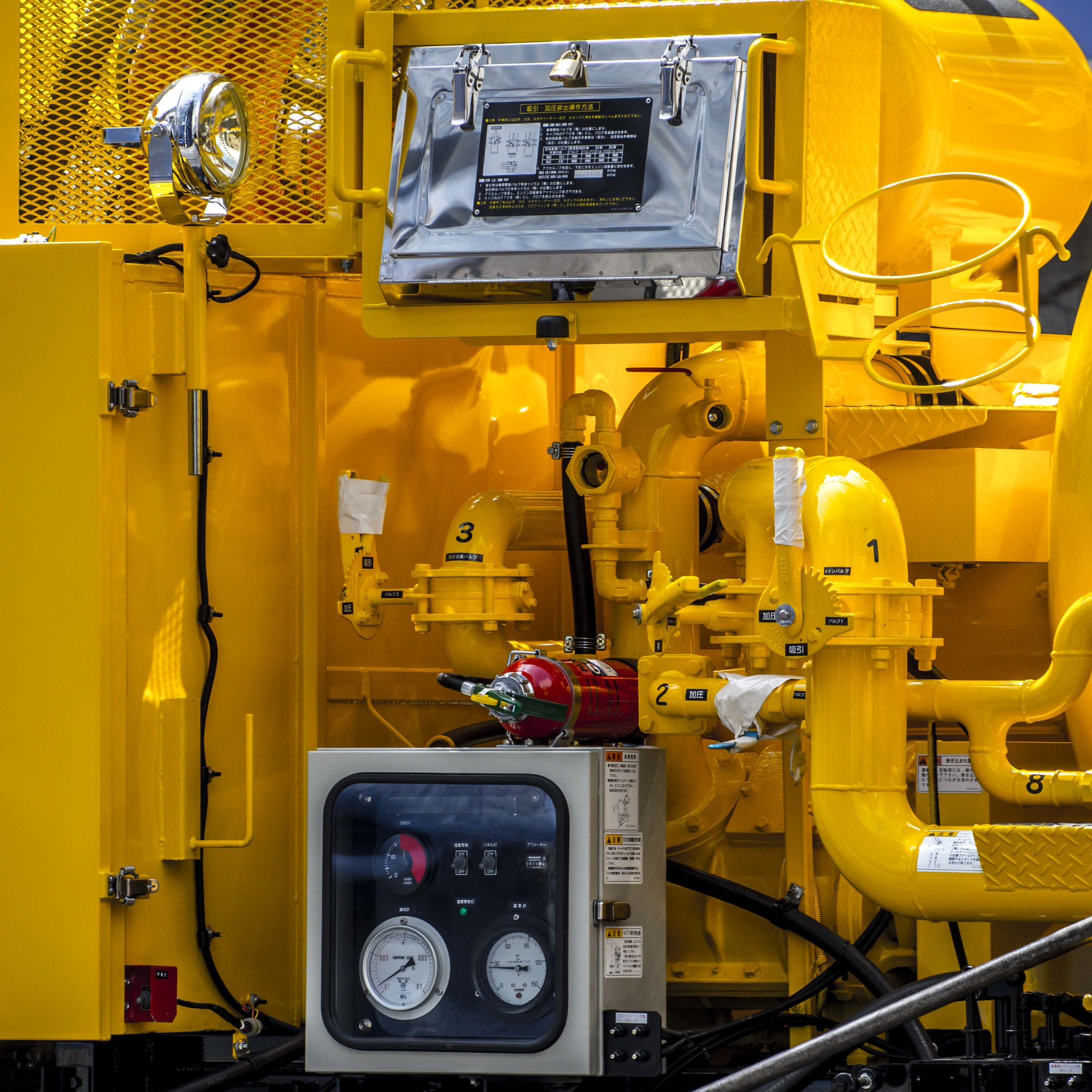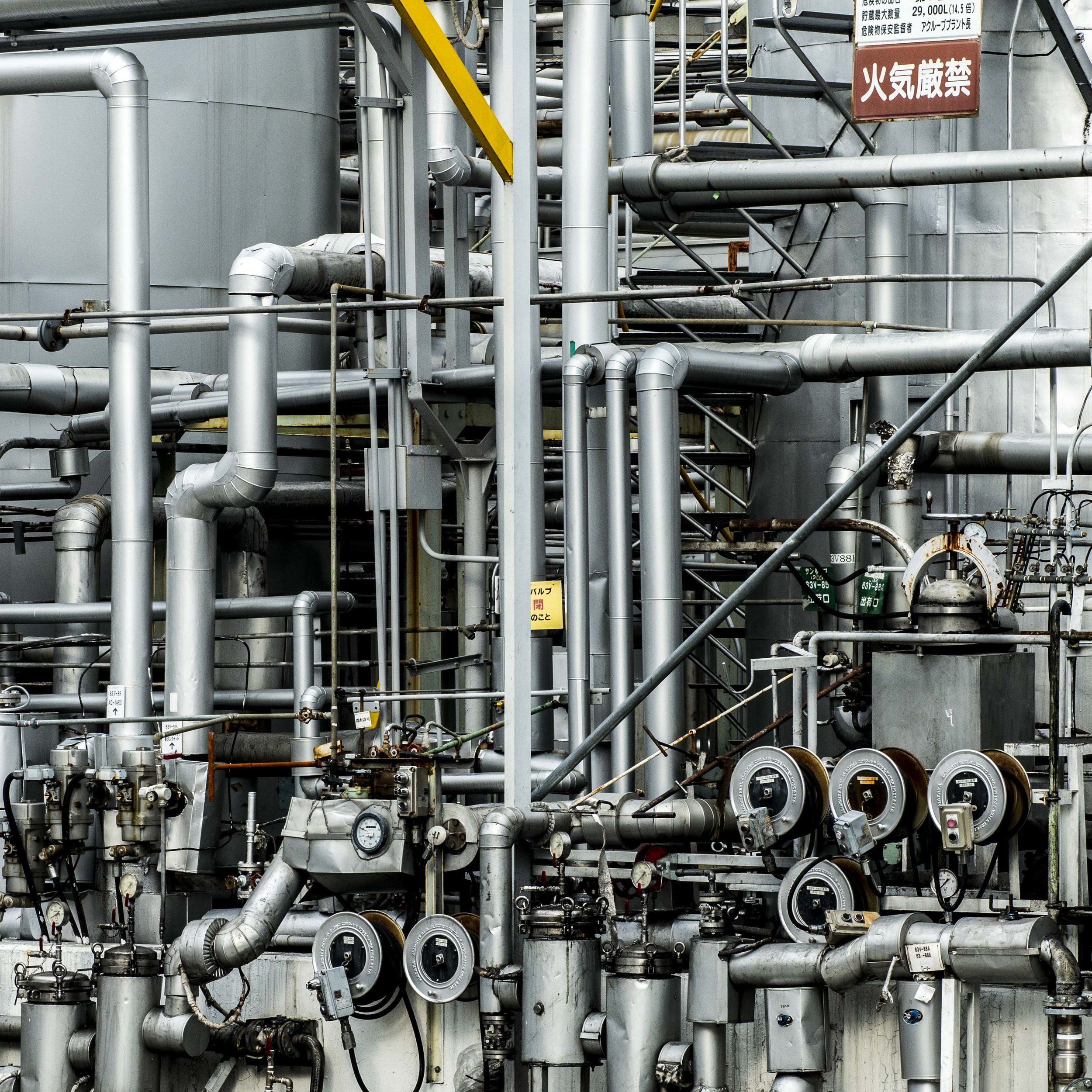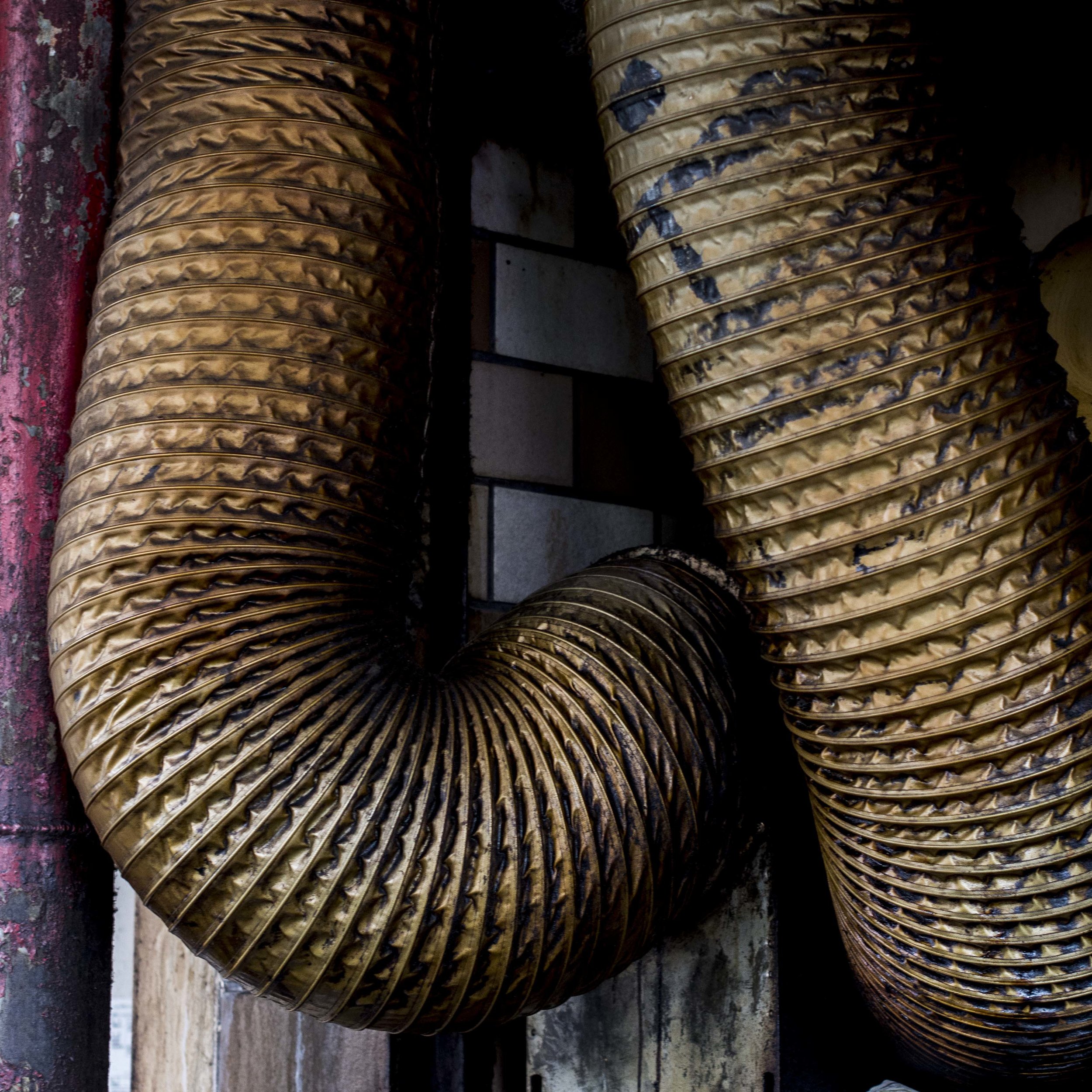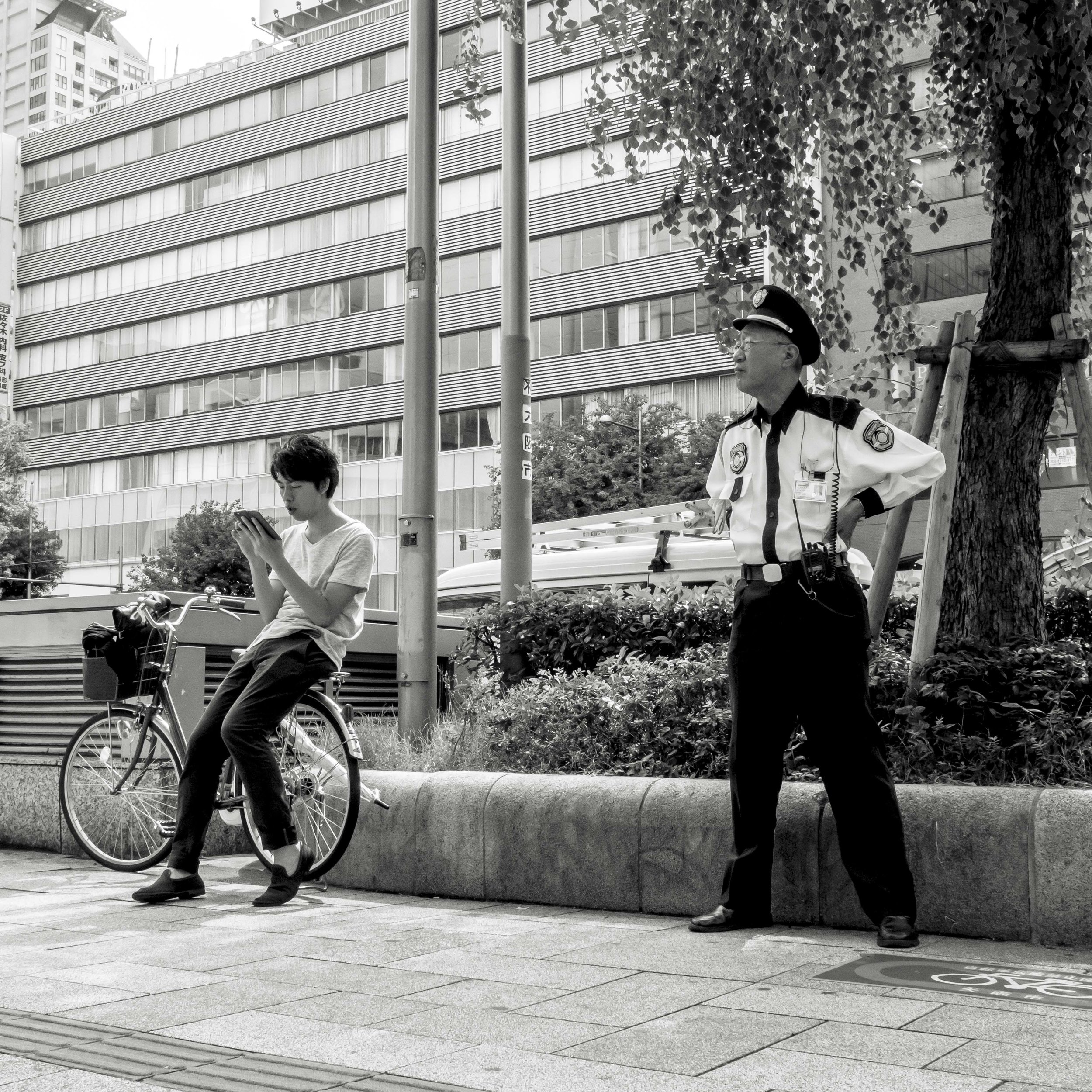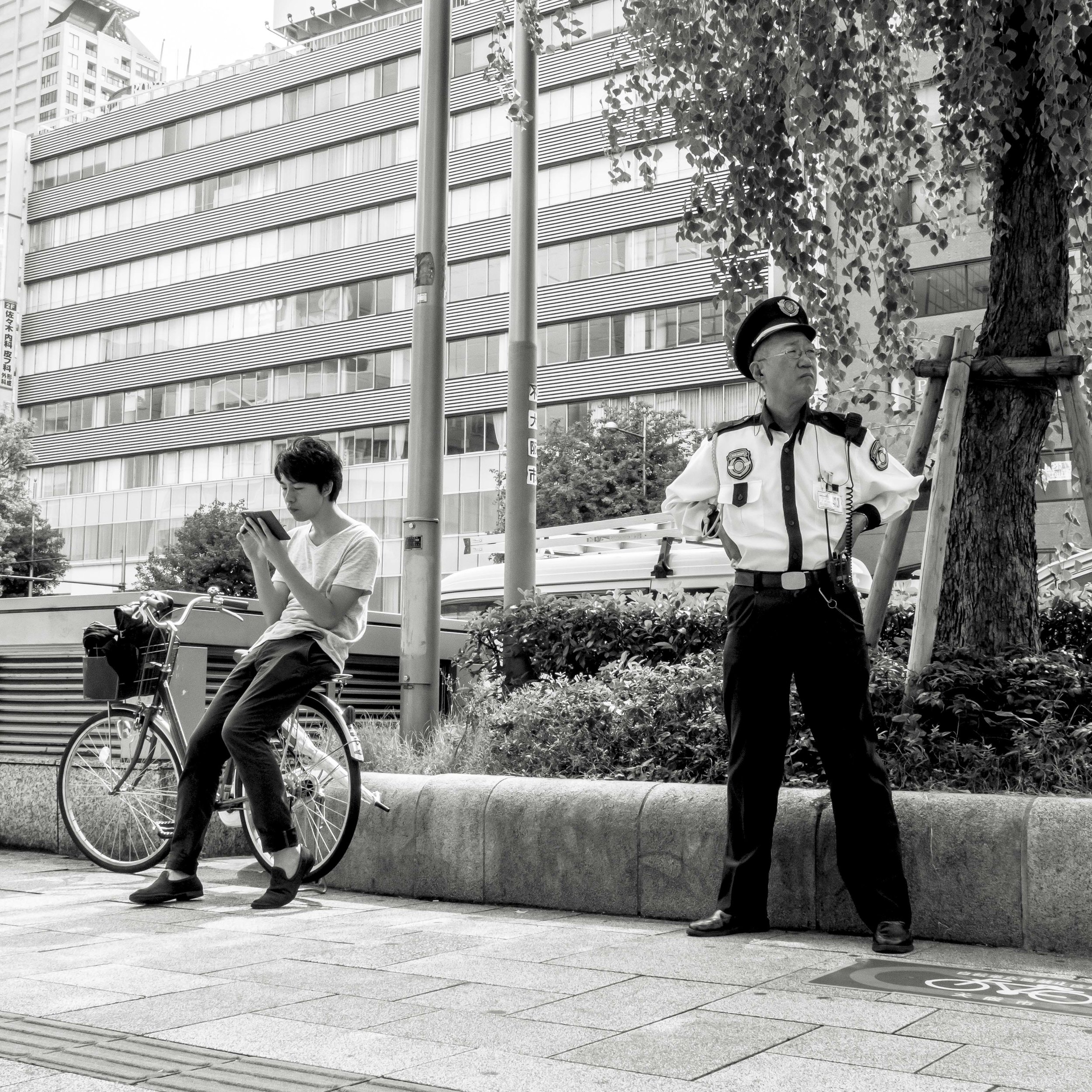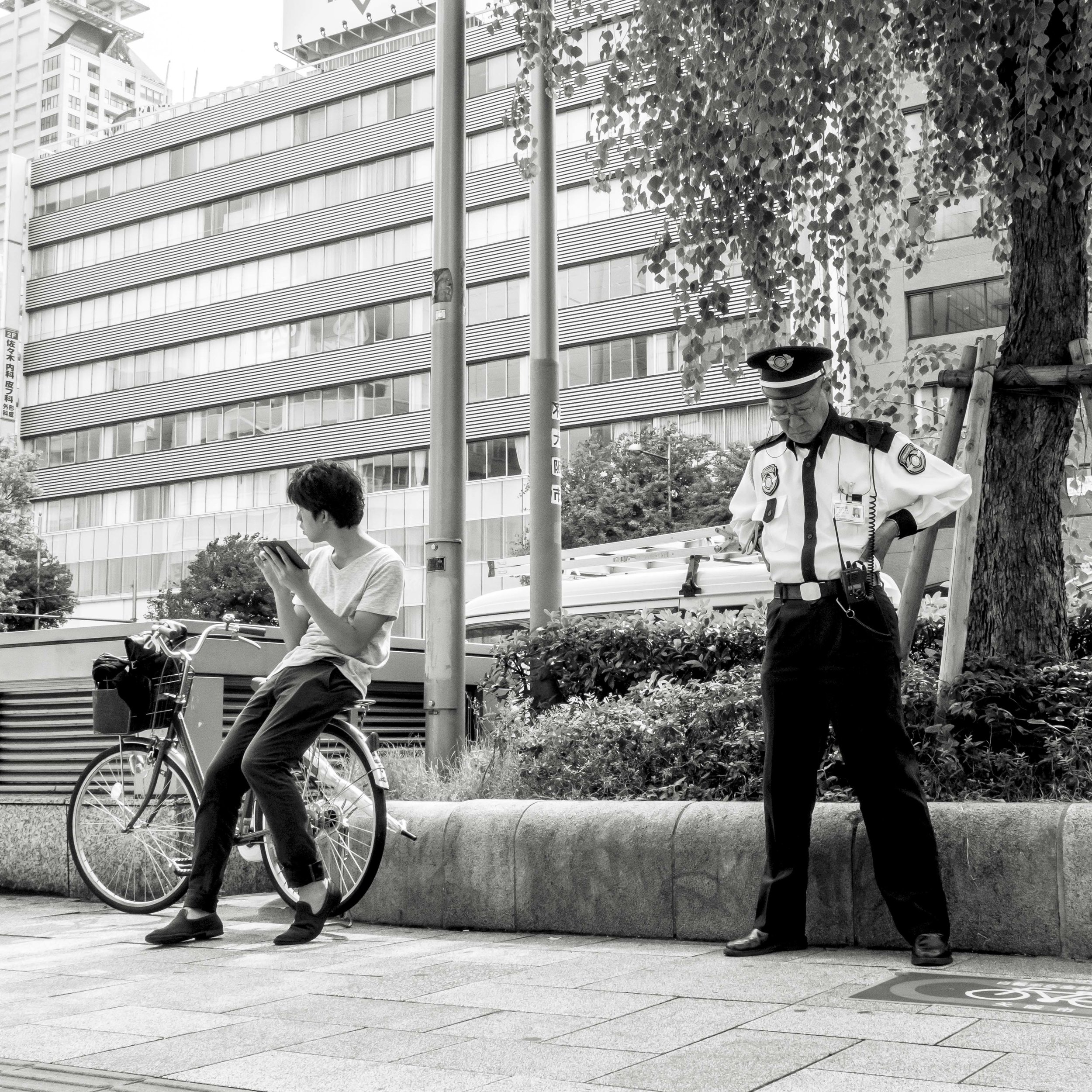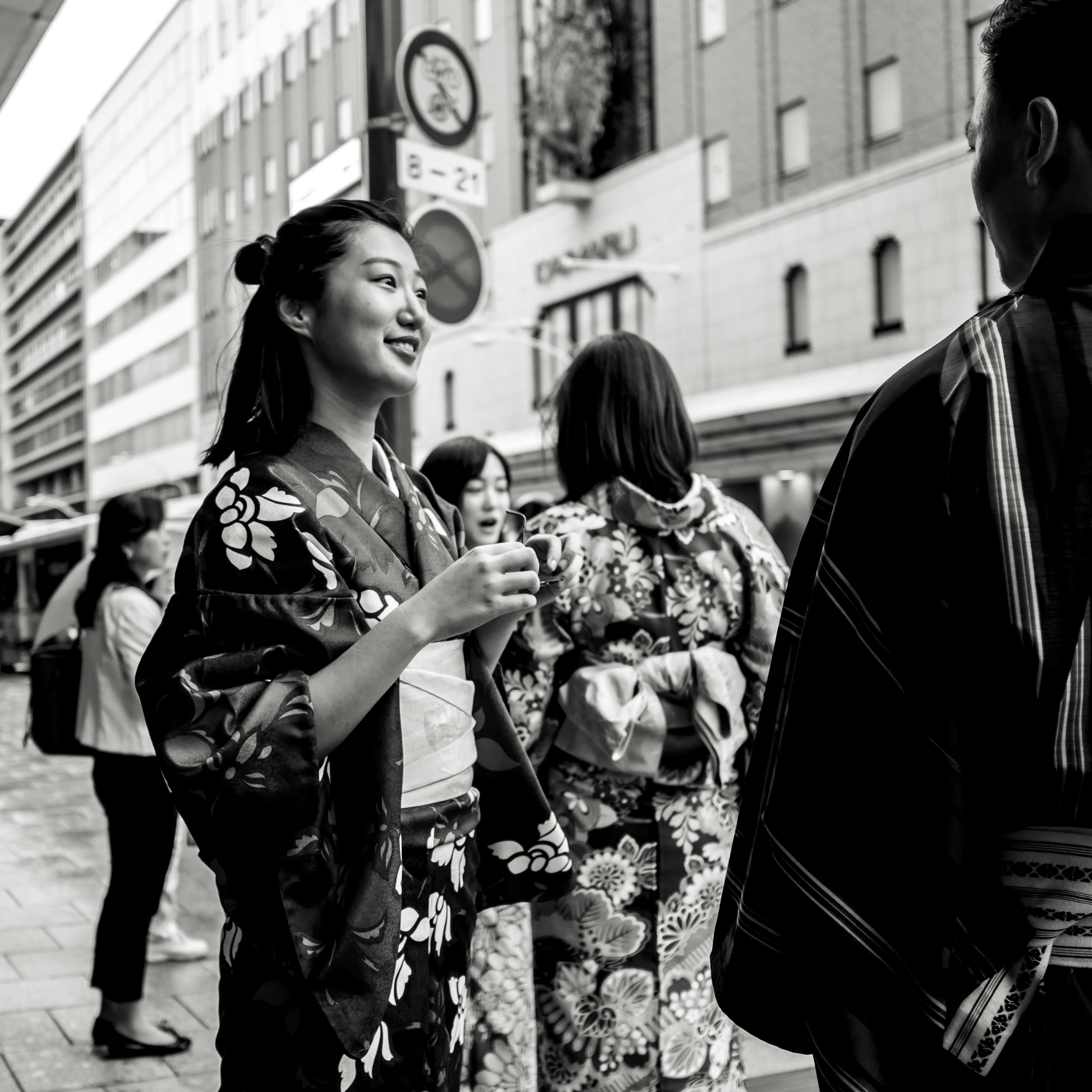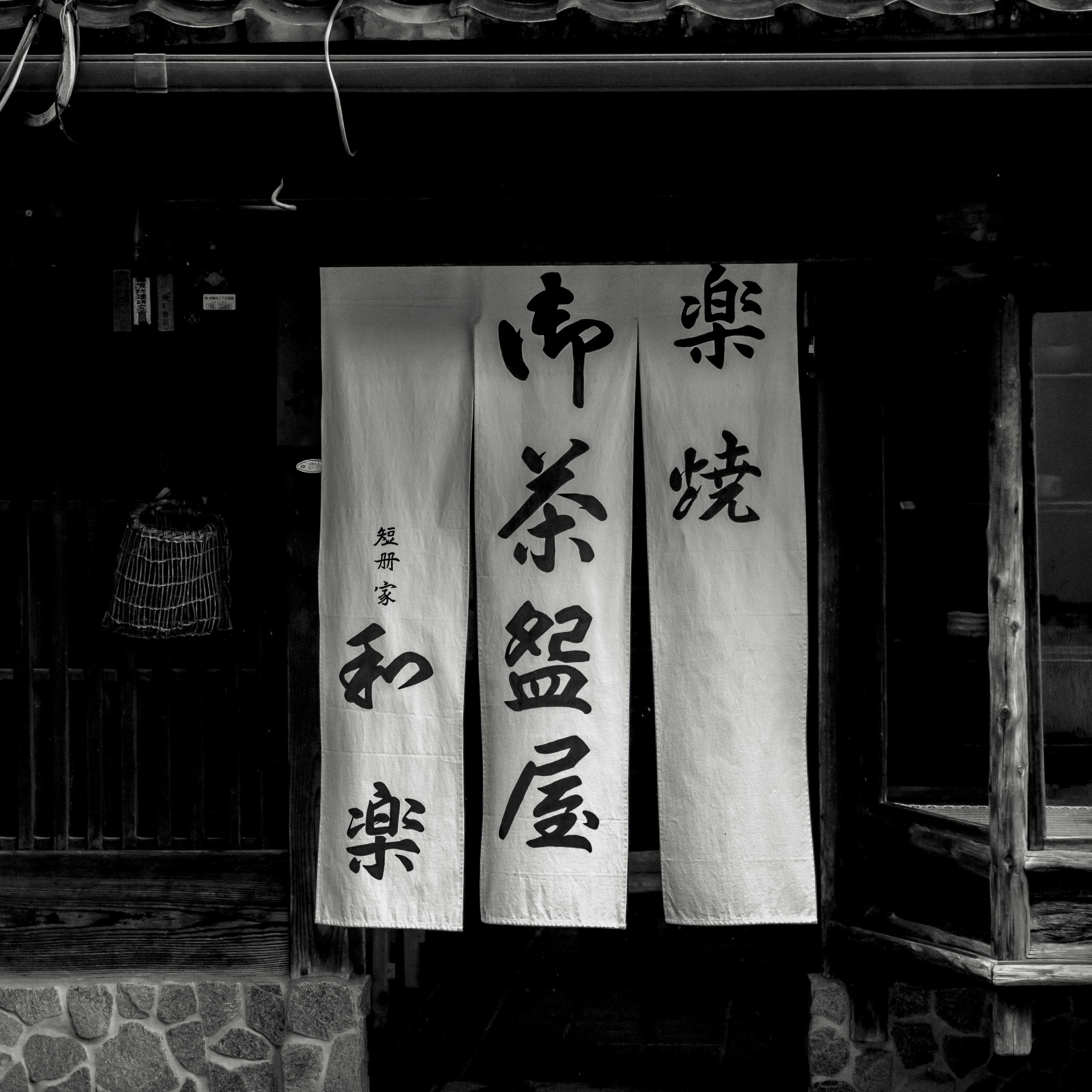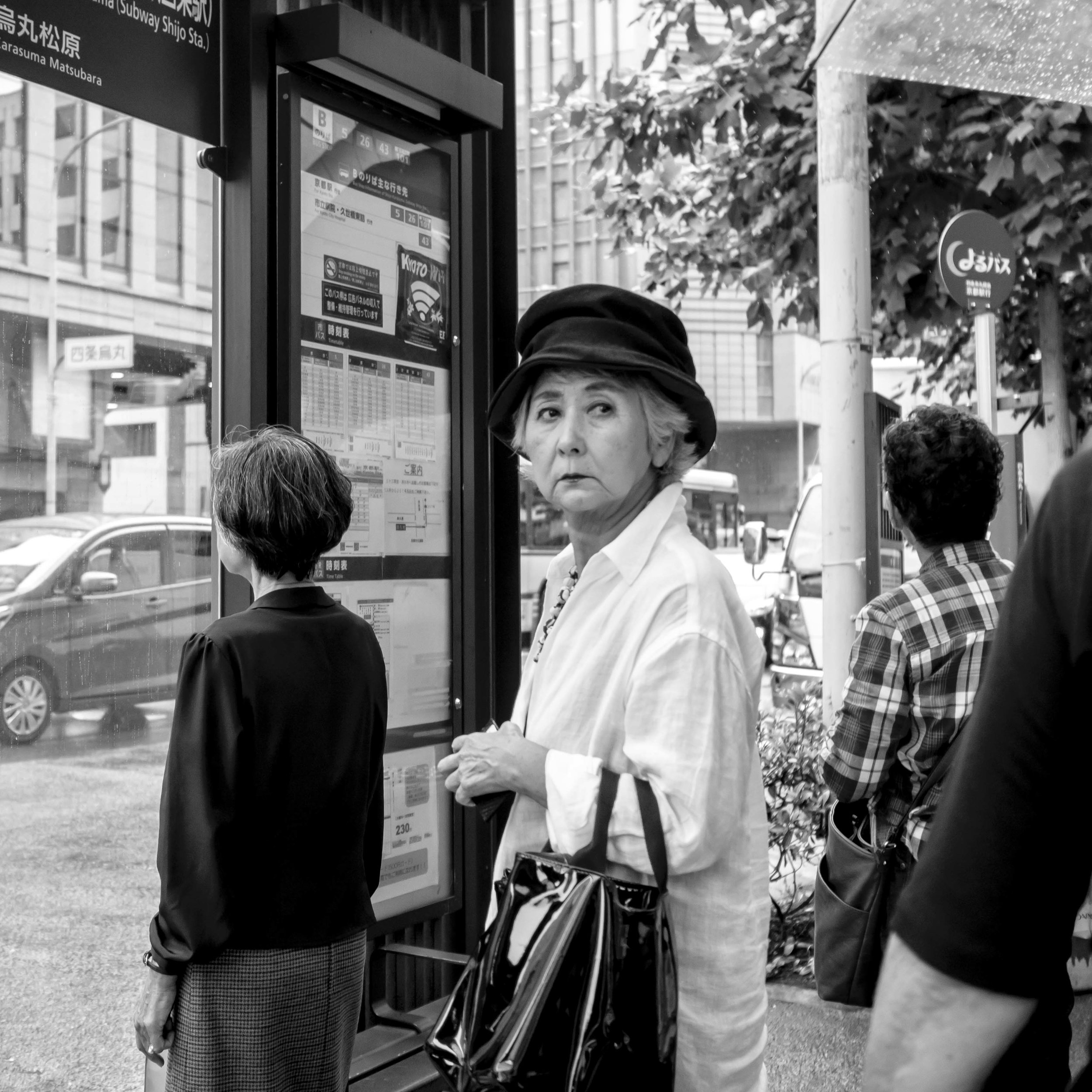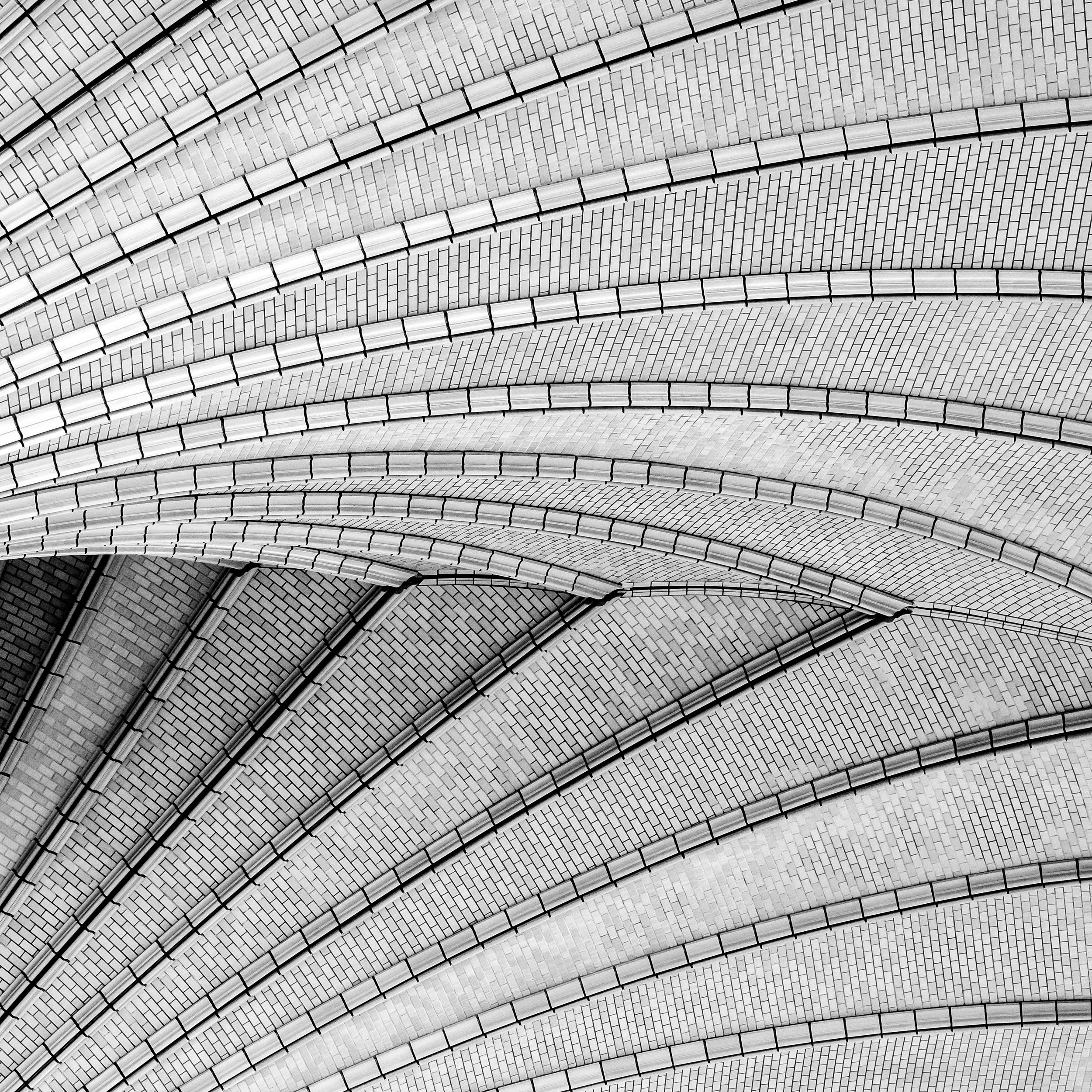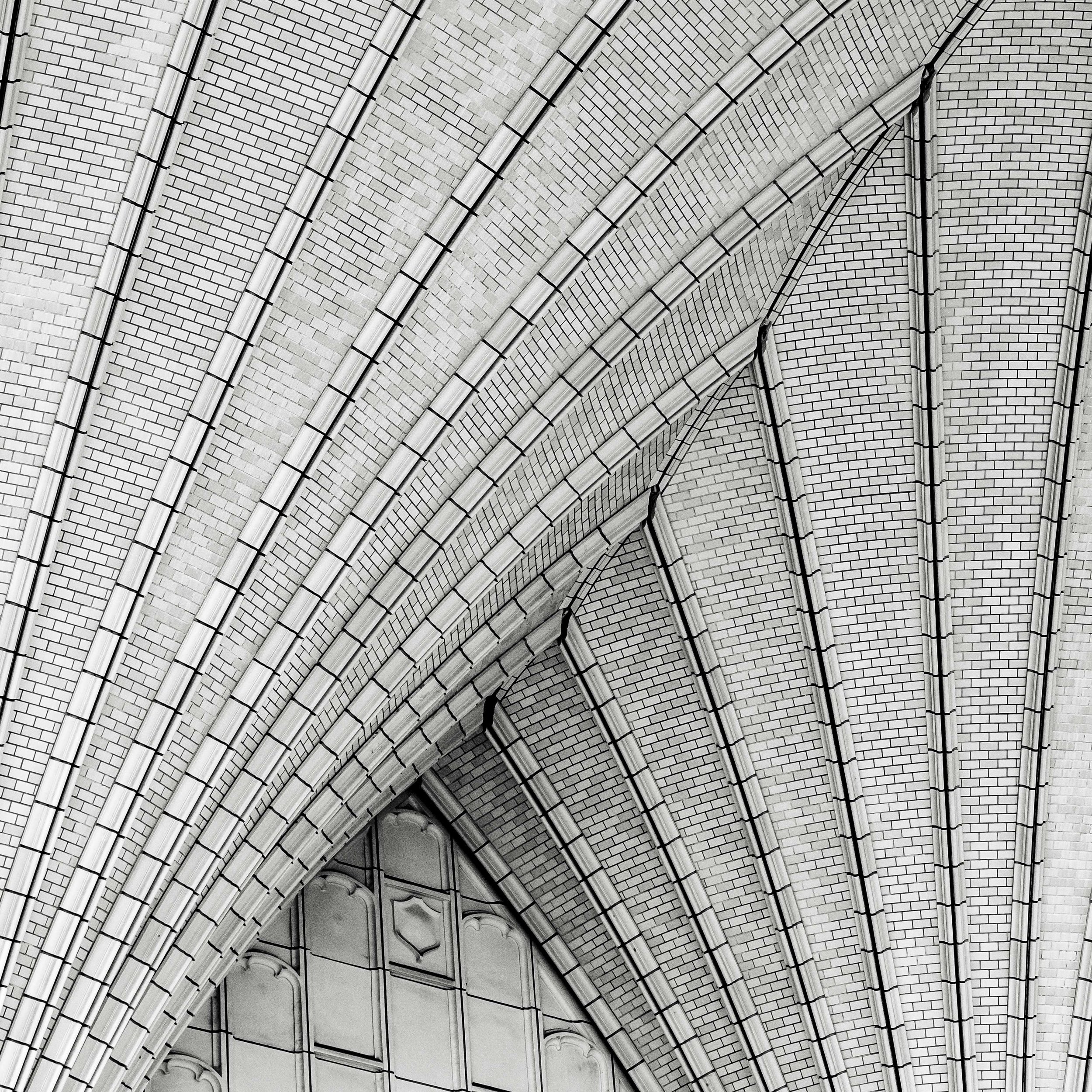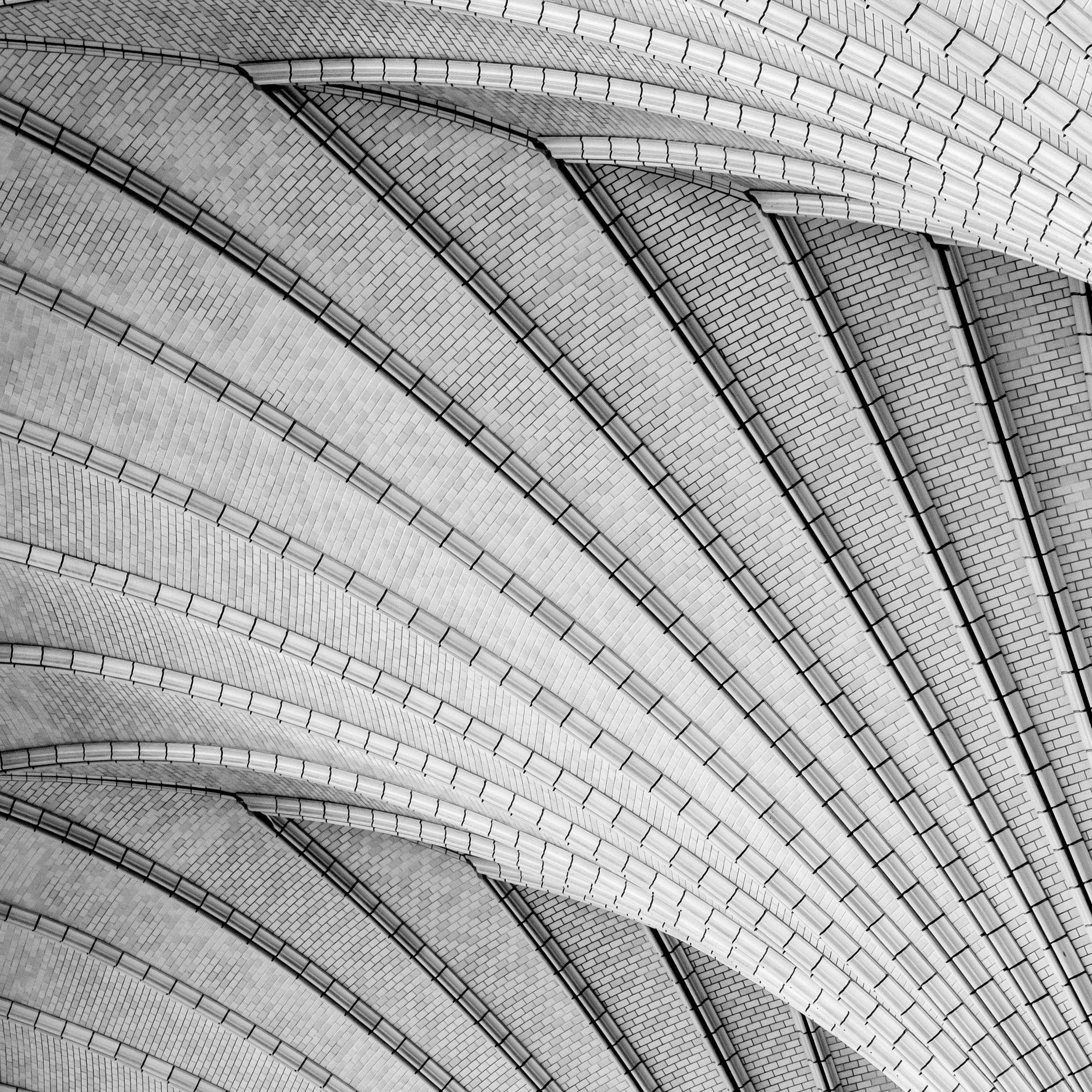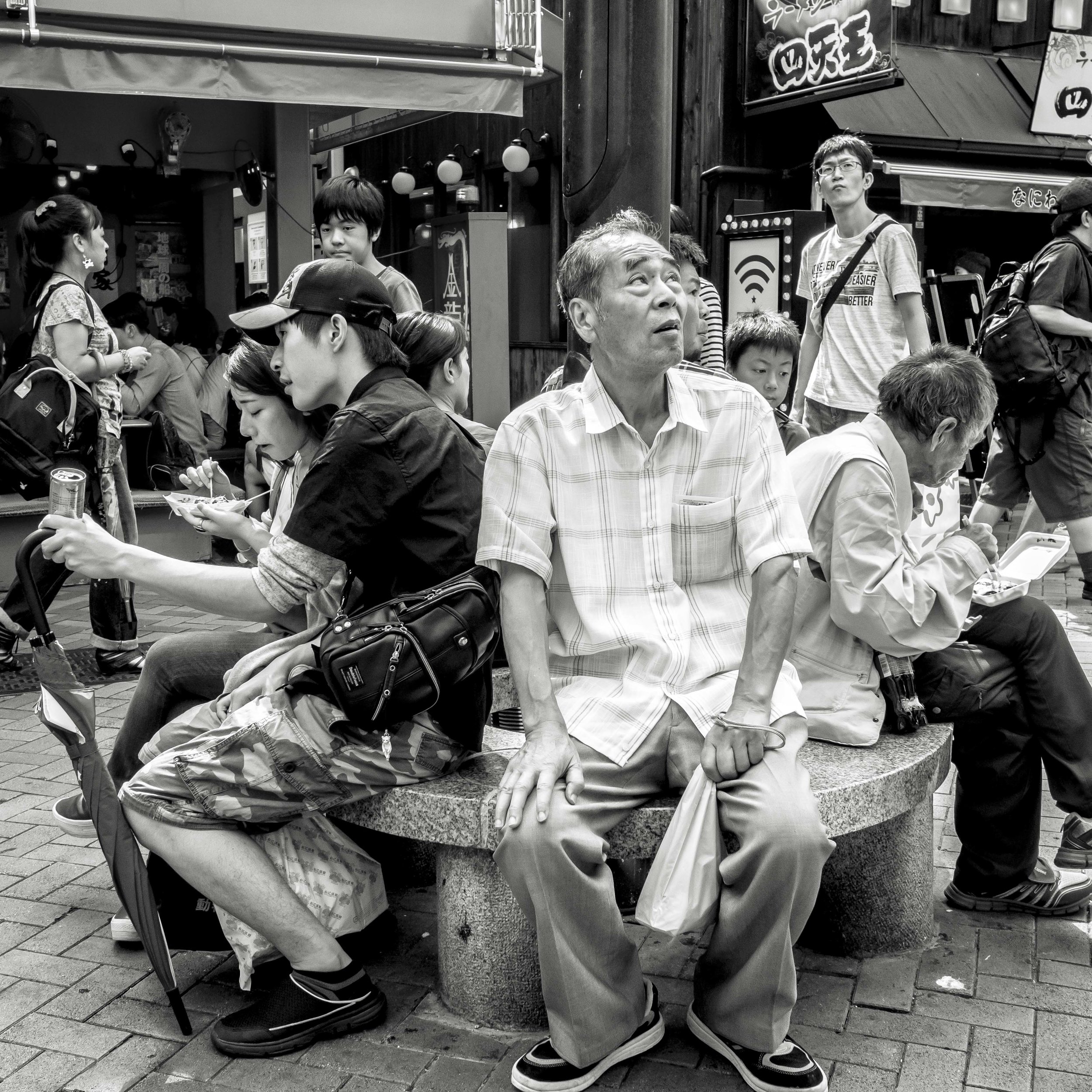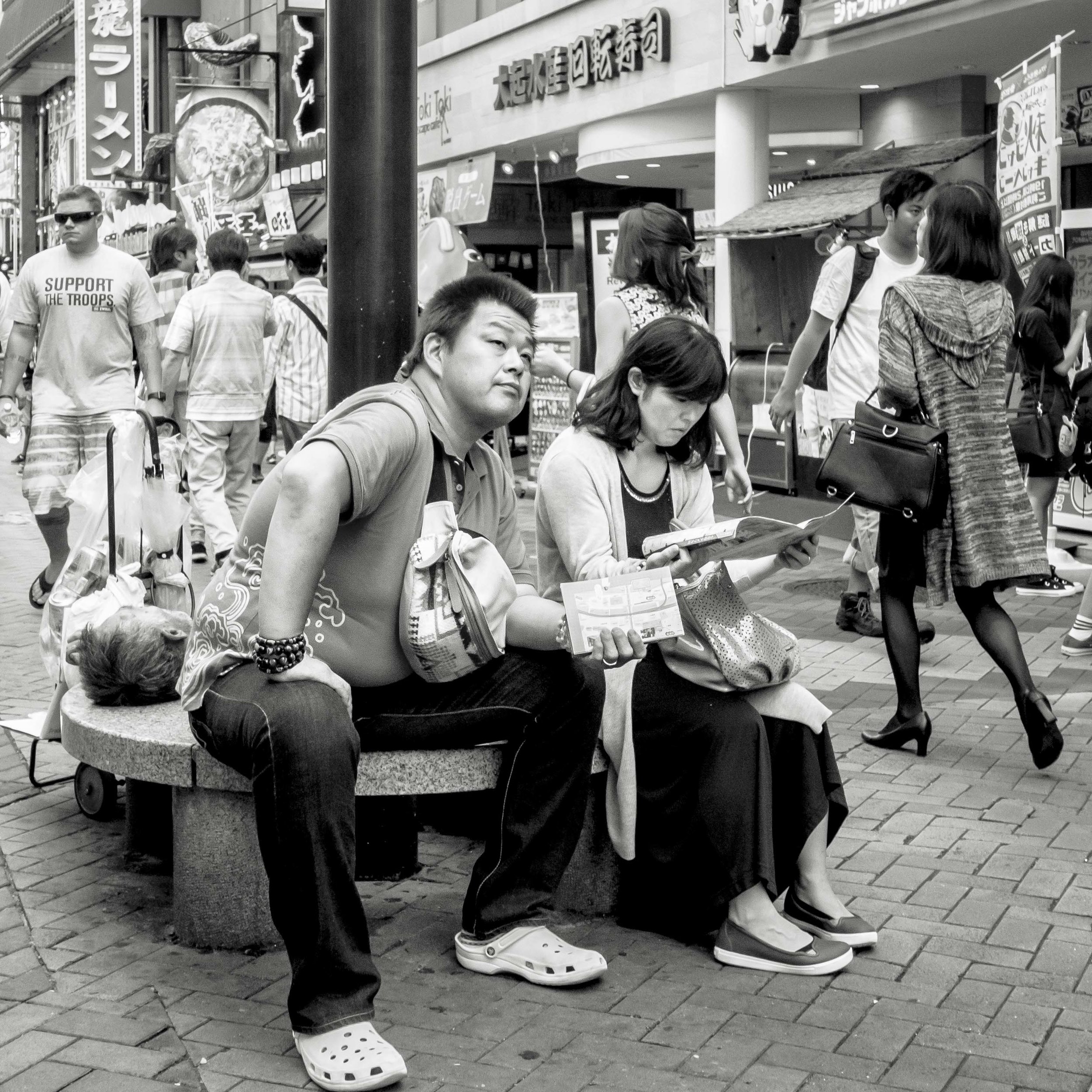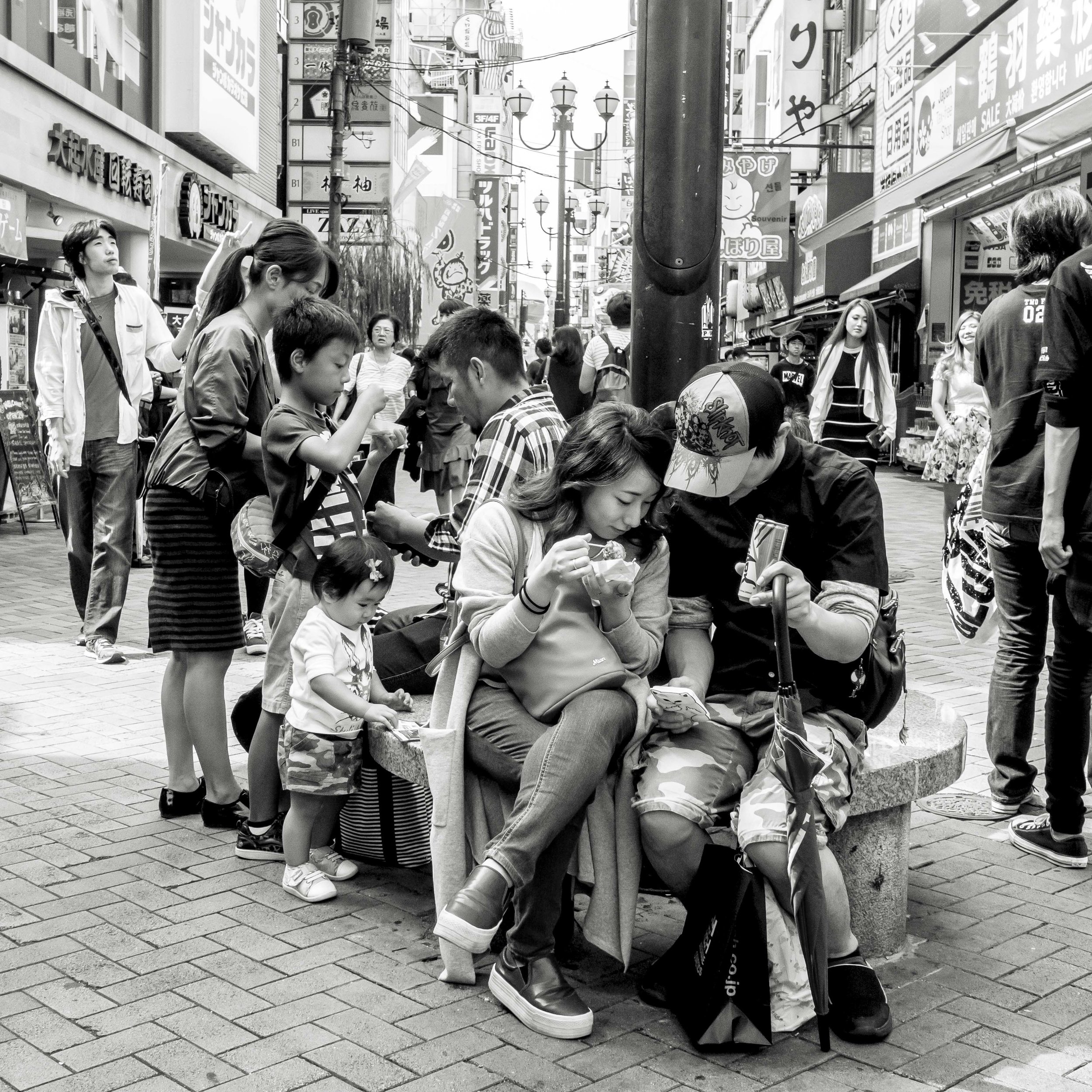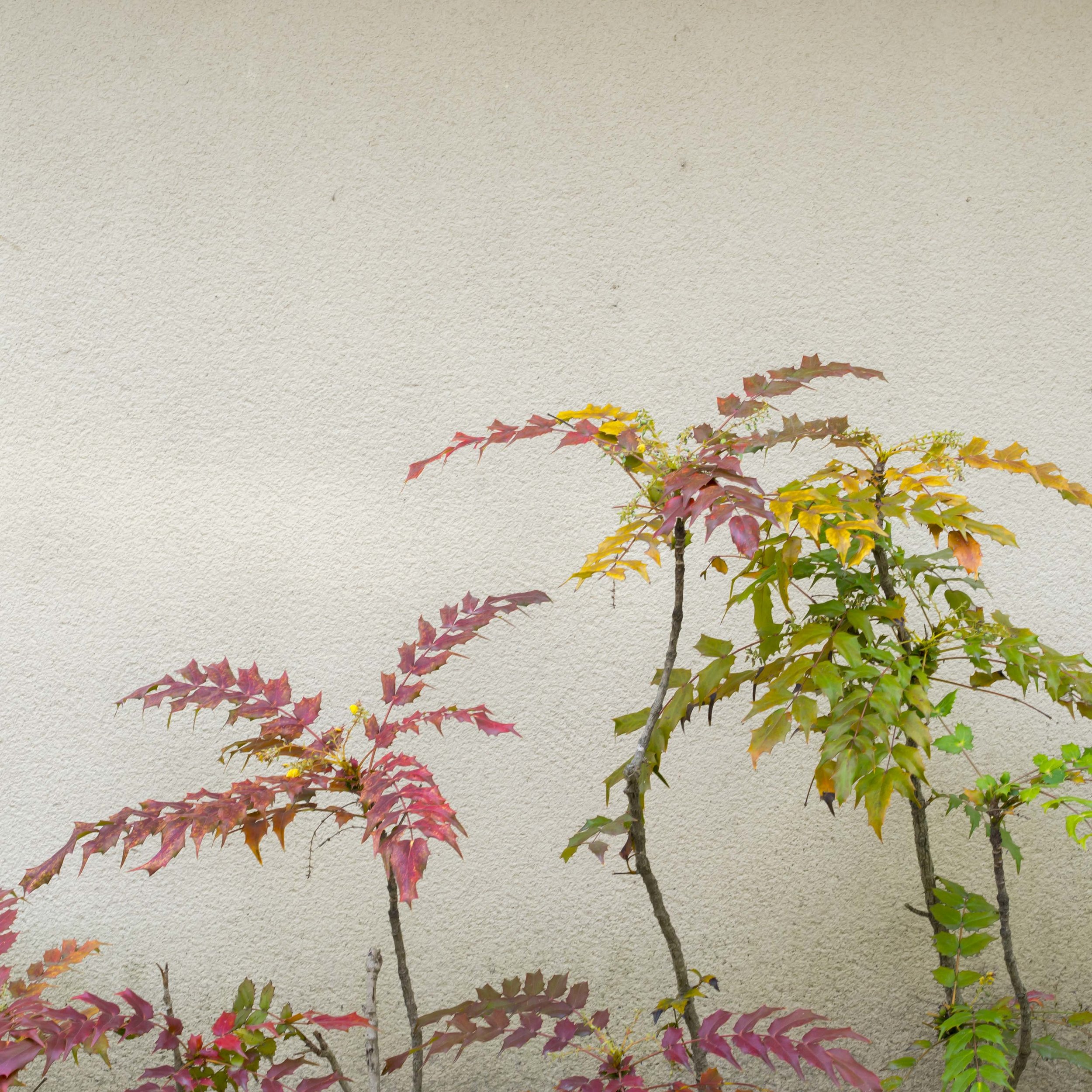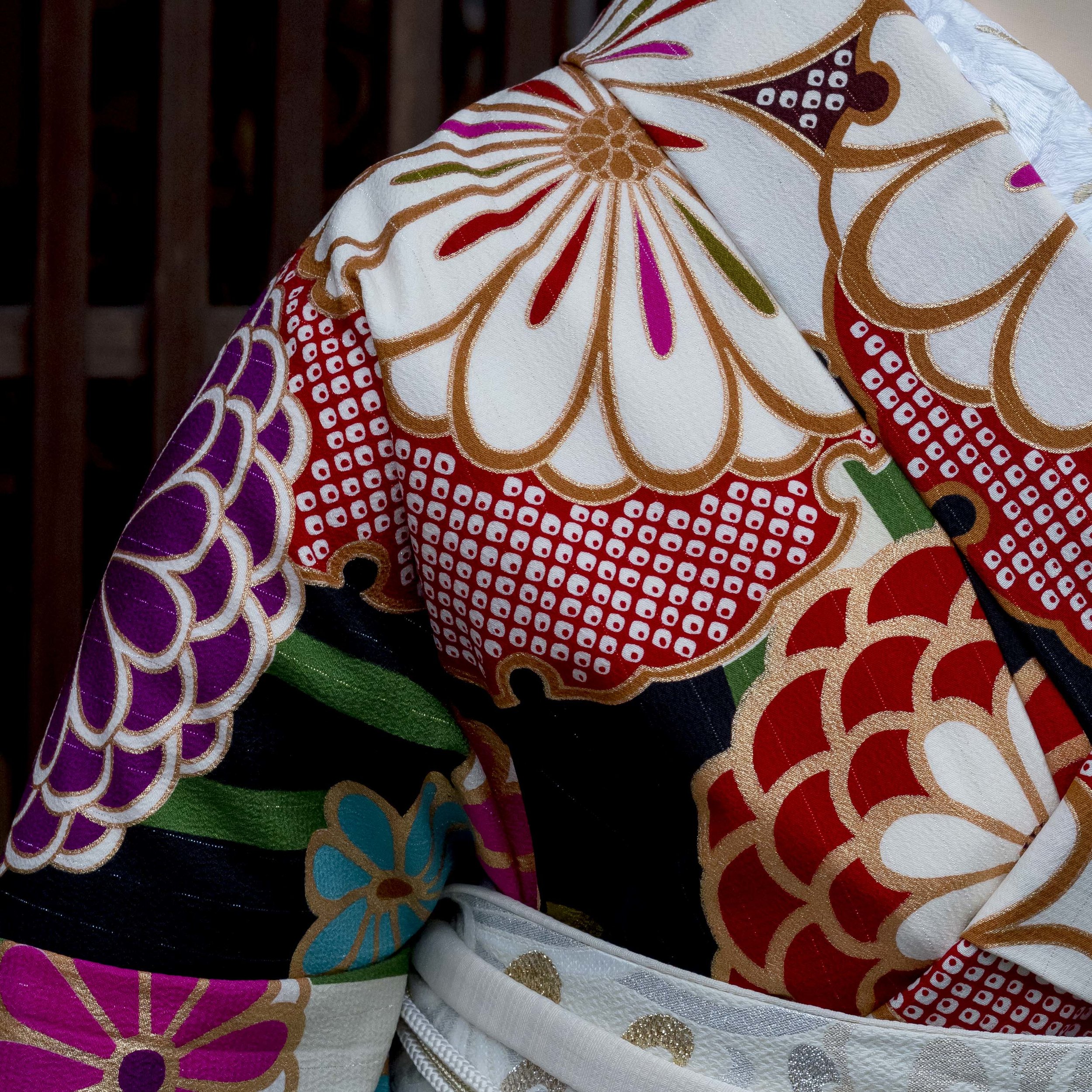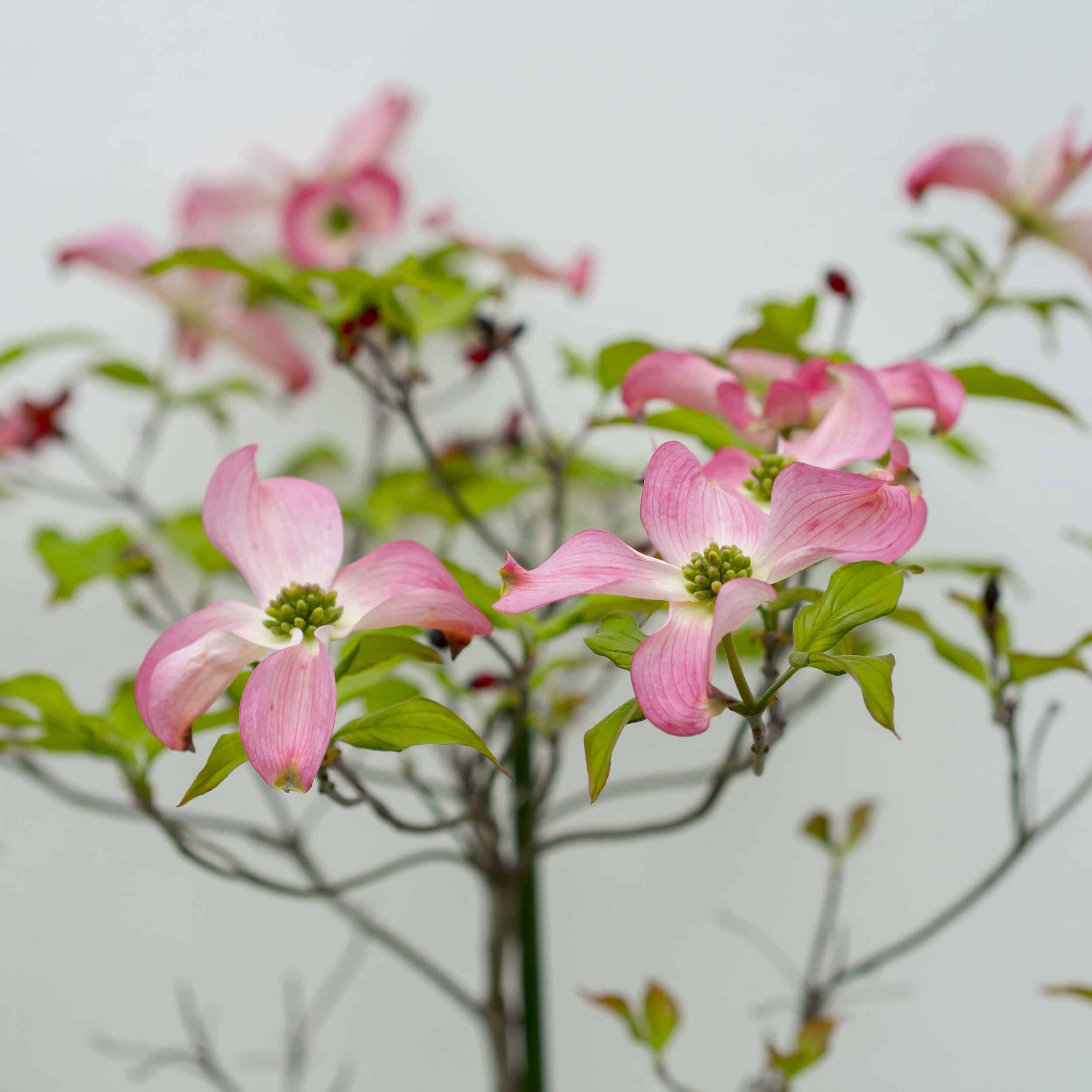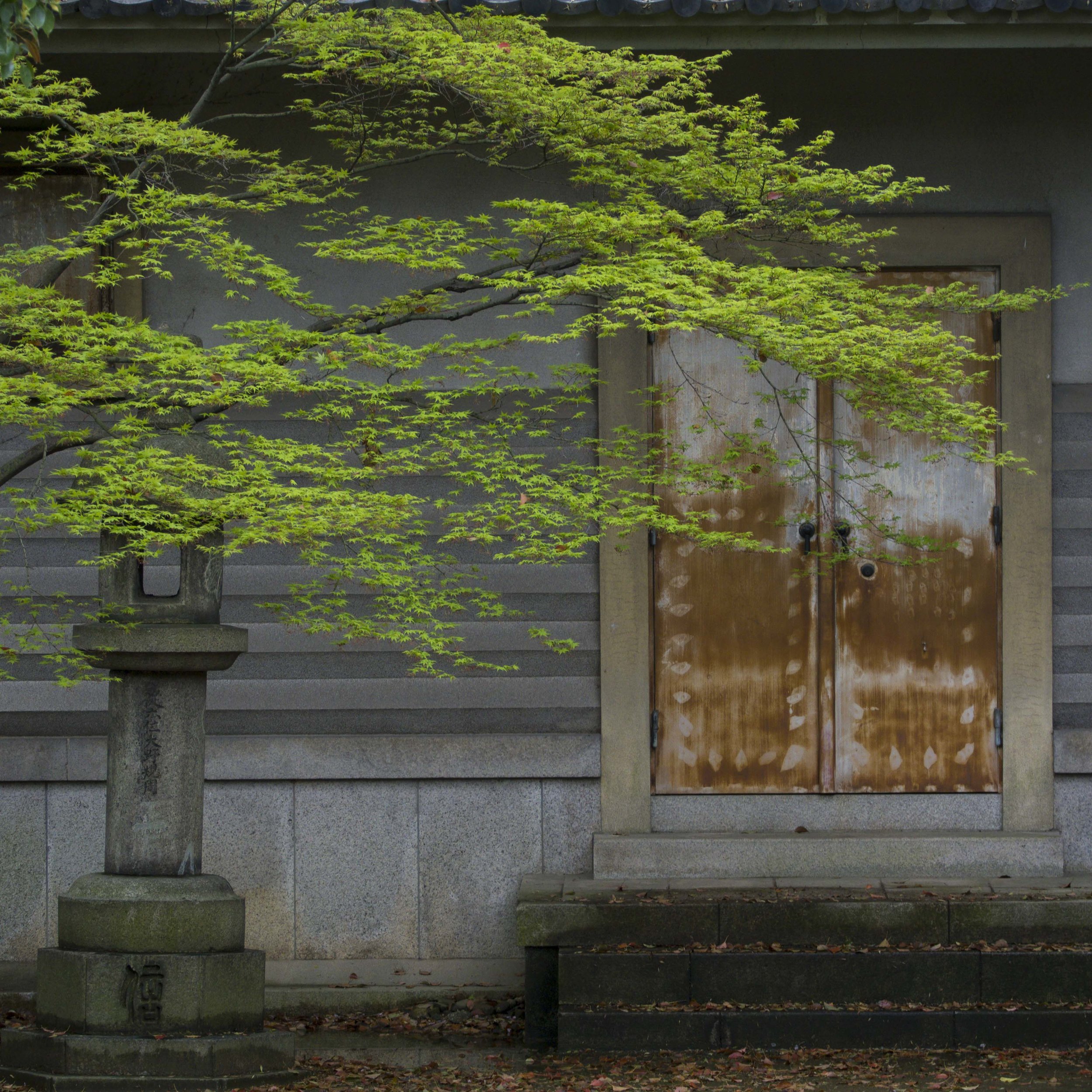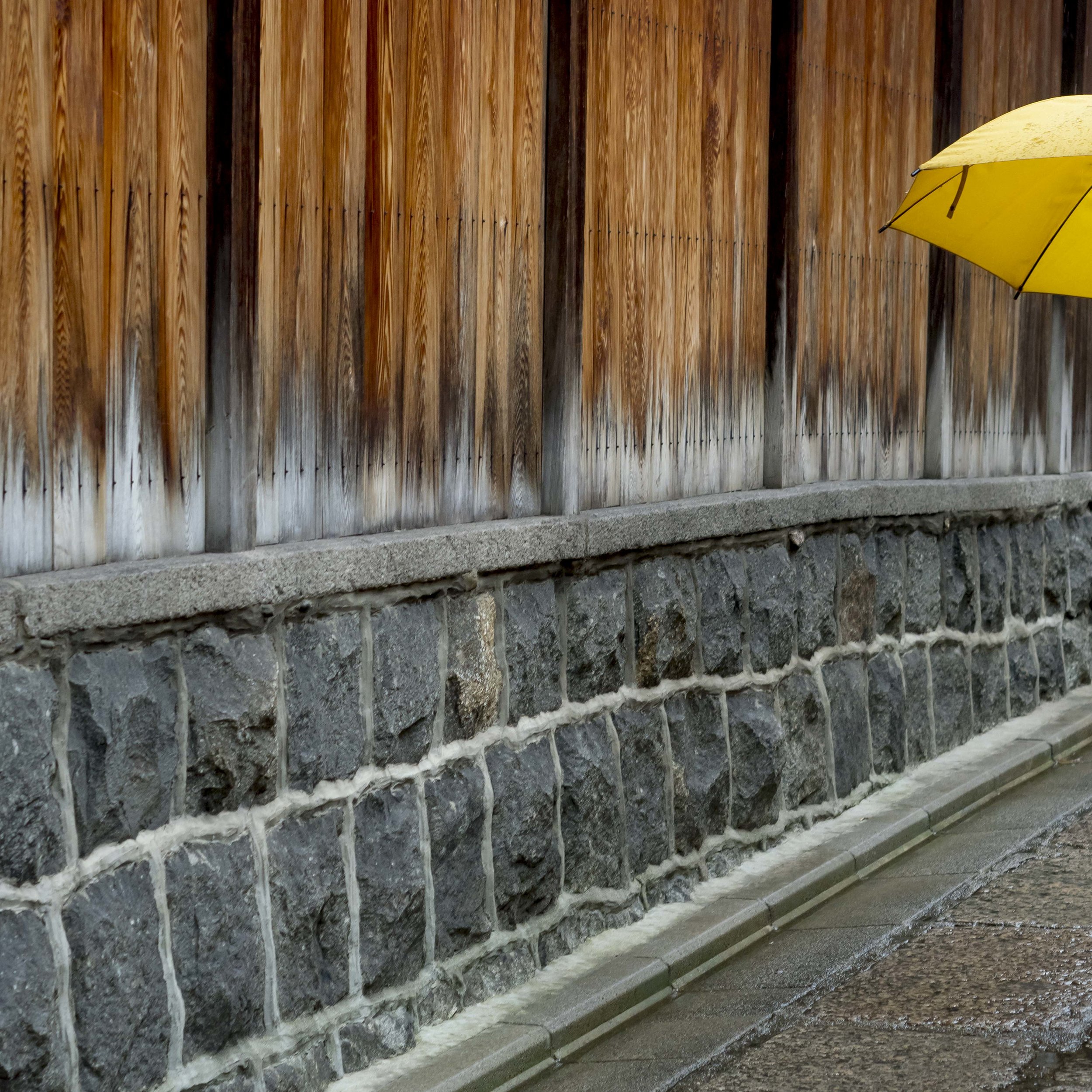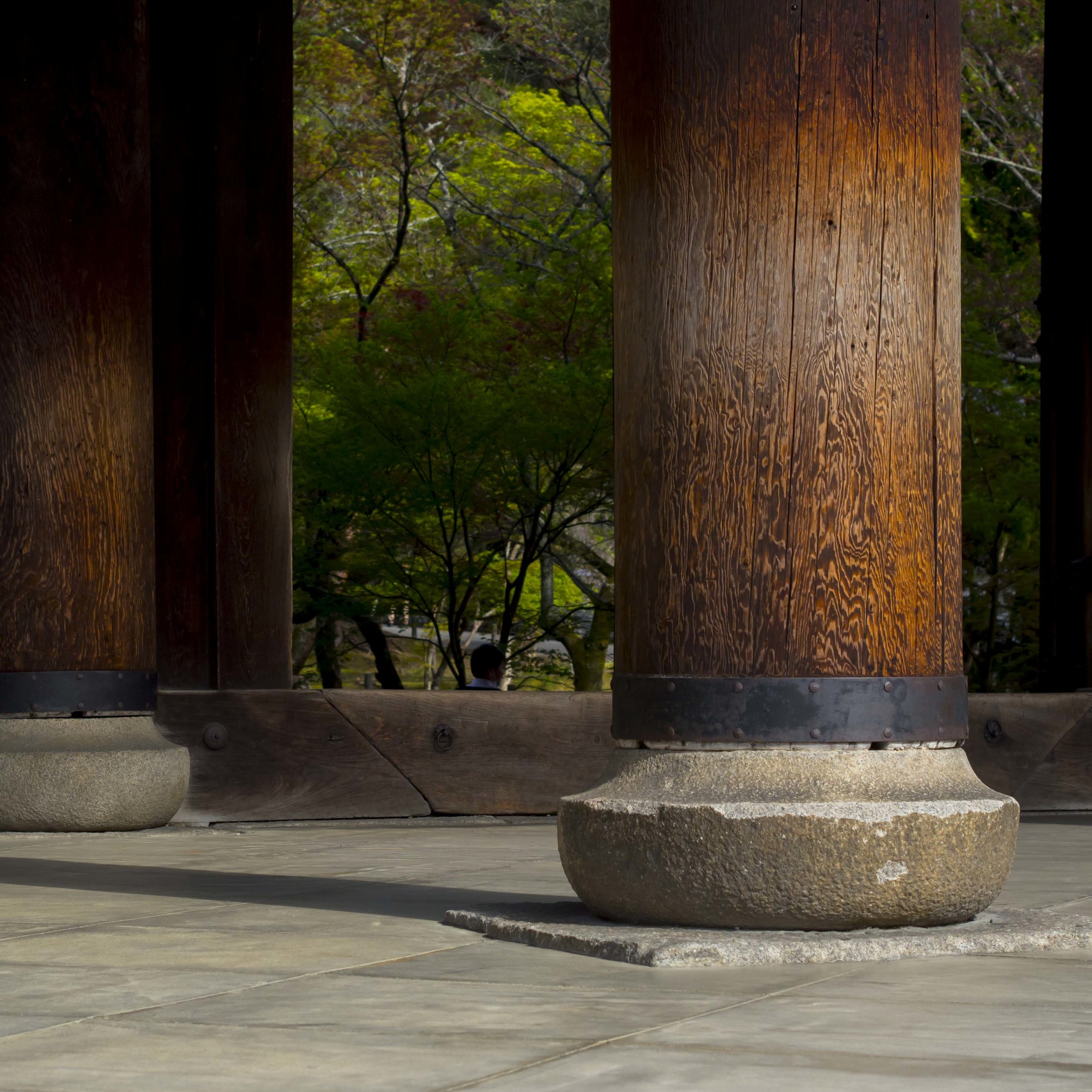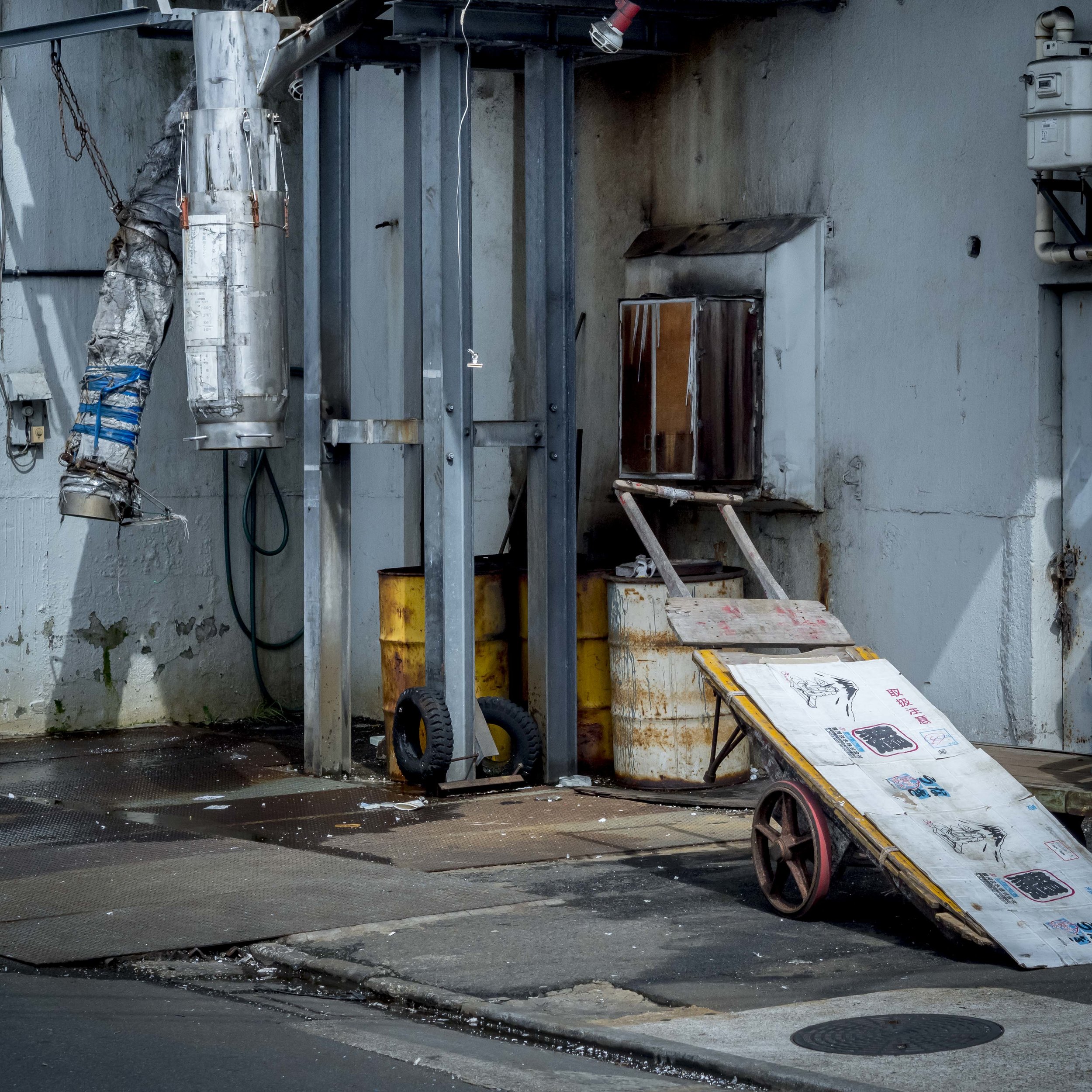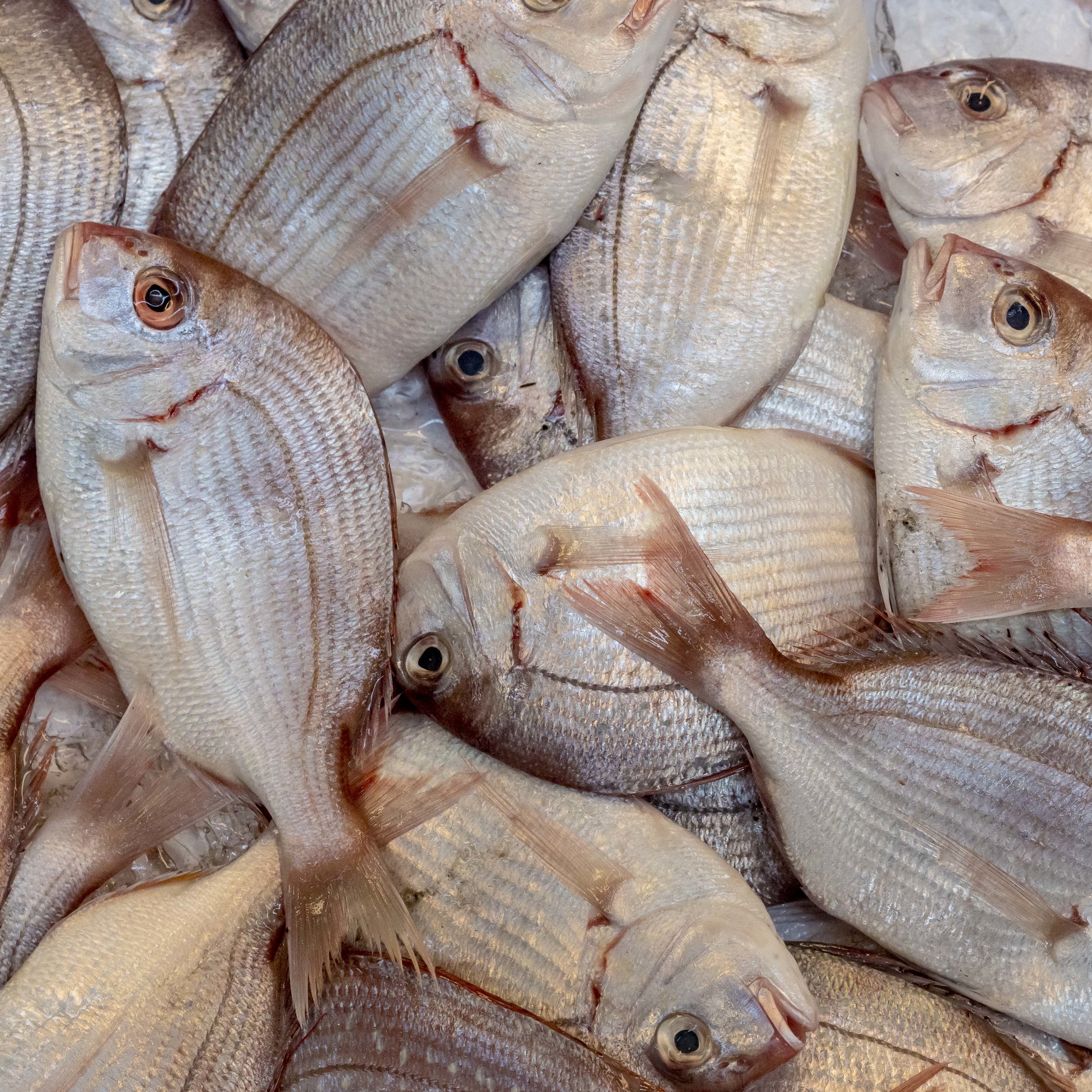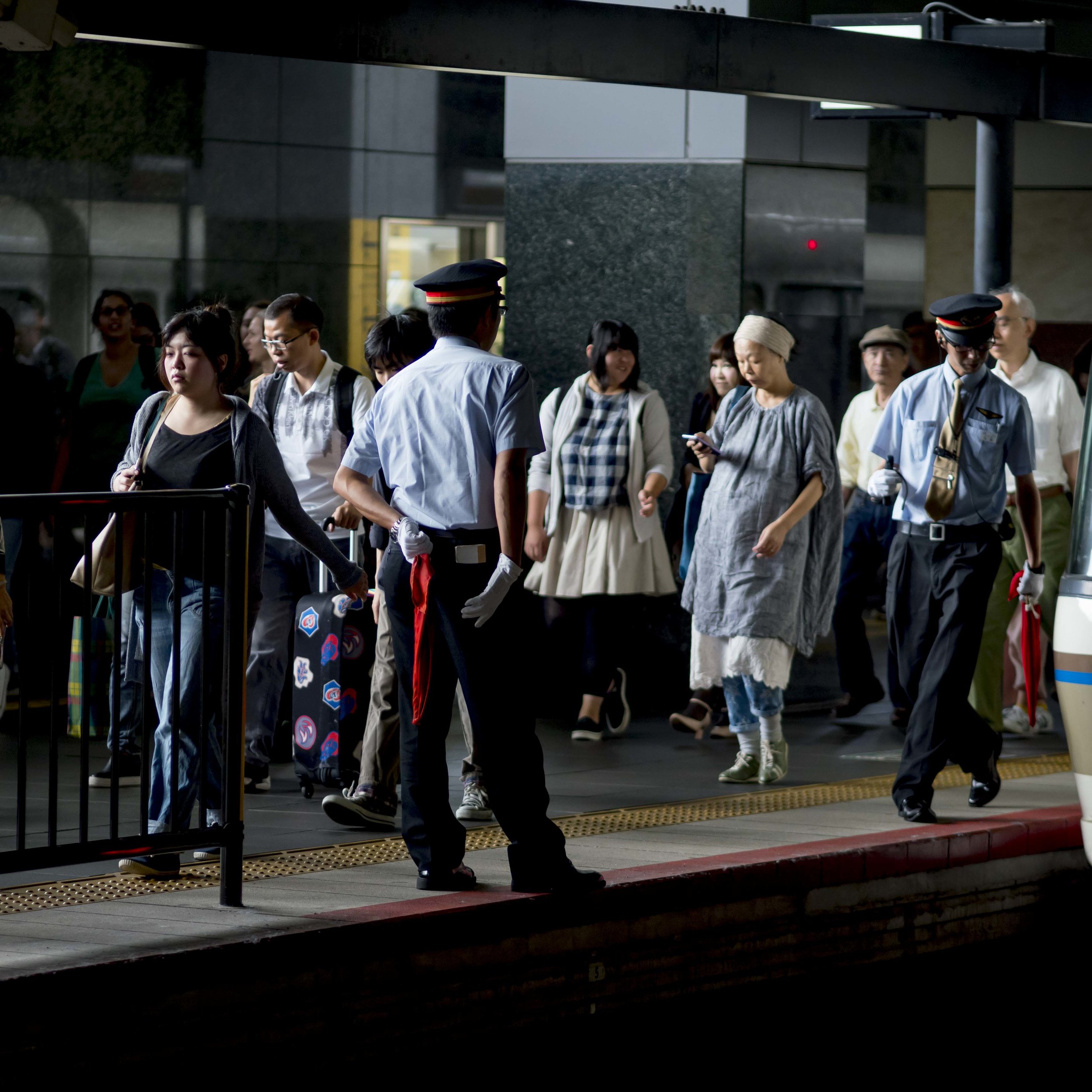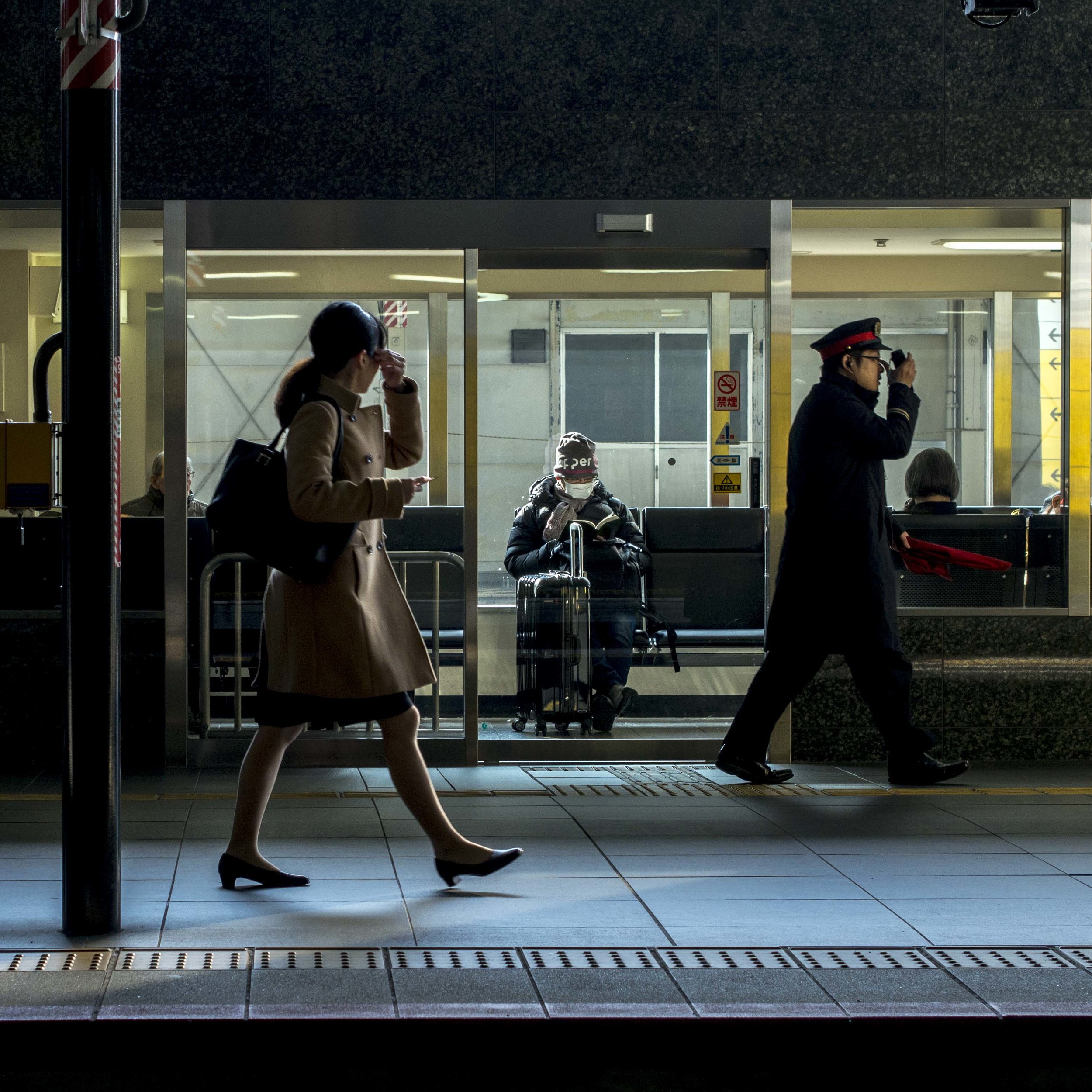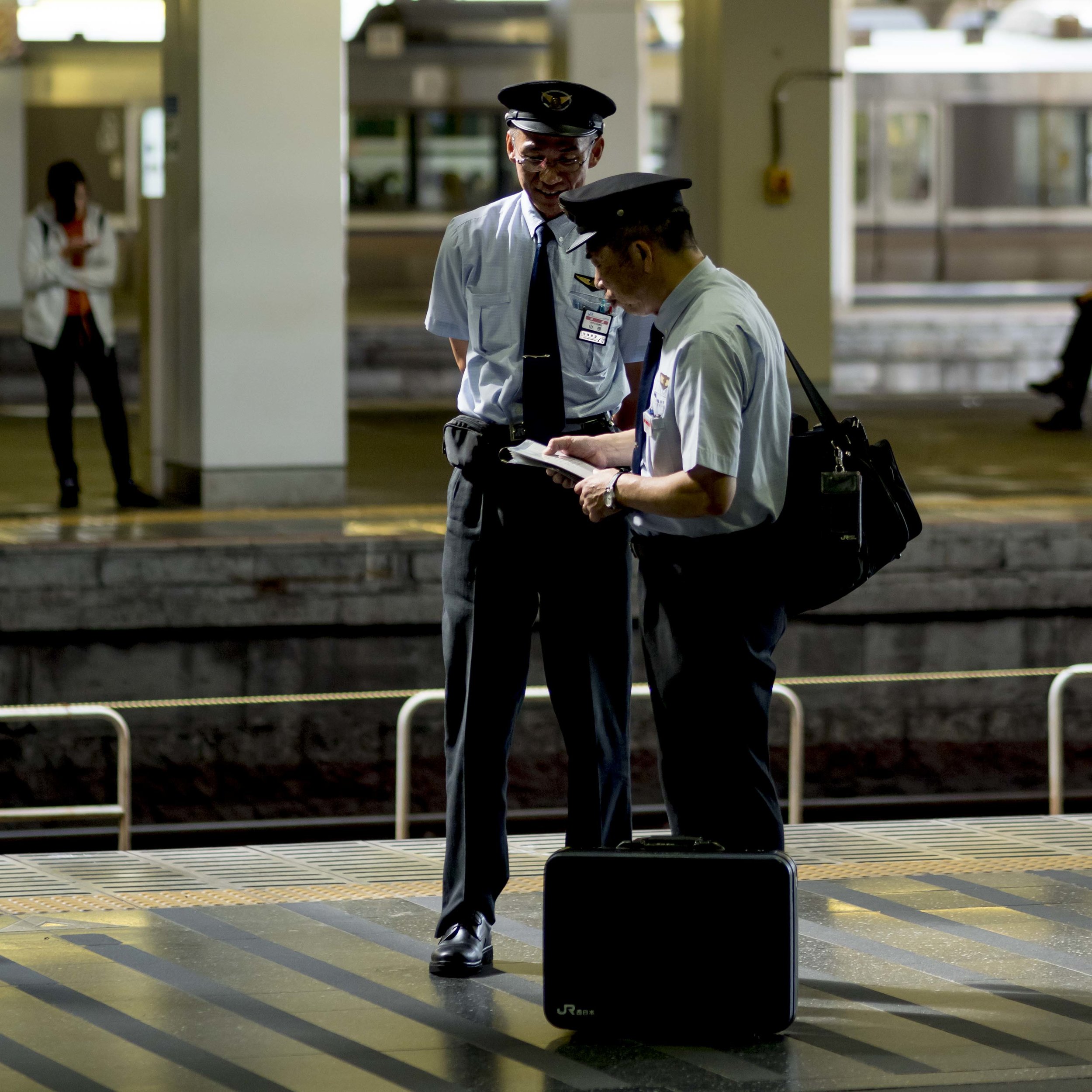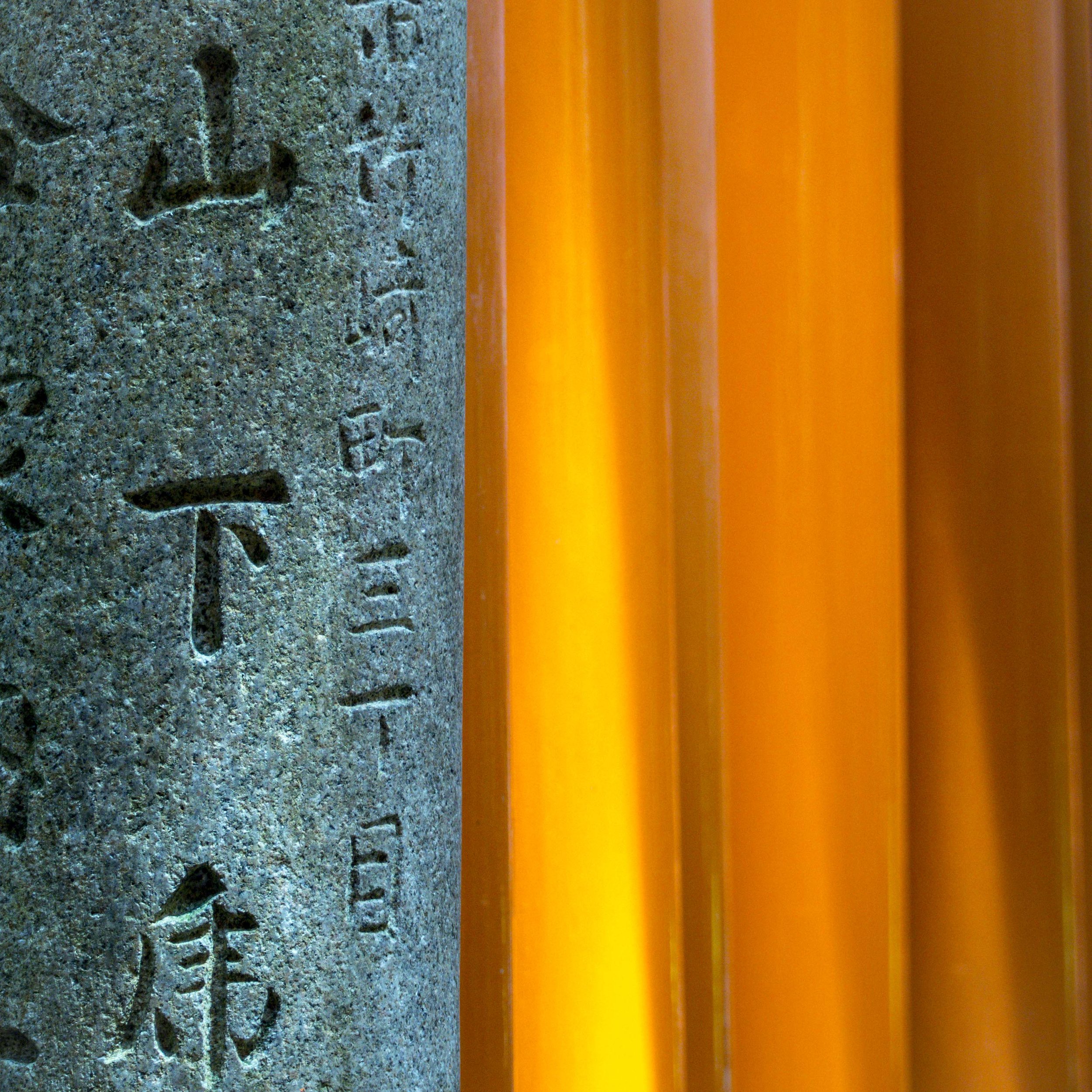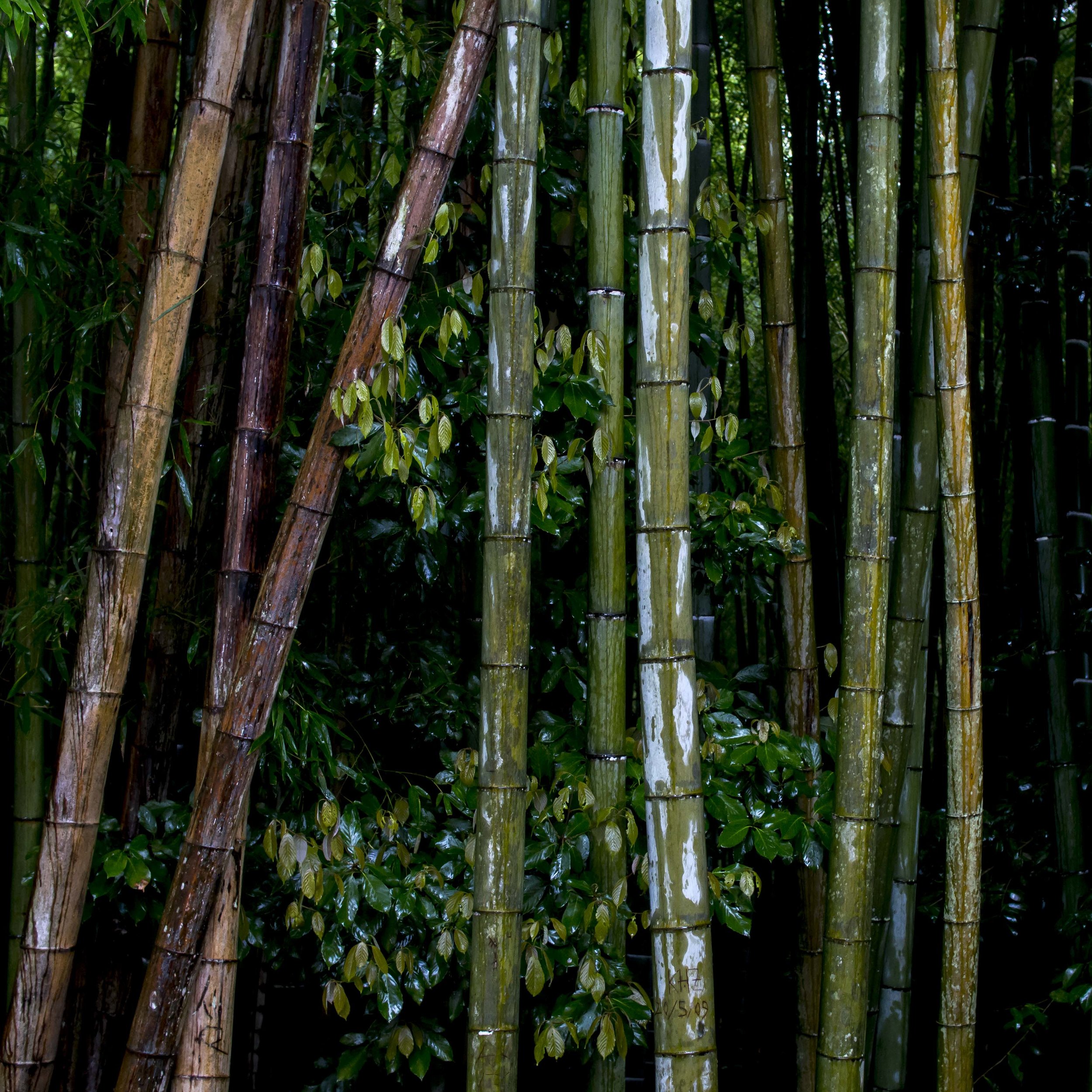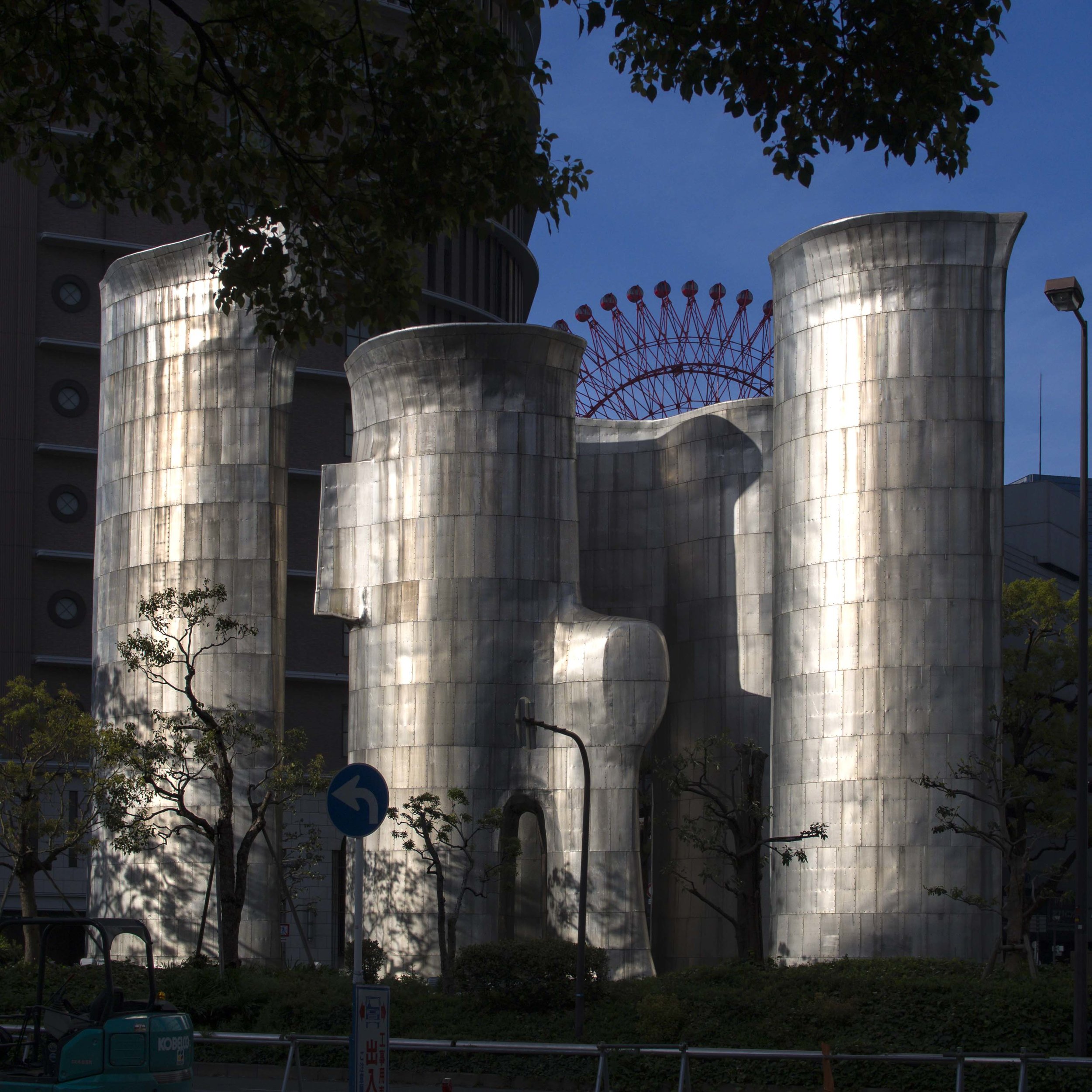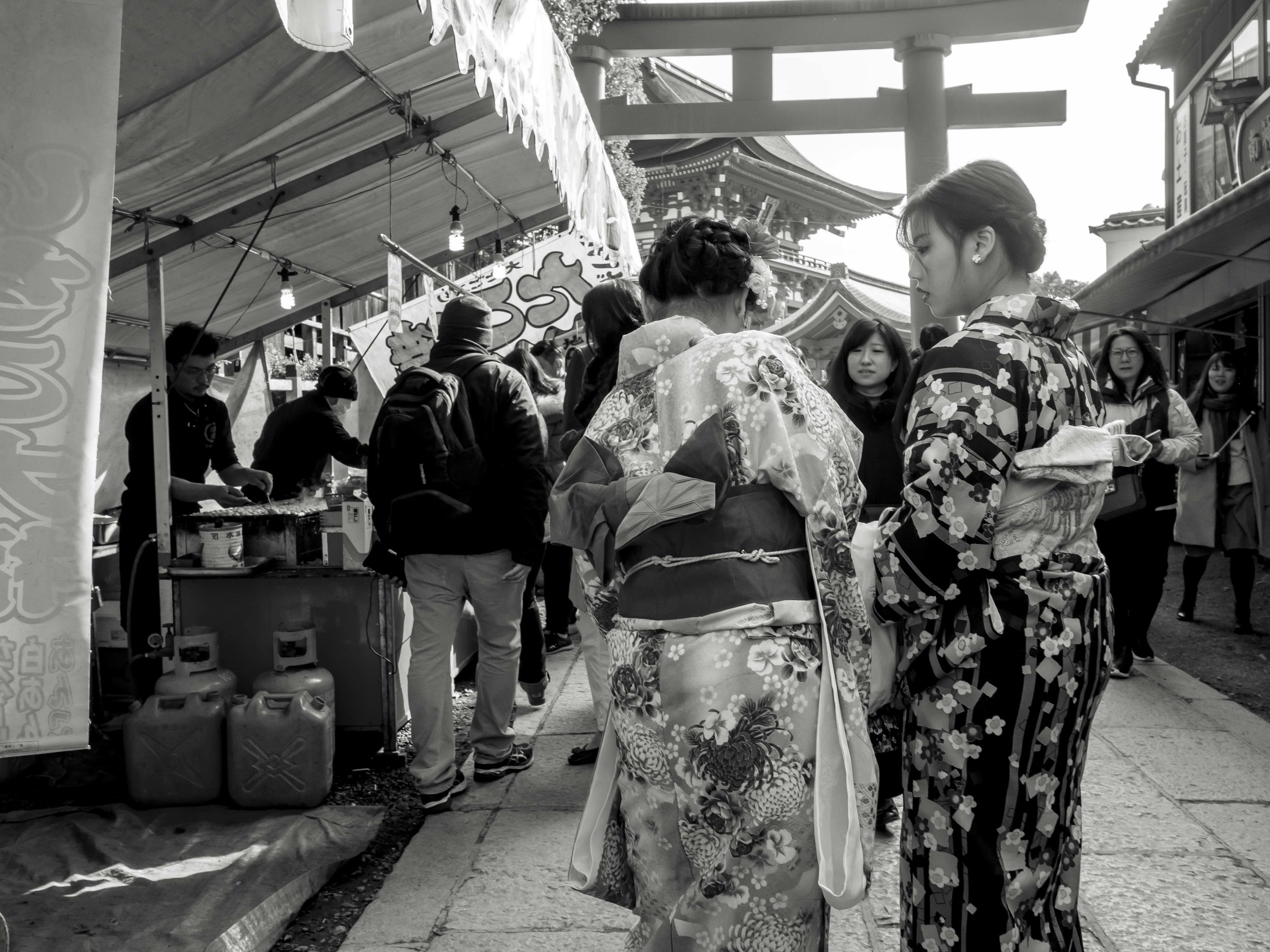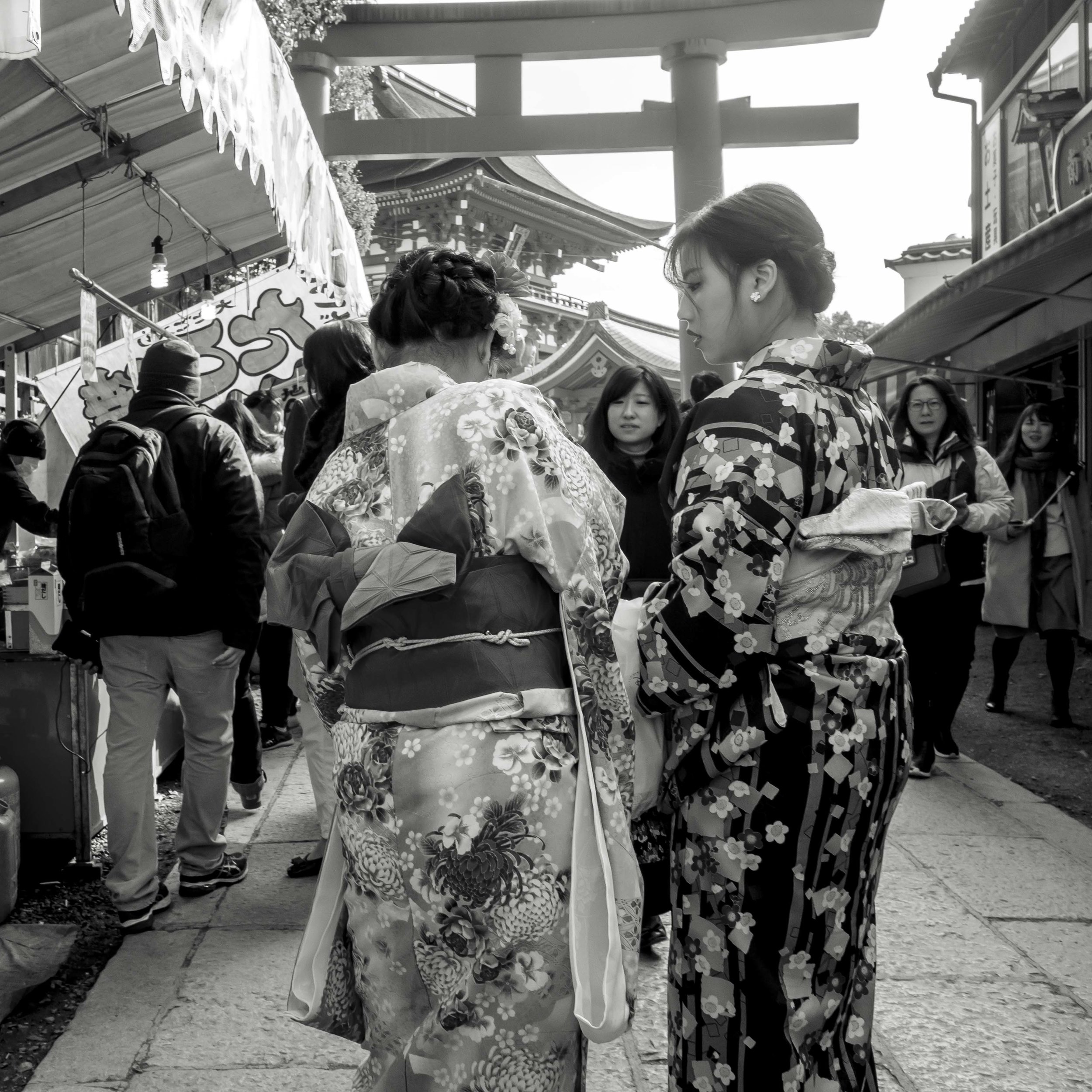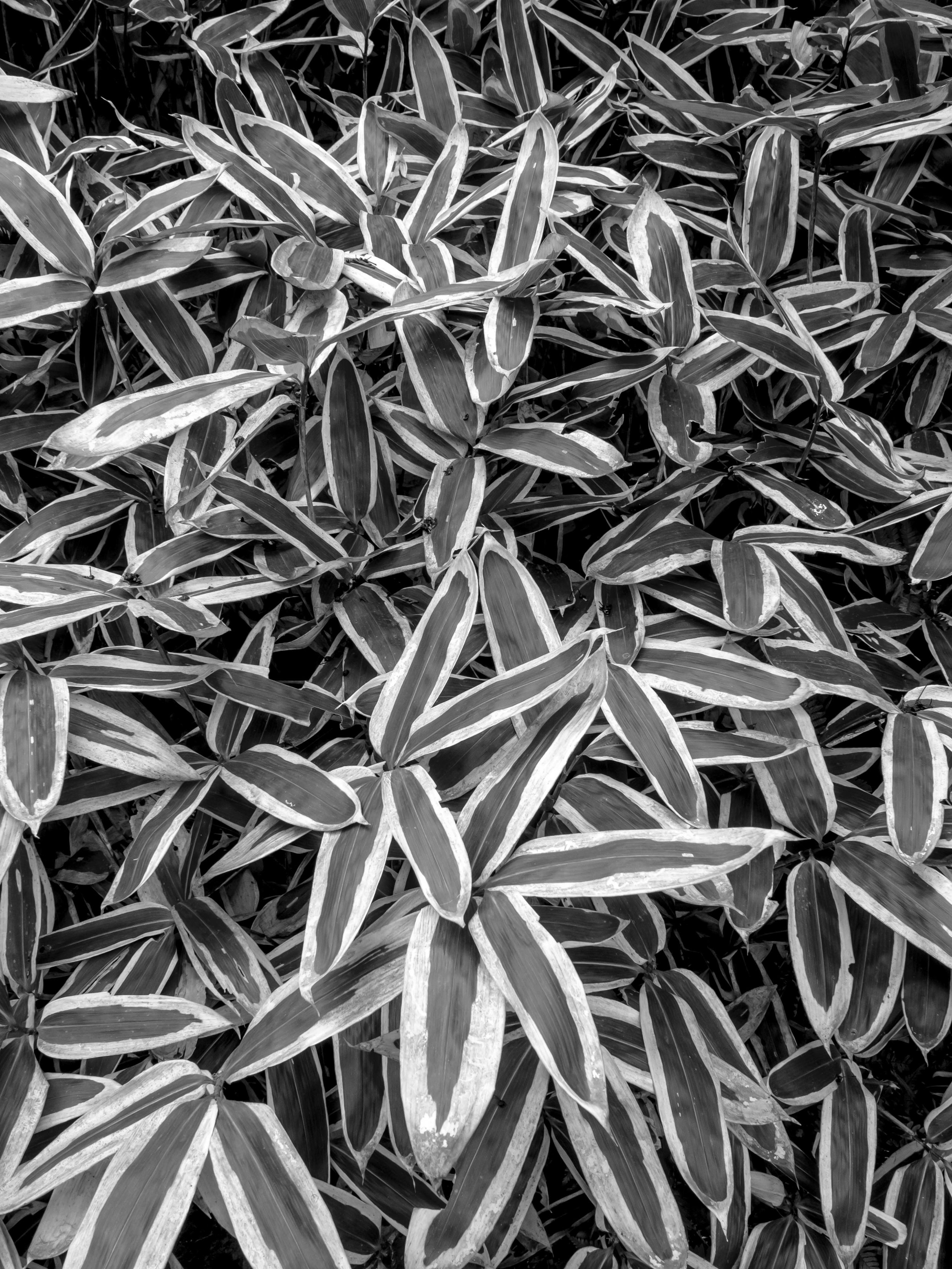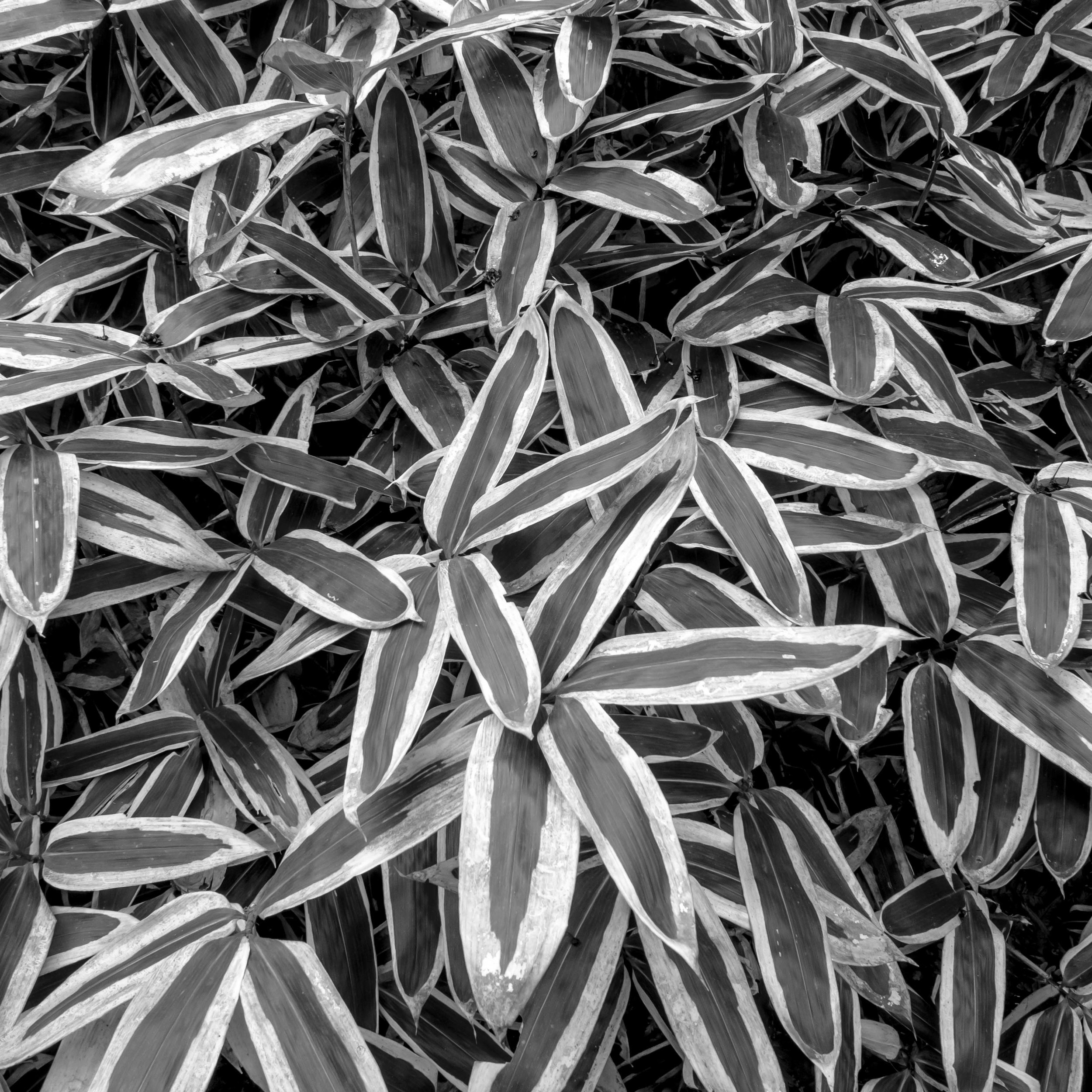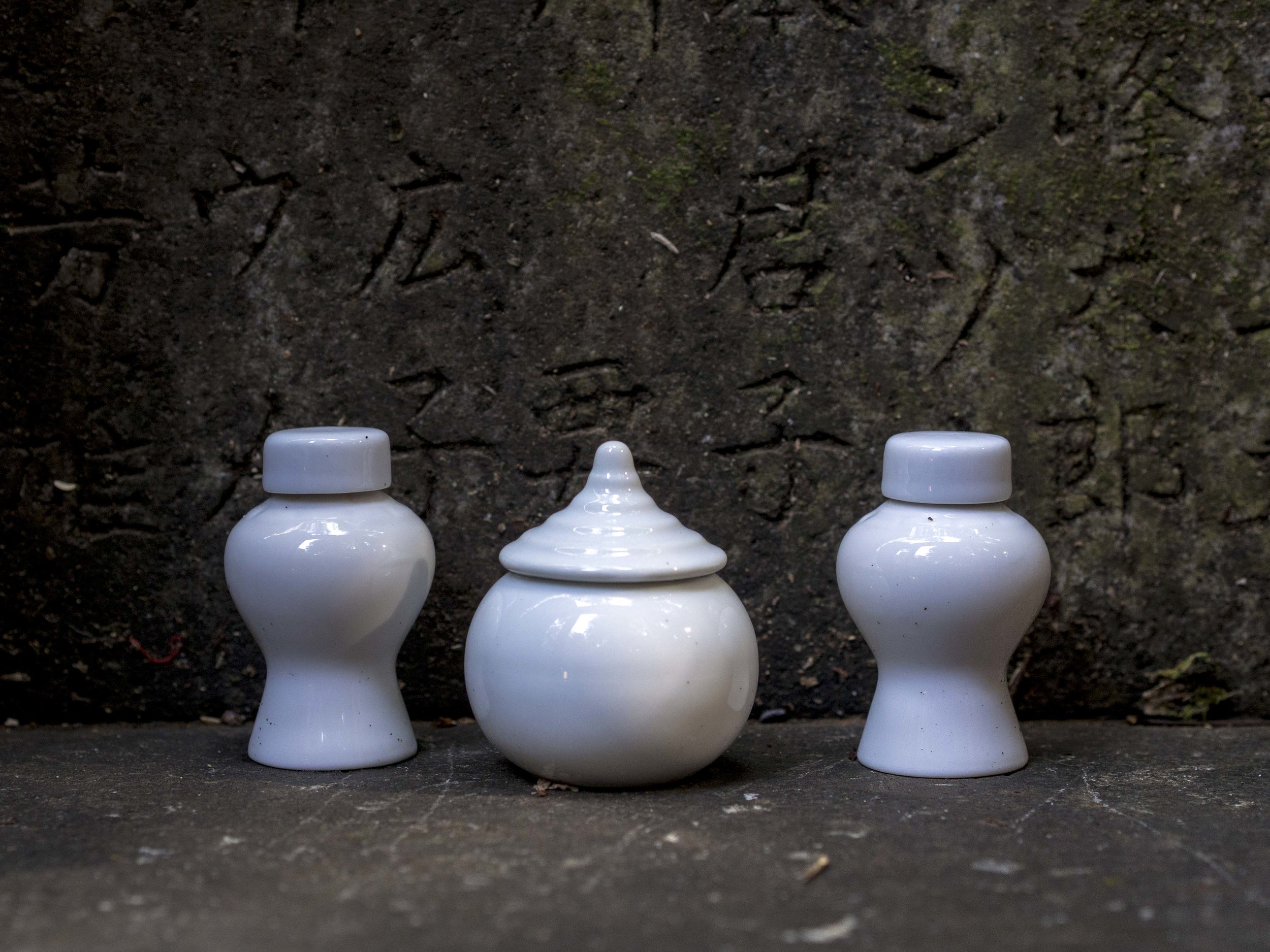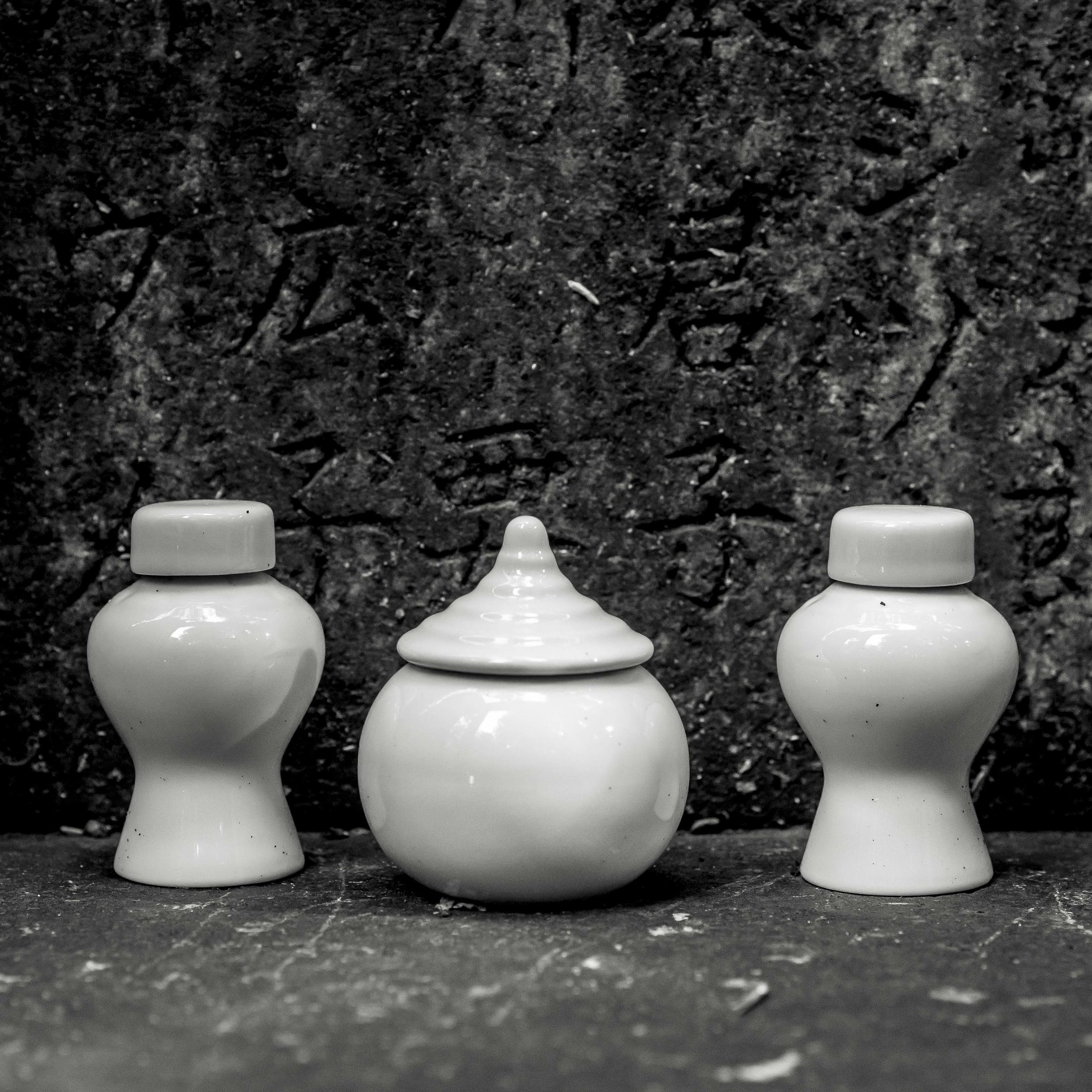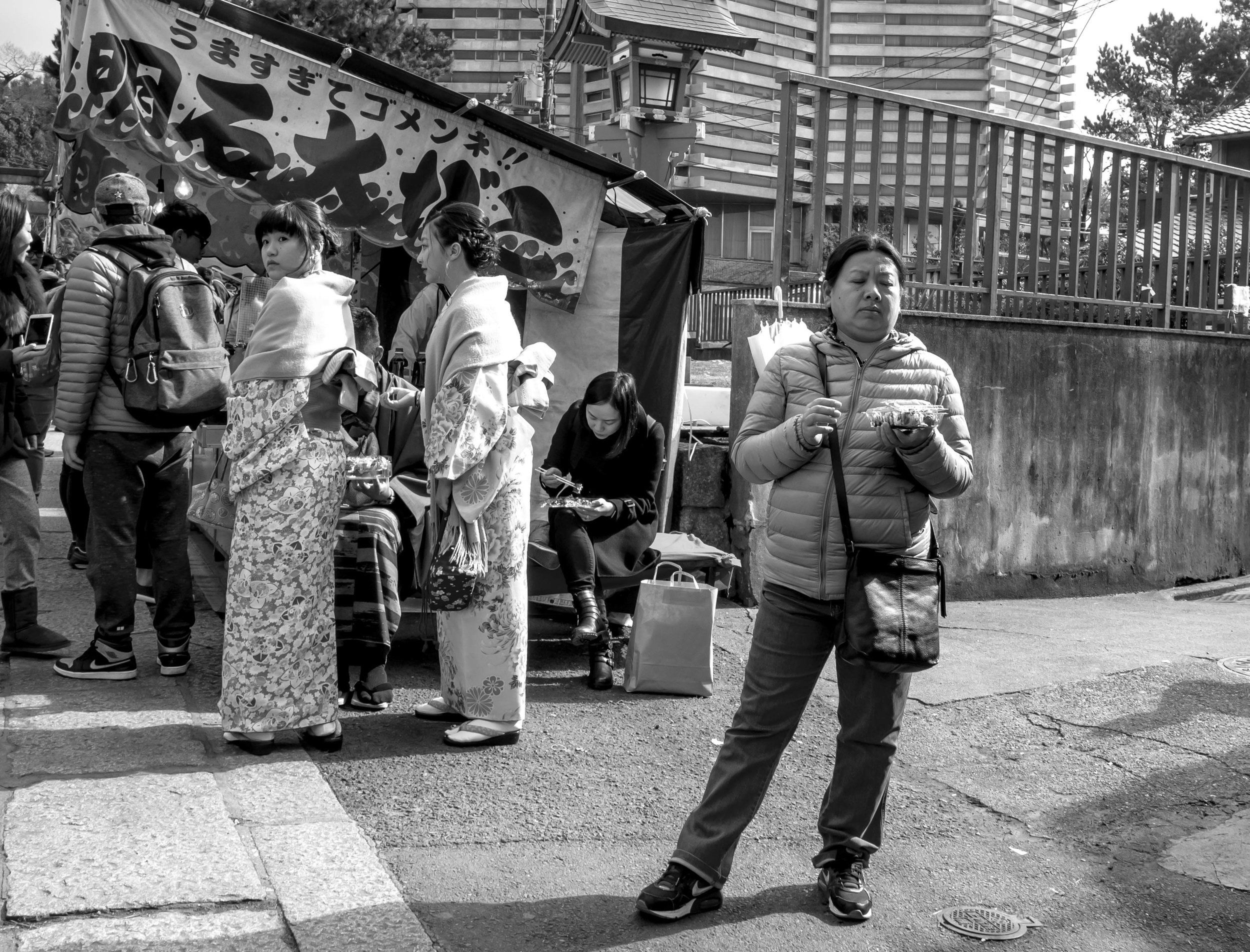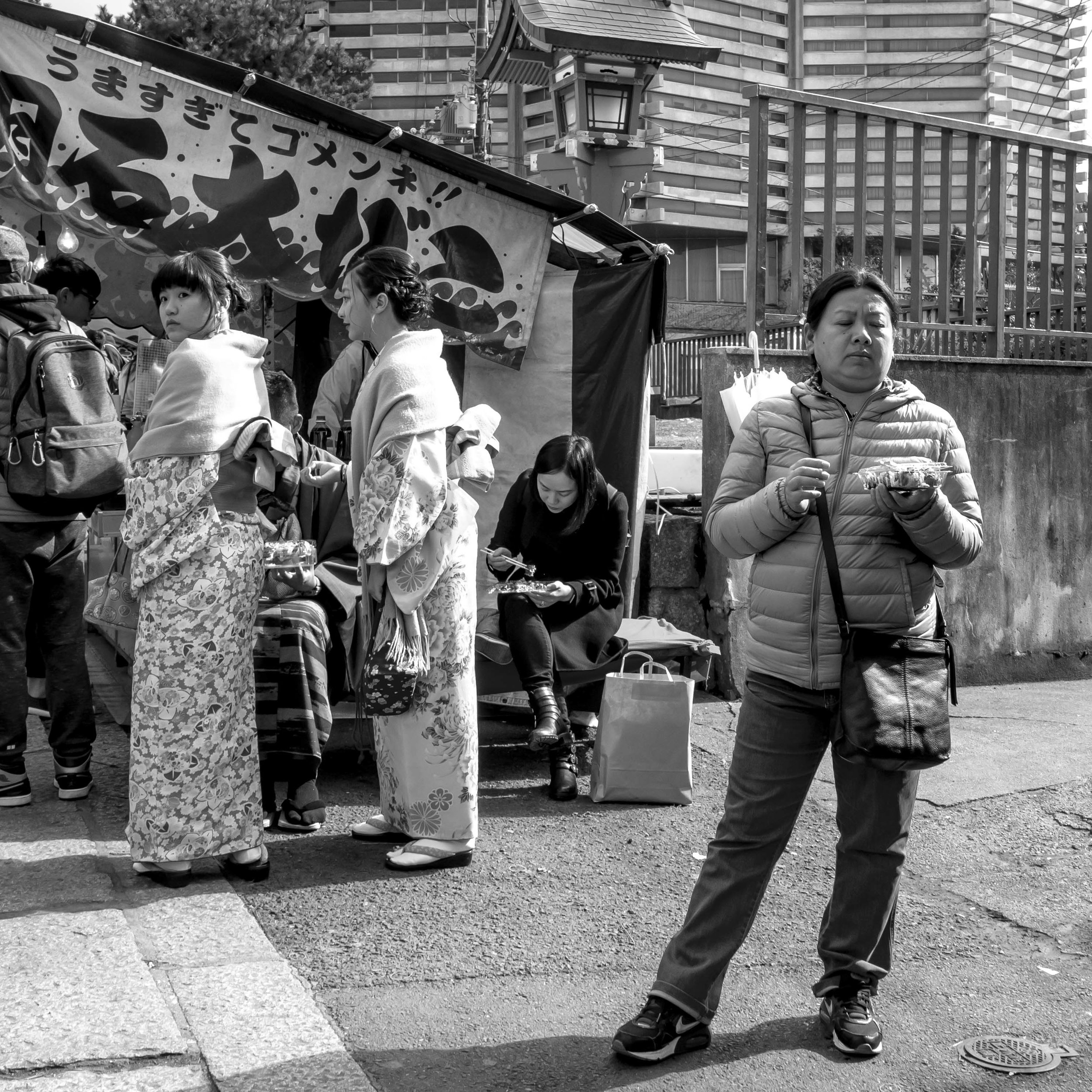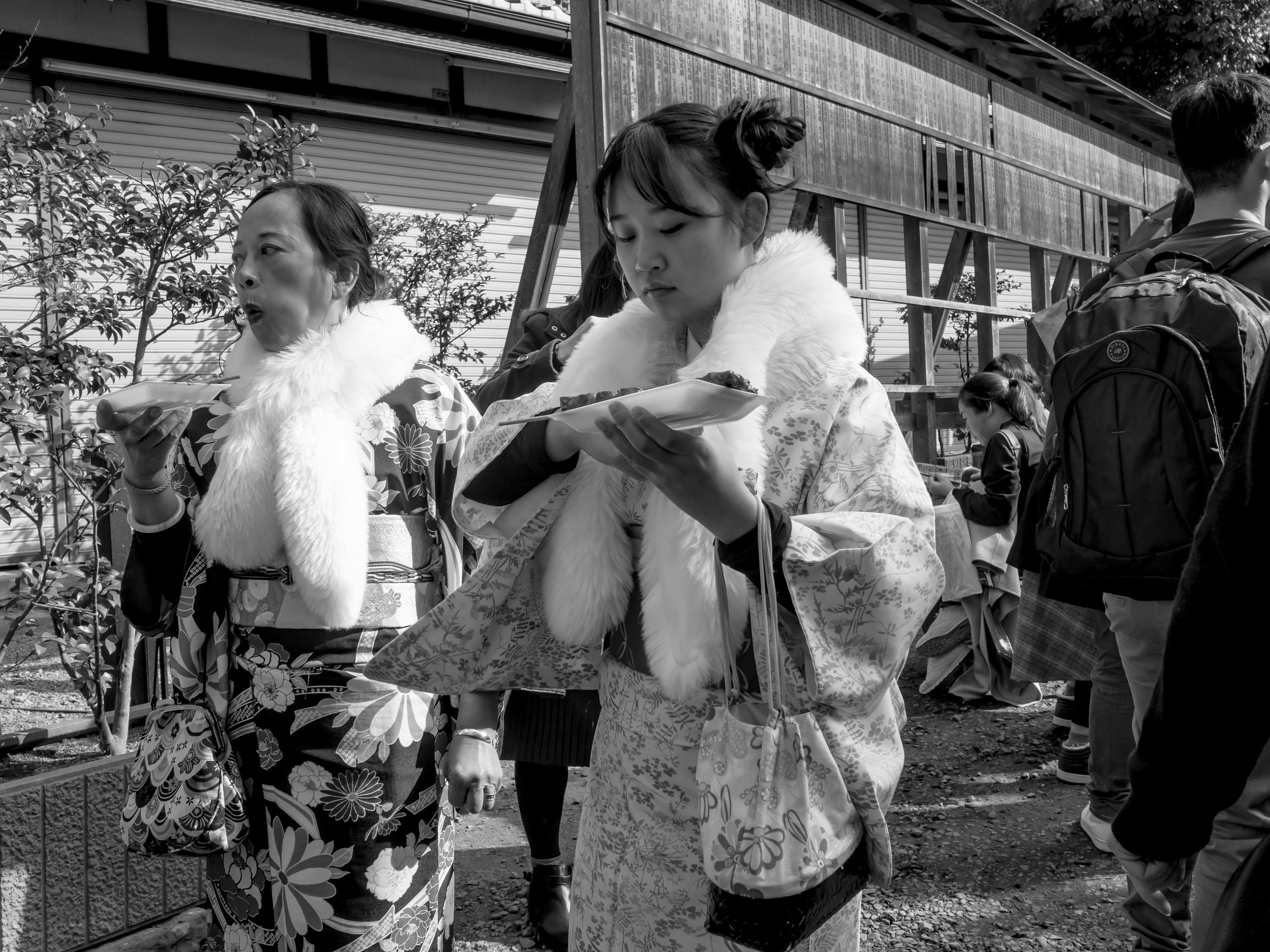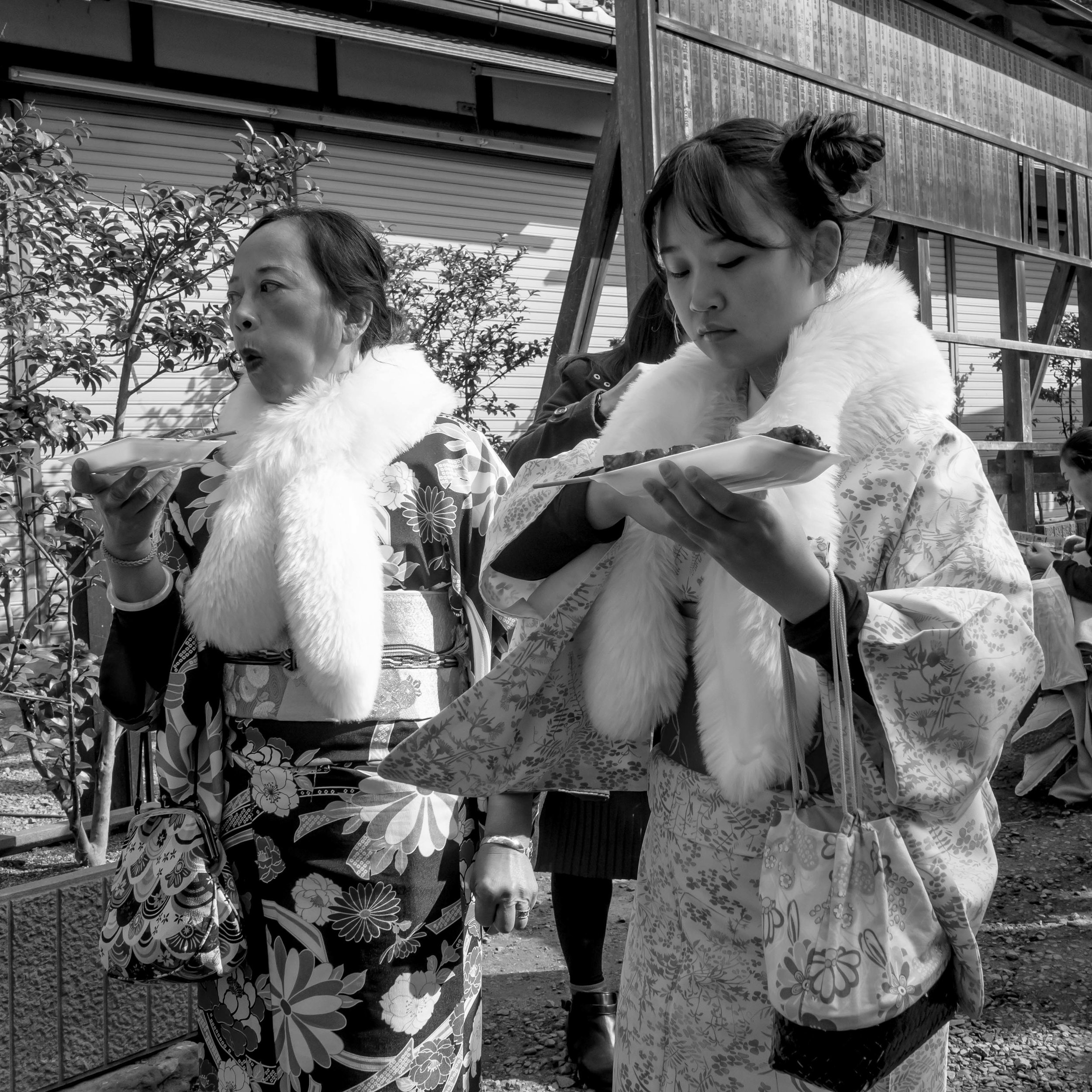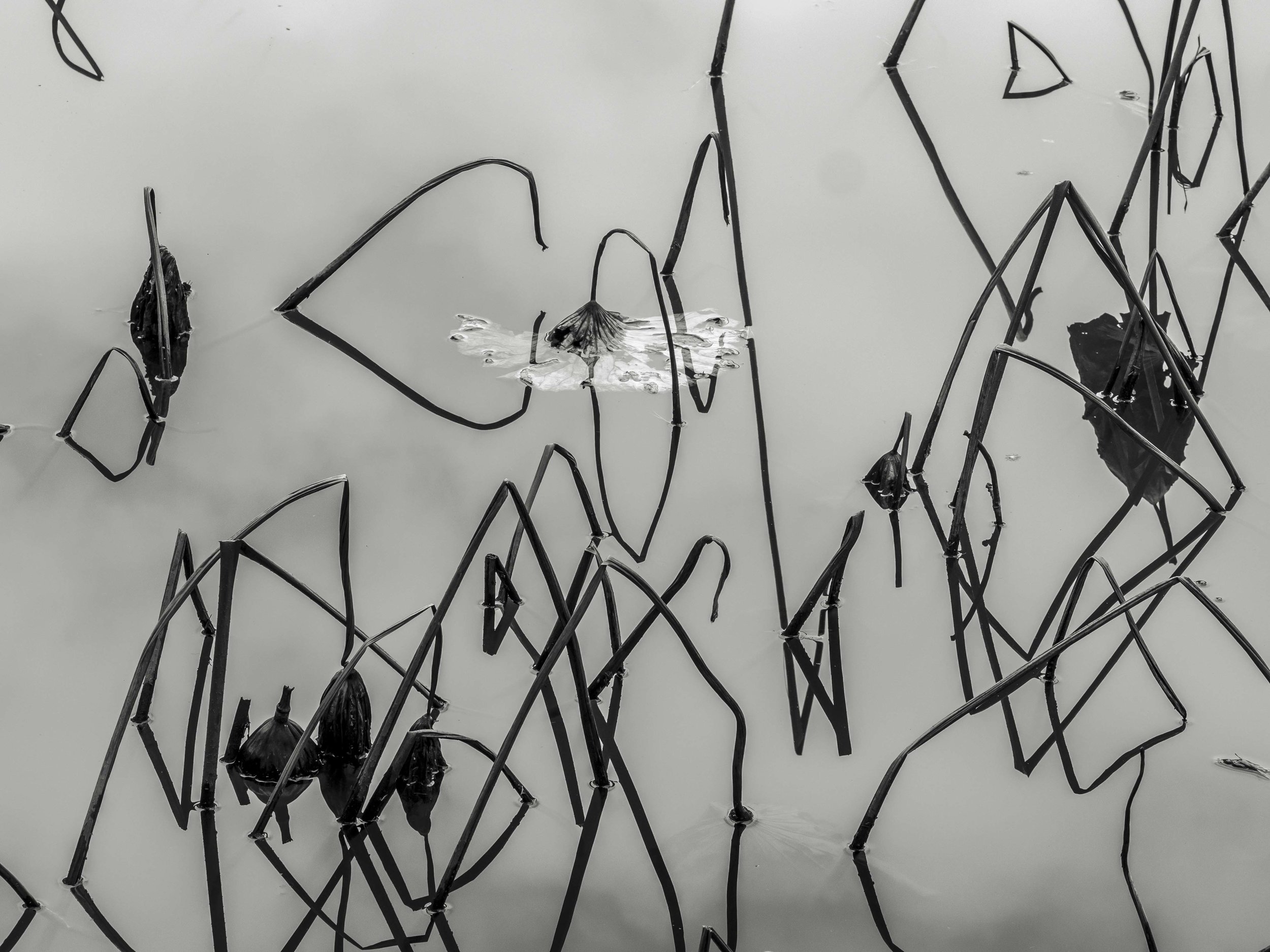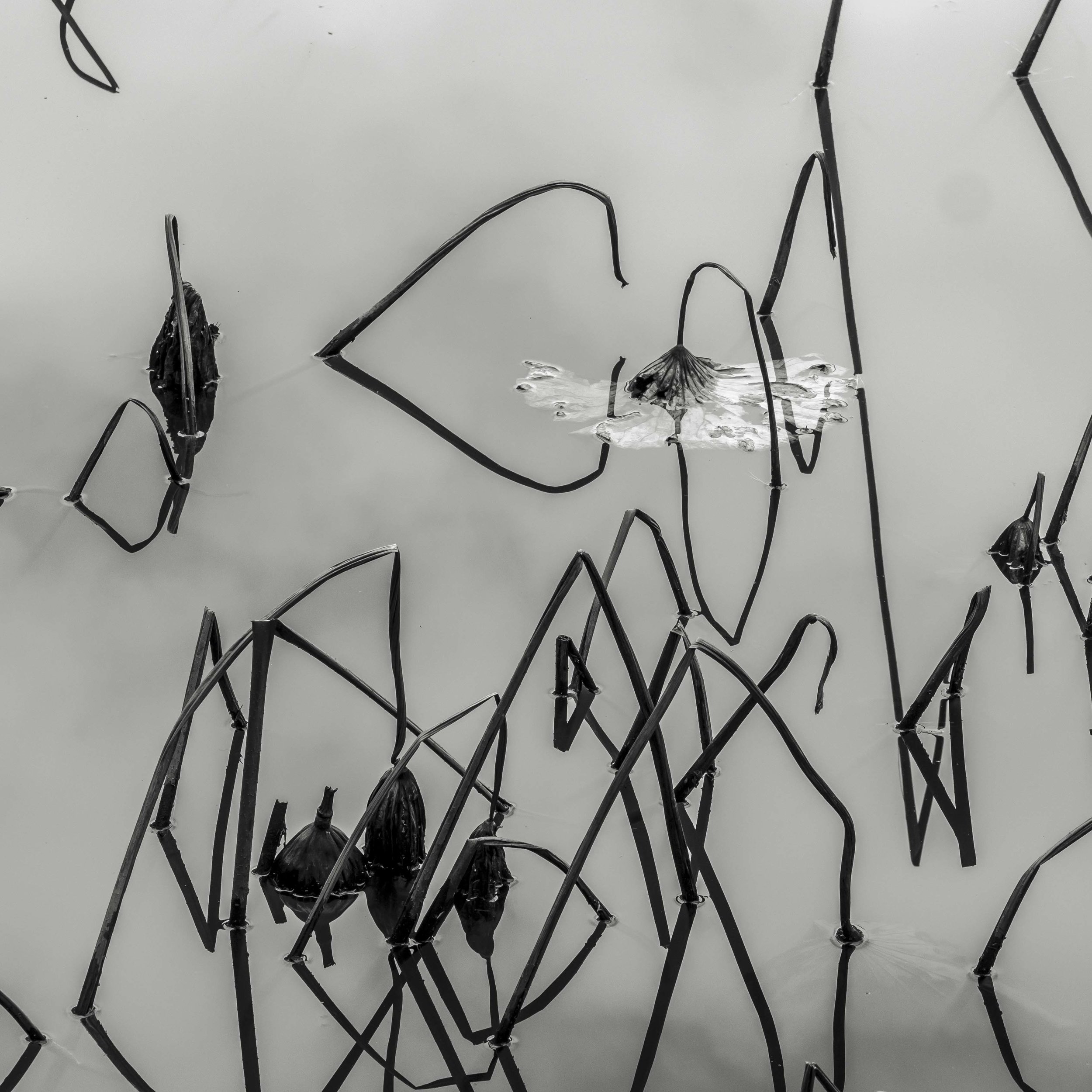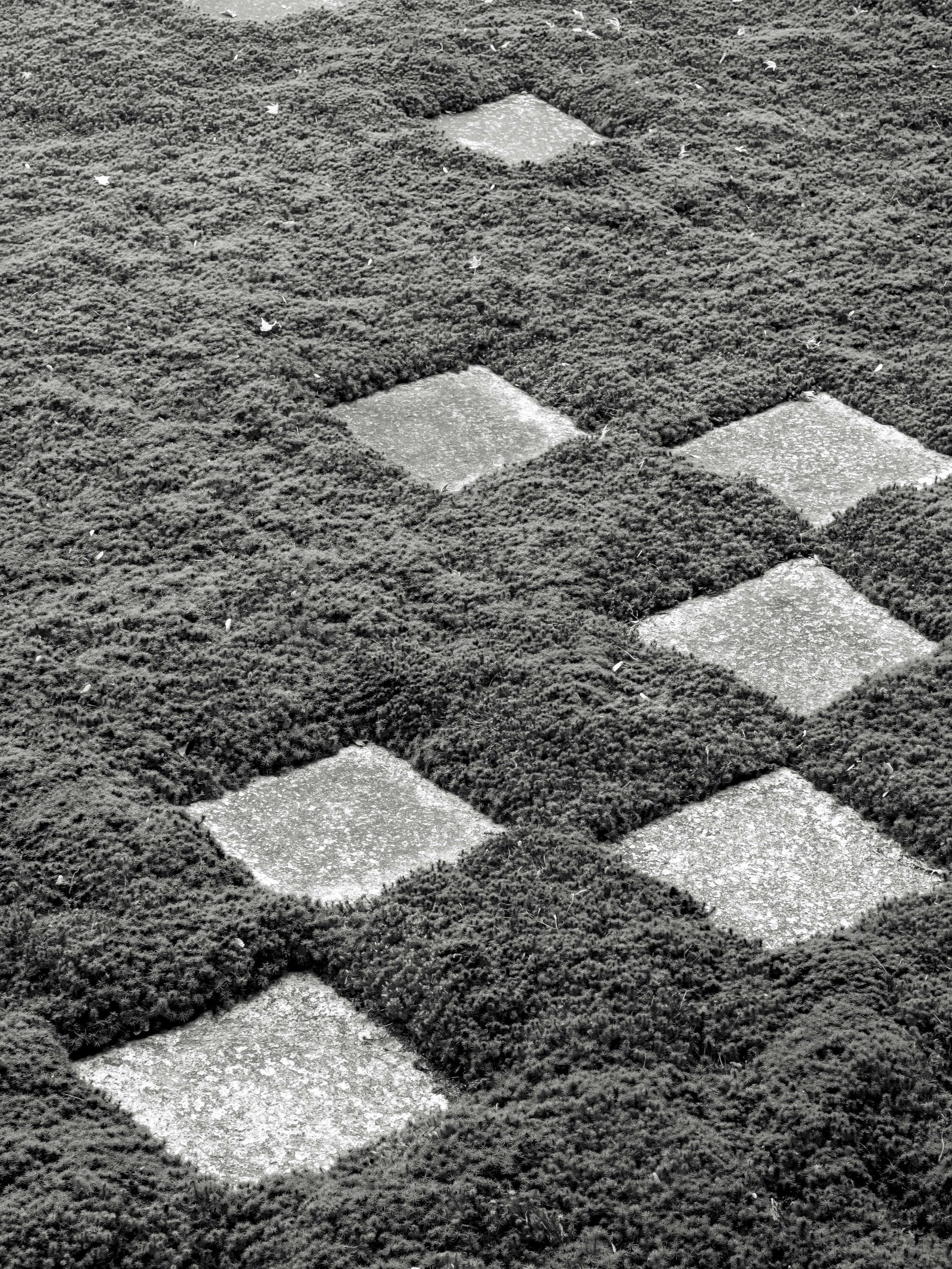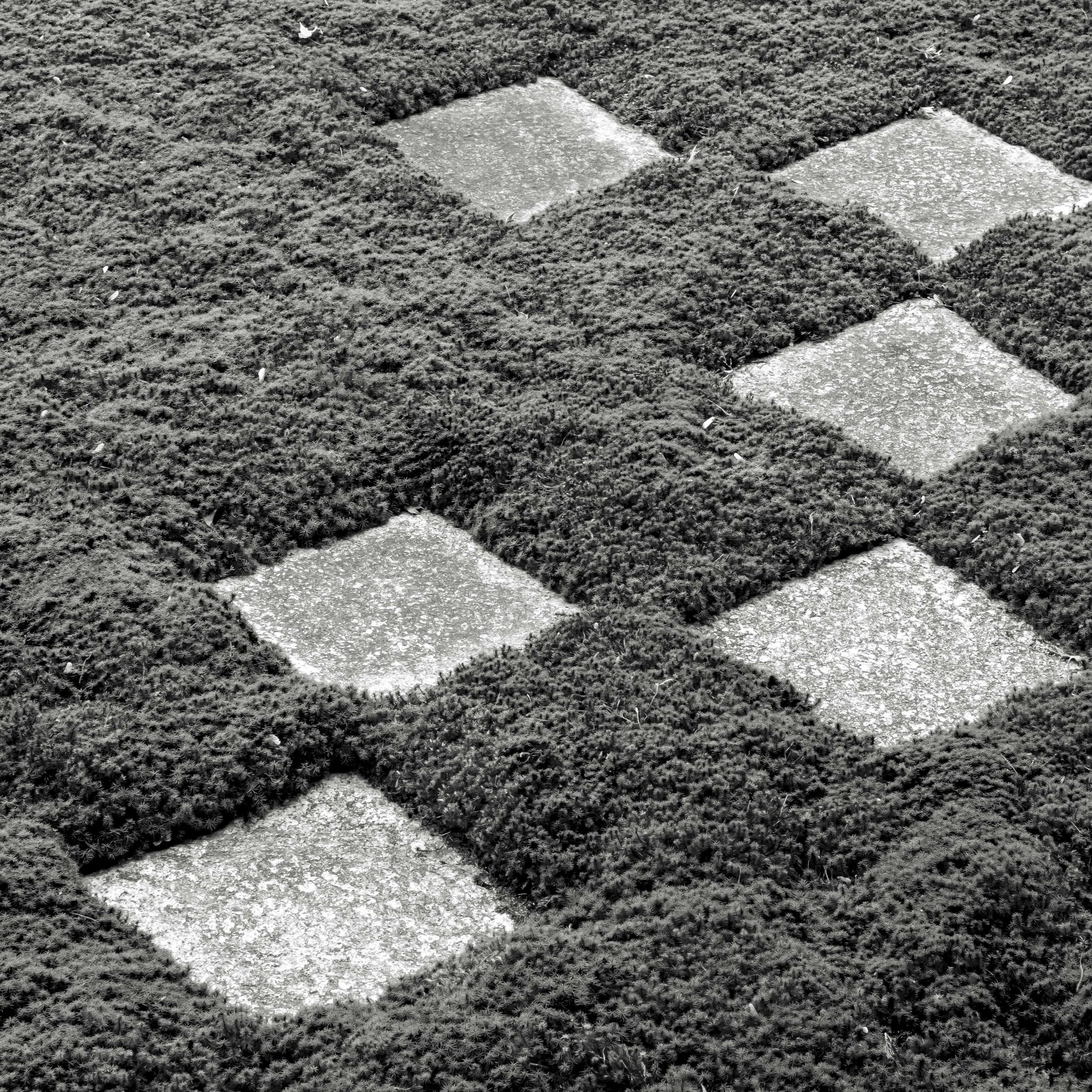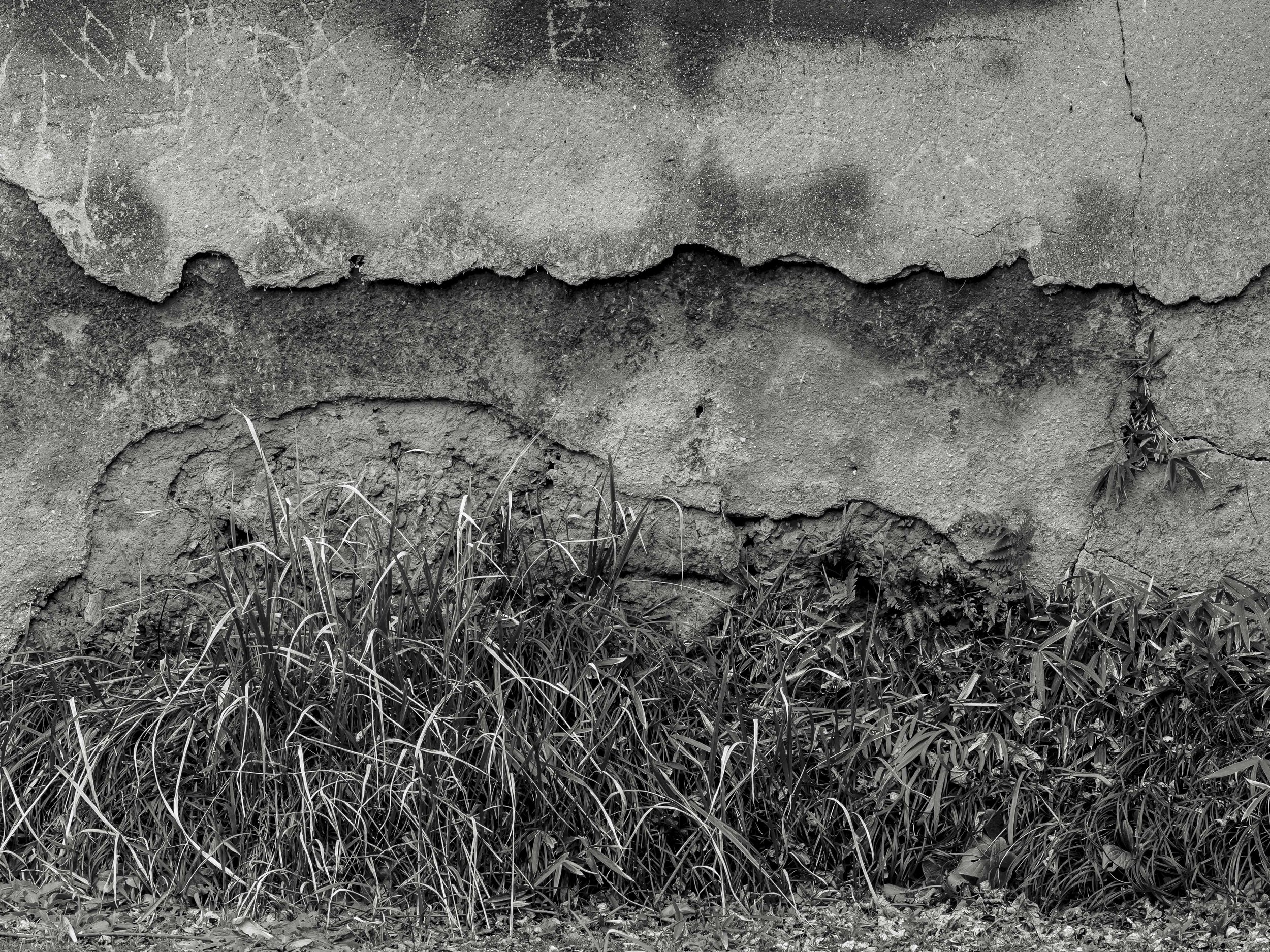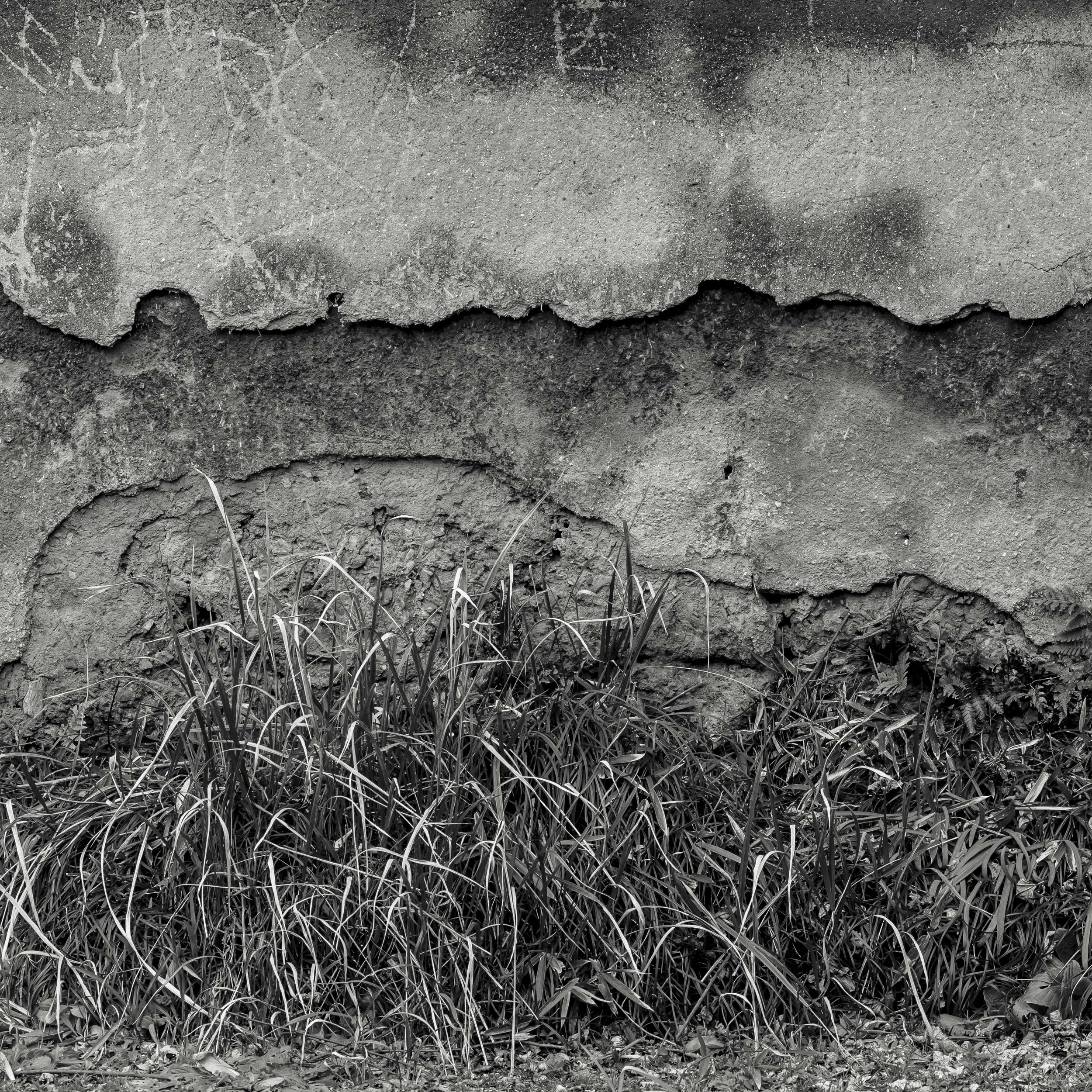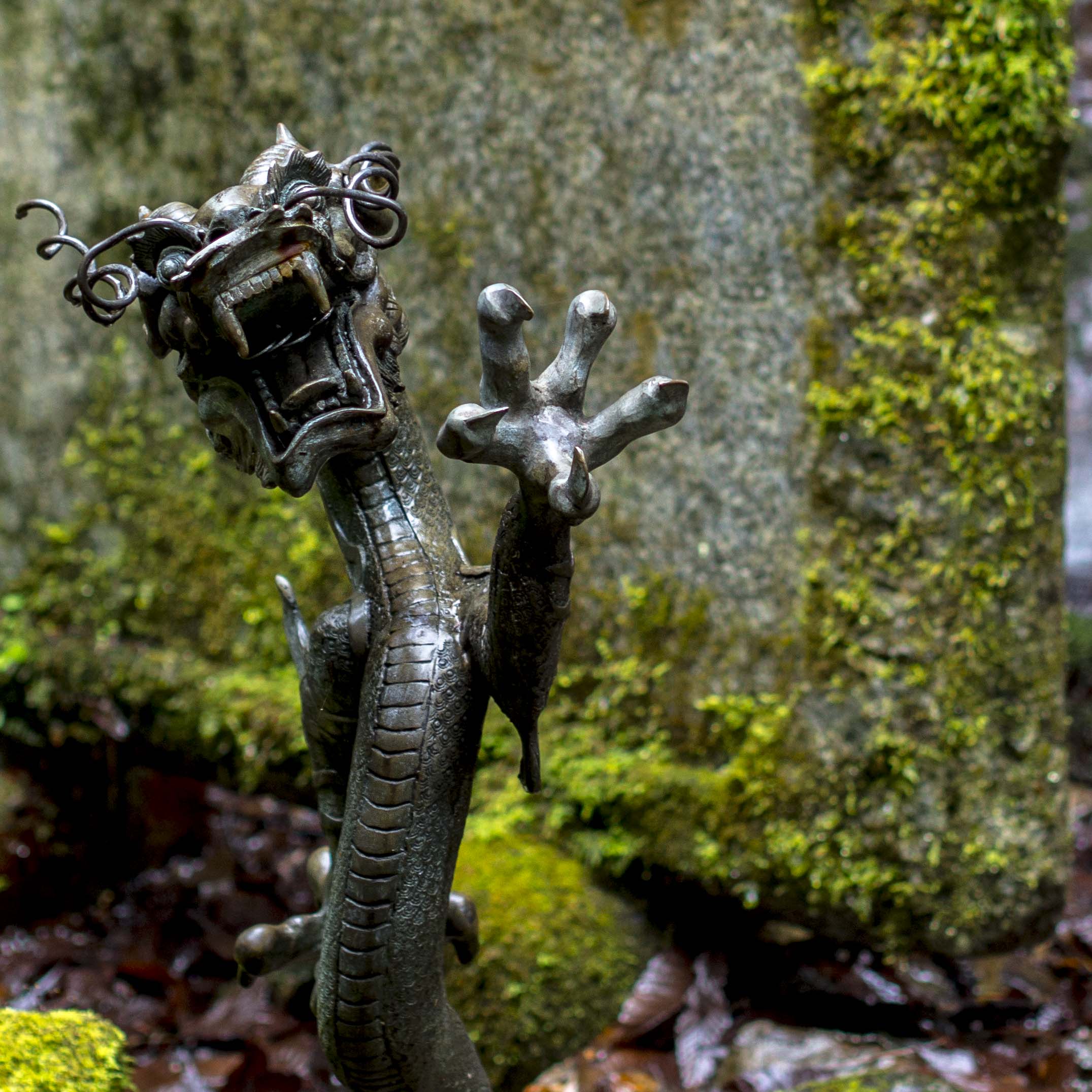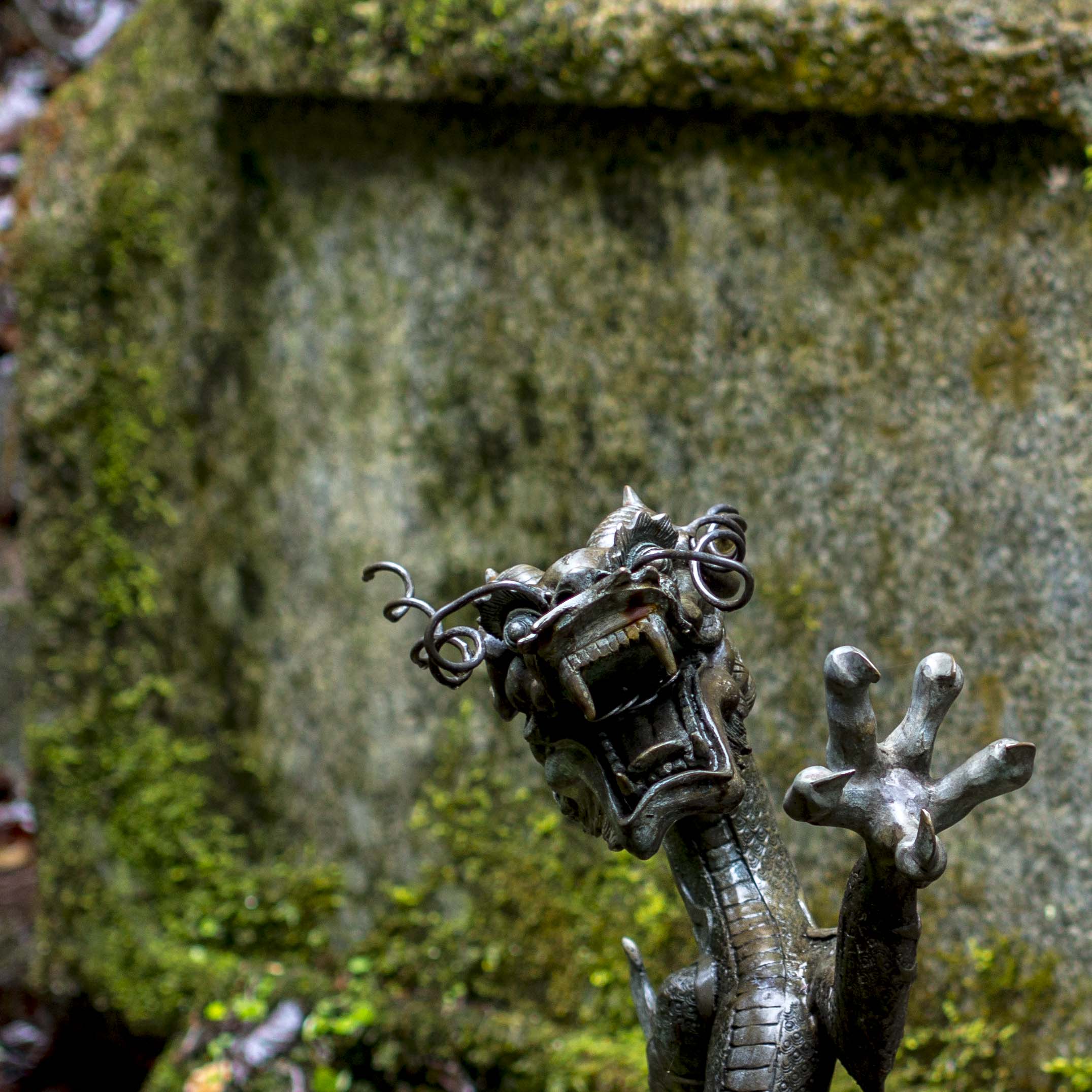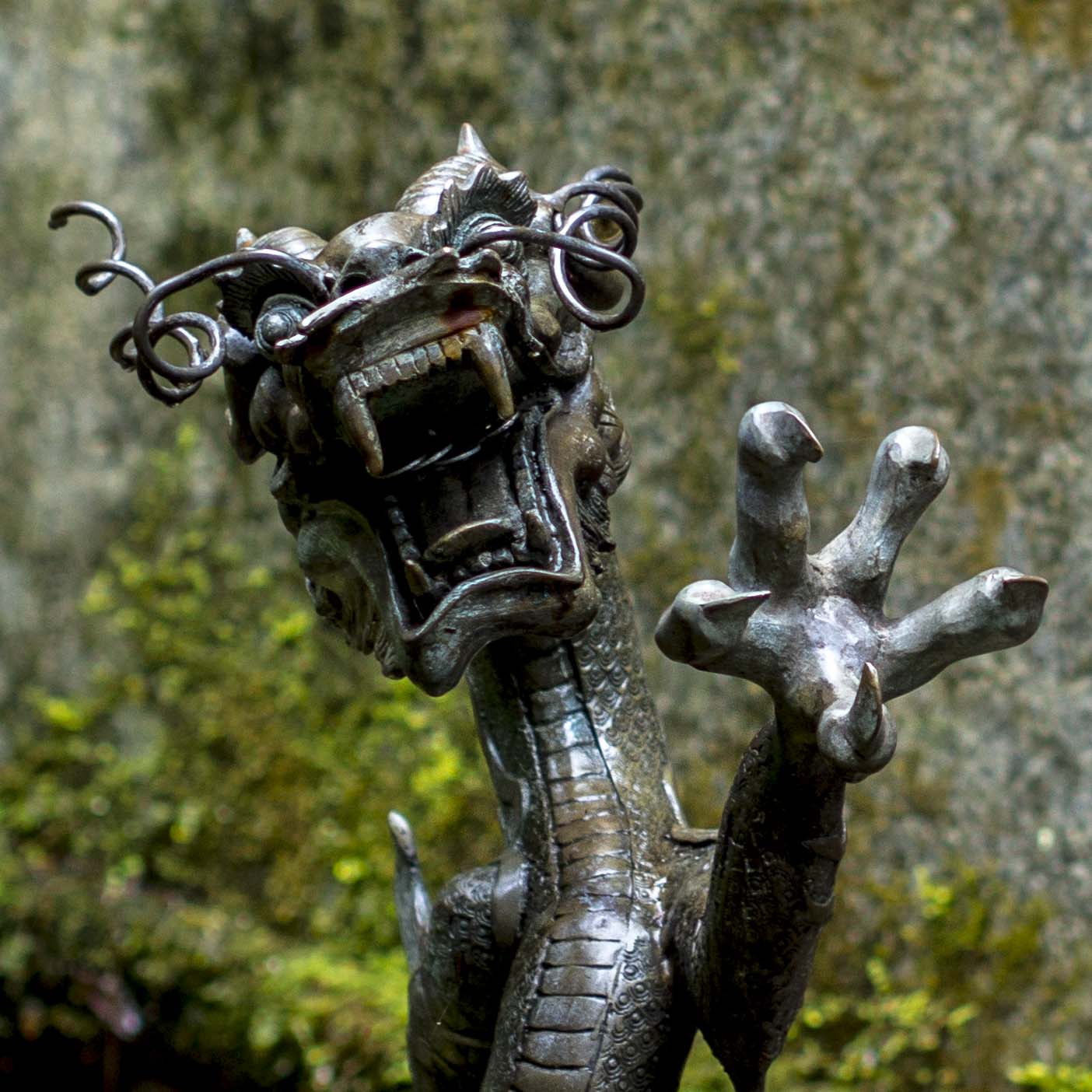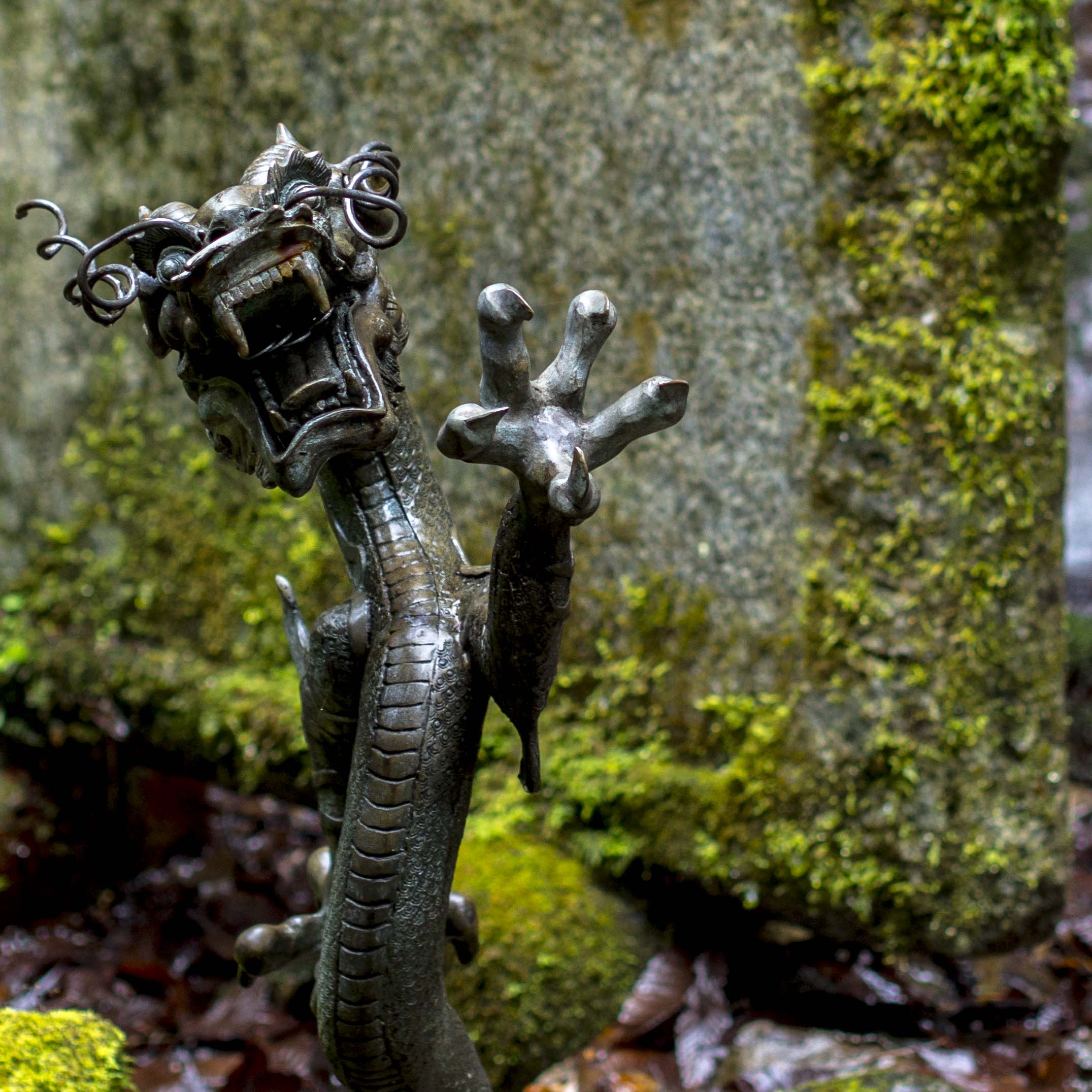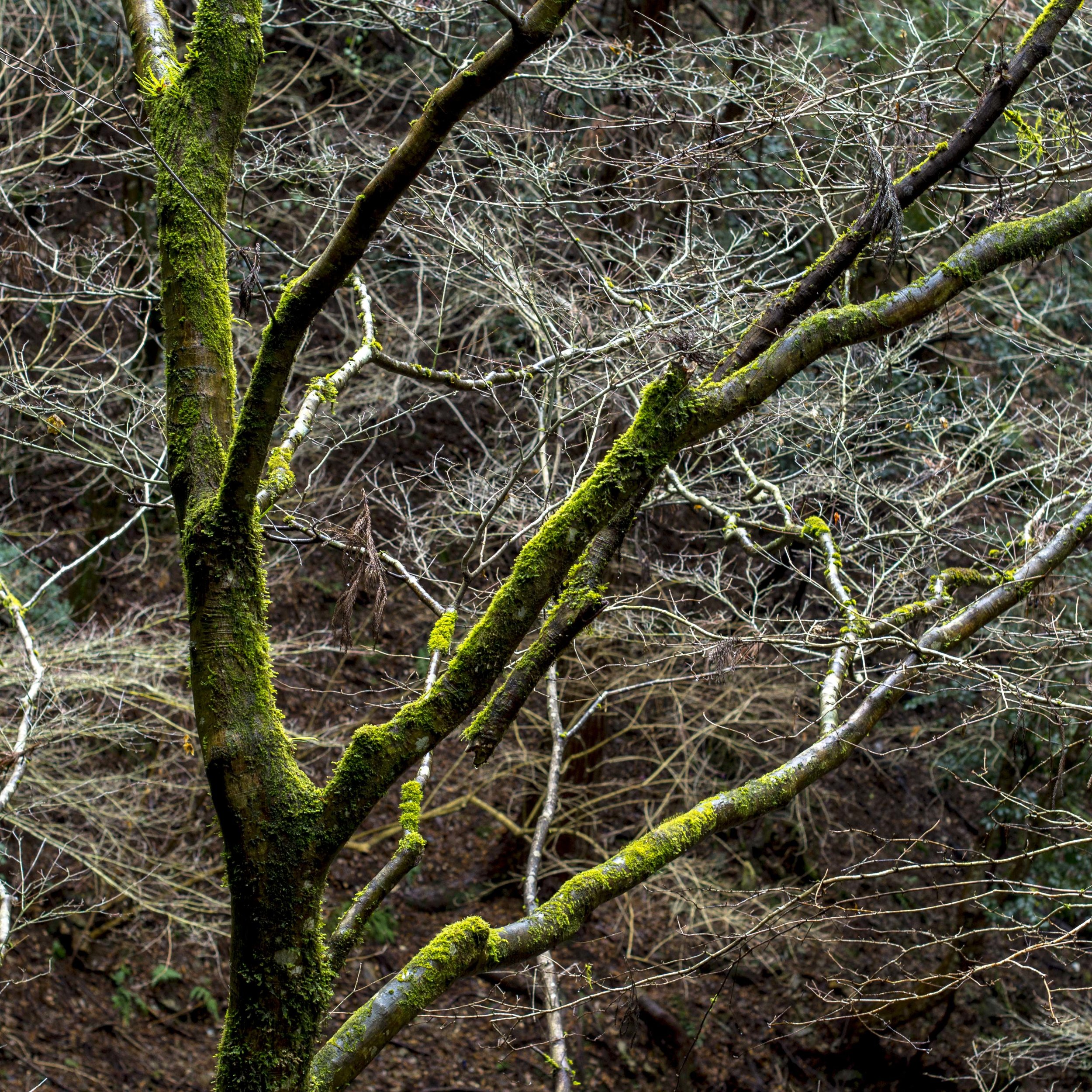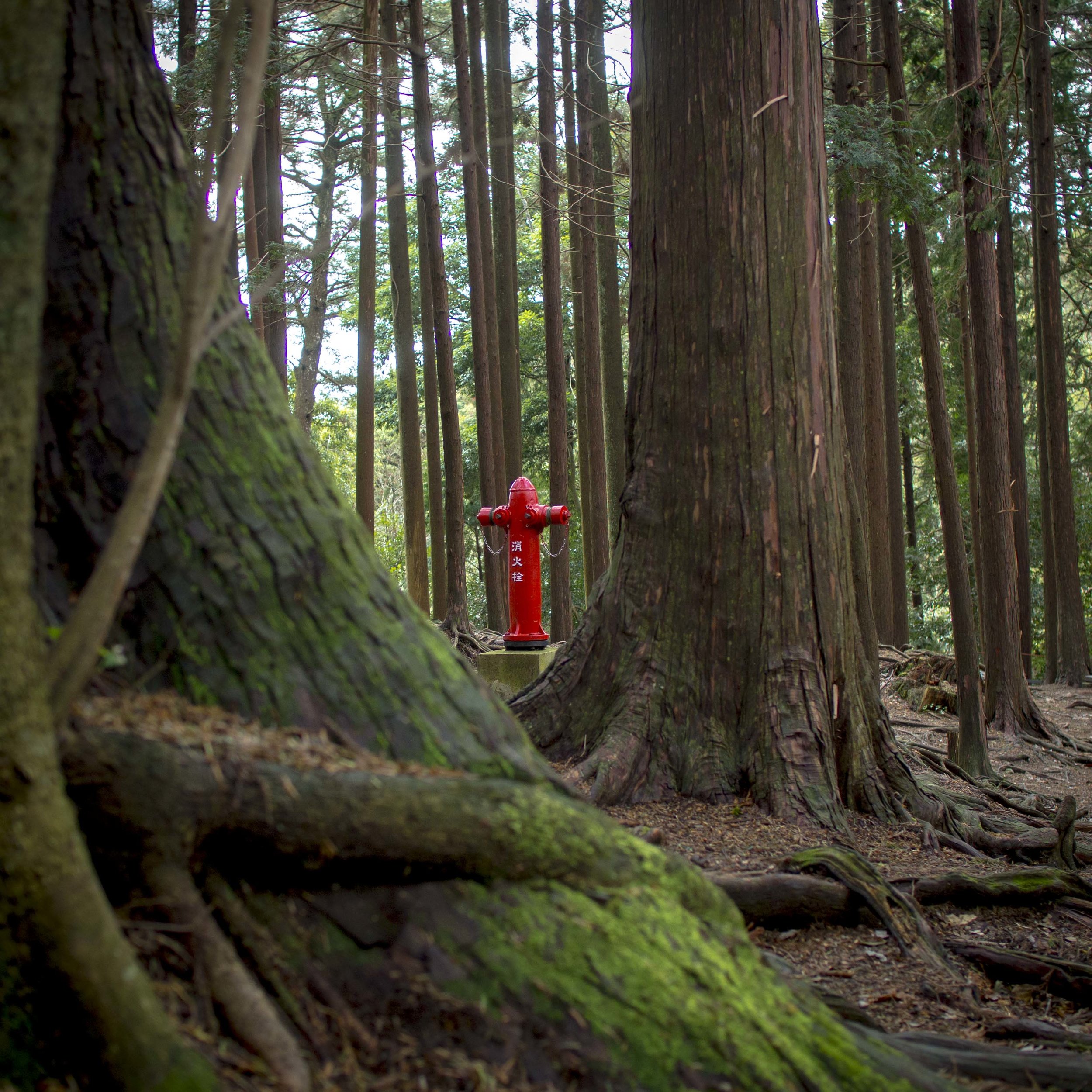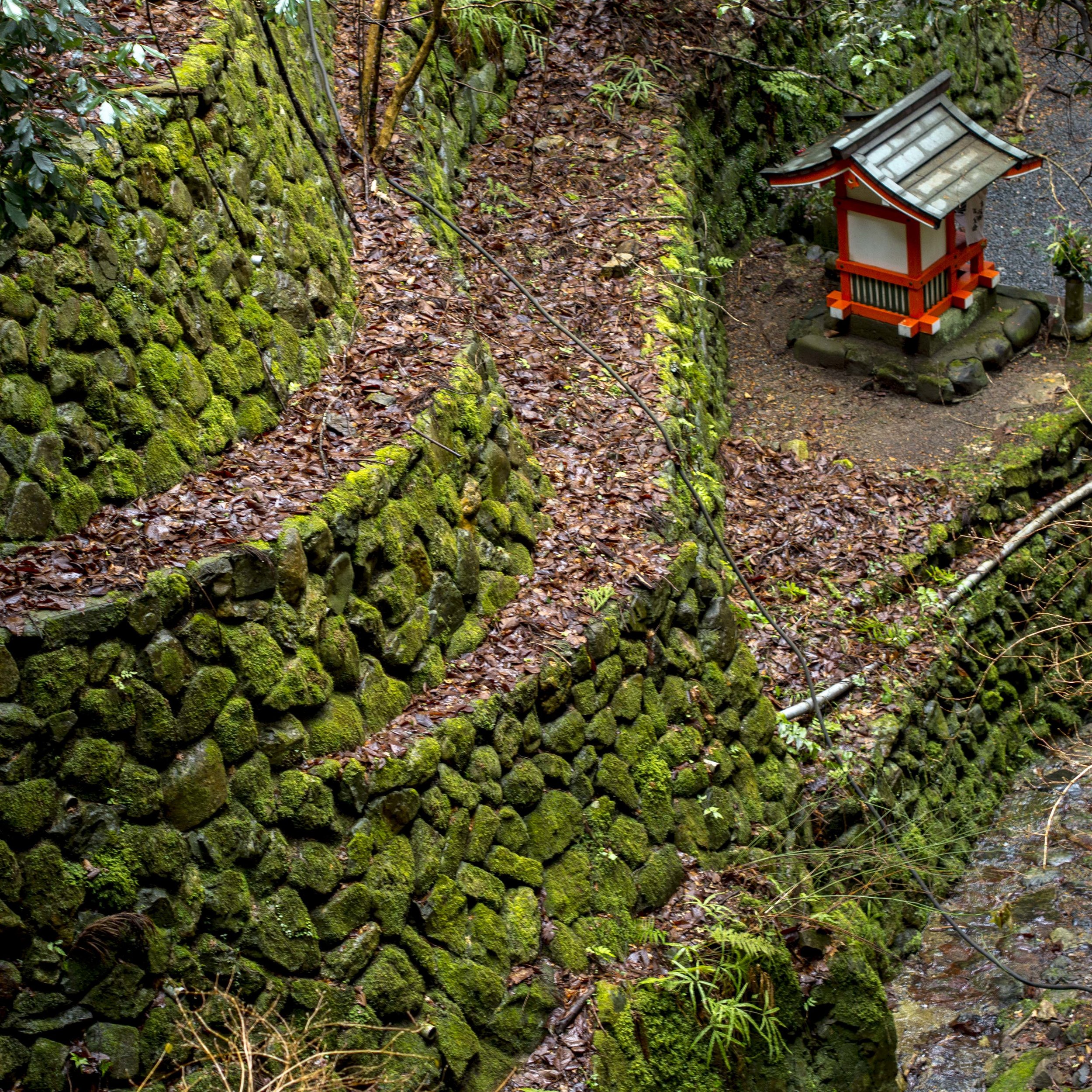My Olympus lens kit has grown a bit lately and it is possible to feel that some of the lenses purchased may have been redundant purchases, but even though one purchase in particular was made on the spur of the moment, the process as a whole was measured.
One of the criteria used to determine relevance, was the “feel” of the lens. This is where two lenses can share technically the same space, but have very different subject rendering.
Lets put forward a theory based on feel, not numbers, charts and resolution charts.
“Smooth Sharp”;
This is where a lens shows a rich, smooth, lushness. This look reminds me of a lot of medium format lenses from the height of film shooting days (Mamiya and Bronica especially). Medium format offered inherently good enough quality to allow the designers of it’s lenses more room for character or just sharpness. I also equate this with the Canon look I was used to with the 5D mk3/7D mk1. Most 35mm lenses were sharpness biased (obsessed), because that format was transitioning in the 1980’s through to the 2000’s from too small, to enough for pro work and the lens was the bigger contributor to the formula.
The lenses I have that are “Smooth sharp” are;
The 25mm f1.8, 12-40 pro*, 75-300 and 45mm at f1.8-2.8.
Both the 25mm and 12-40 have been on the outer with me at one point or the other. Their high sharpness is not clearly evident and both share excellent smooth, but fast drop off Bokeh, which also punishes focus errors (I possibly do not see this with the 75-300 simply because it is so slow). This had the combined effect of low perceived sharpness, that on closer investigation was false.
Plenty of fine detail and the smooth sharp lens files also enlarge well.
Smooth sharp lenses are excellent for people, general shooting and jpeg users. The forgiving nature of their sharpness can simply make an image look good with little effort.
What they seem to be weak at is dealing with “mushy” high ISO’s and murky light.
*
Hard sharp;
More like early top tier 35mm lenses of the past, hard sharp lenses have strong micro contrast, which also seems to lead to more coherent (messier), long transition Bokeh. They often look less rounded in presentation, rendering the world in a more literal, less forgiving way, but when maximum perceived detail is needed, they shine. These lenses have a habit of looking sharp even when the image is not perfect, hiding slight motion blur and noise artefacts well. I feel these lenses are best suited to landscapes, tough light (both high and low contrast) and any subject that needs more detail rather than gentler presentation. What they are less good at is communicating glow or glassiness.
My “Hard Sharp” Olympus lenses are;
The 17mm f1.8, 12-100 pro, 40-150 pro, 45mm after f2.8.
The 40-150 pro handled ISO 3200 on the EM5’s better than any other lens I own. I put this down to Olympus paying close attention to the micro contrast of this lens.
The exception lens;
The 75mm f1.8 seems to offer the best of both worlds. Lush and deep in rendering, it also jumps off the page with very fine detail. The only “flaw” it has is pronounced flattening of perspective.
Camera considerations.
There is also a balancing effect these lenses can provide when pairing them with various Olympus sensors. The EM1 mkI/II both use phase detection on-sensor focussing and stronger noise reduction that changes the sensor’s rendering ever so slightly. I feel (and DP review goes some way to bearing this out), that these sensors have a more “smooth sharp” look where the other sensors are “hard sharp”. With this in mind, it is possible to mate the most exaggerated or balanced combinations;
The Pen F with 12-100 for maximum clarity and perceived fine detail resolution as a landscape paragon.
The EM1 mk2 with 12-40 for higher smoothness and gentlest rendering at the expense of the characteristic M43 hyper-sharp look.
I may be talking out of my hat completely, but I do not see any need to ignore my intuition when it comes to how my gear makes me feel and creatively think as I use it, as that alone is a relevant part of the process.
